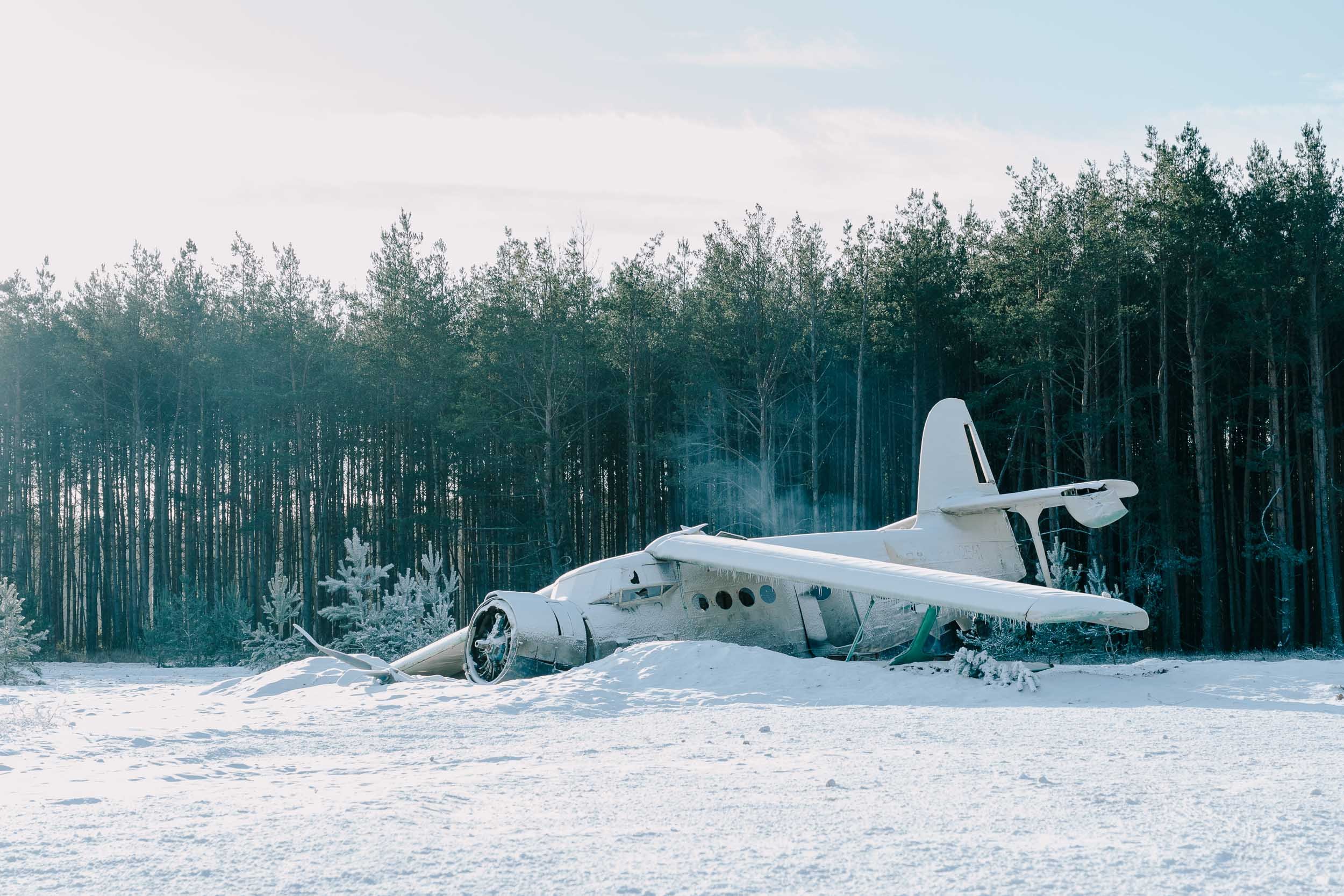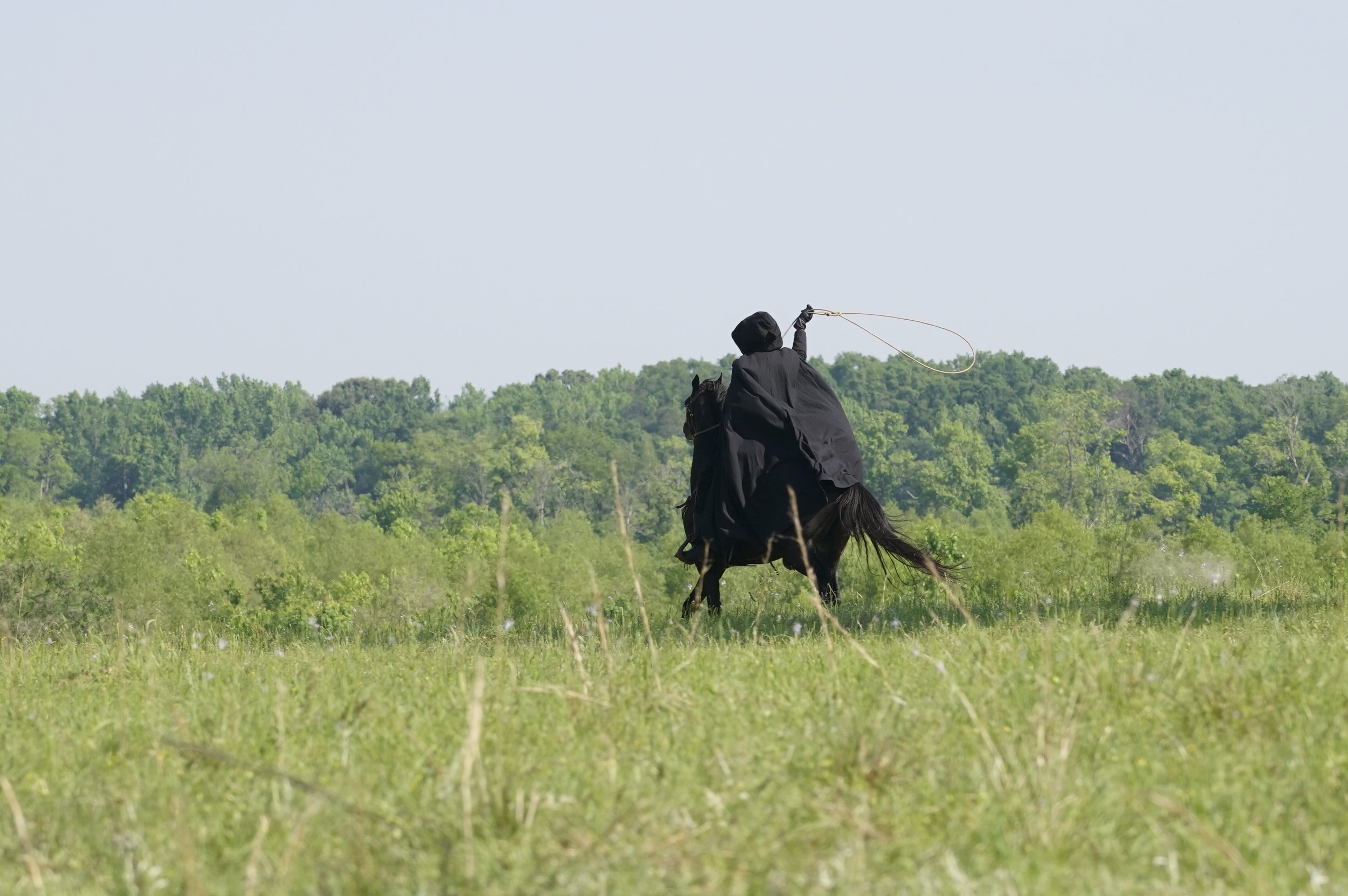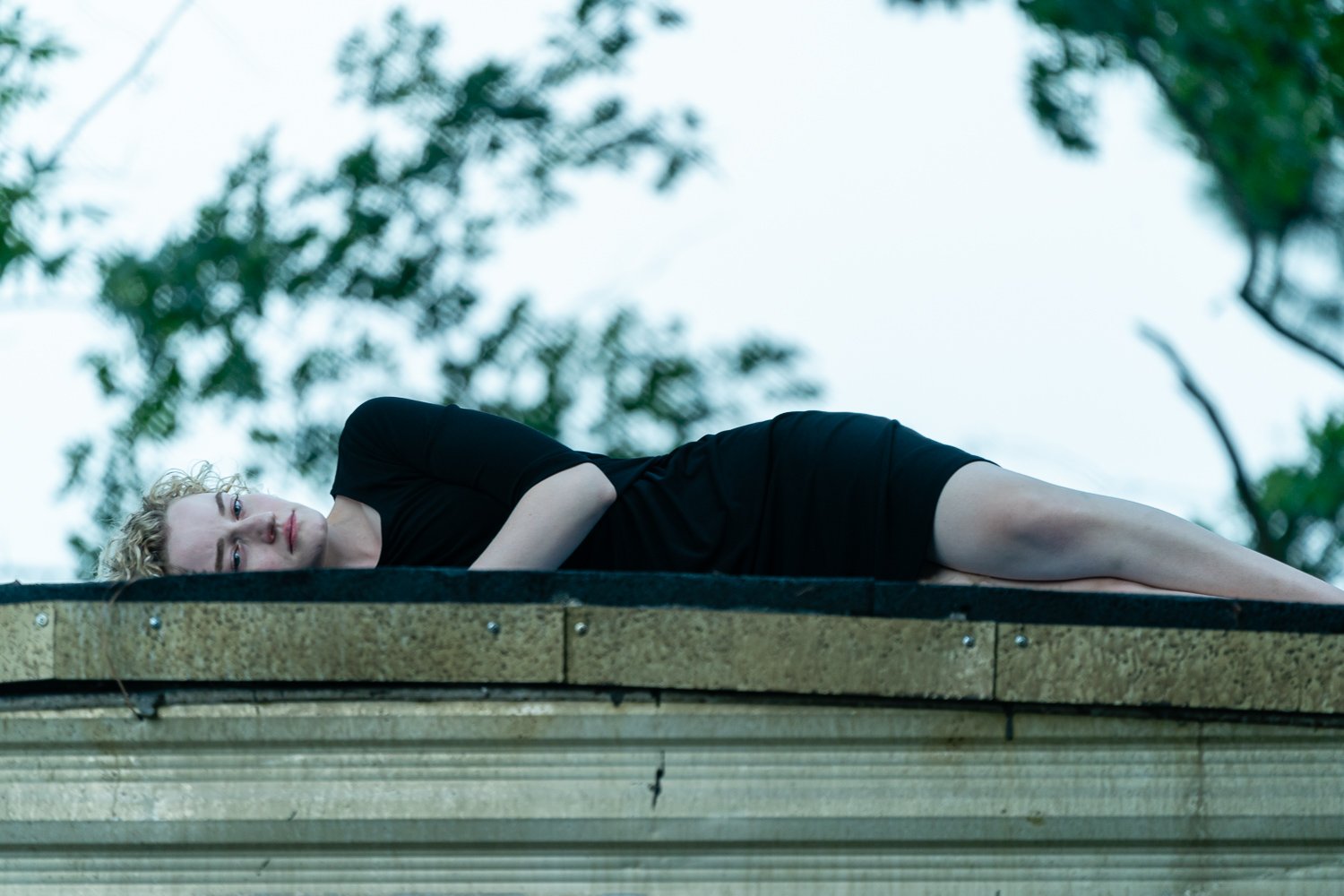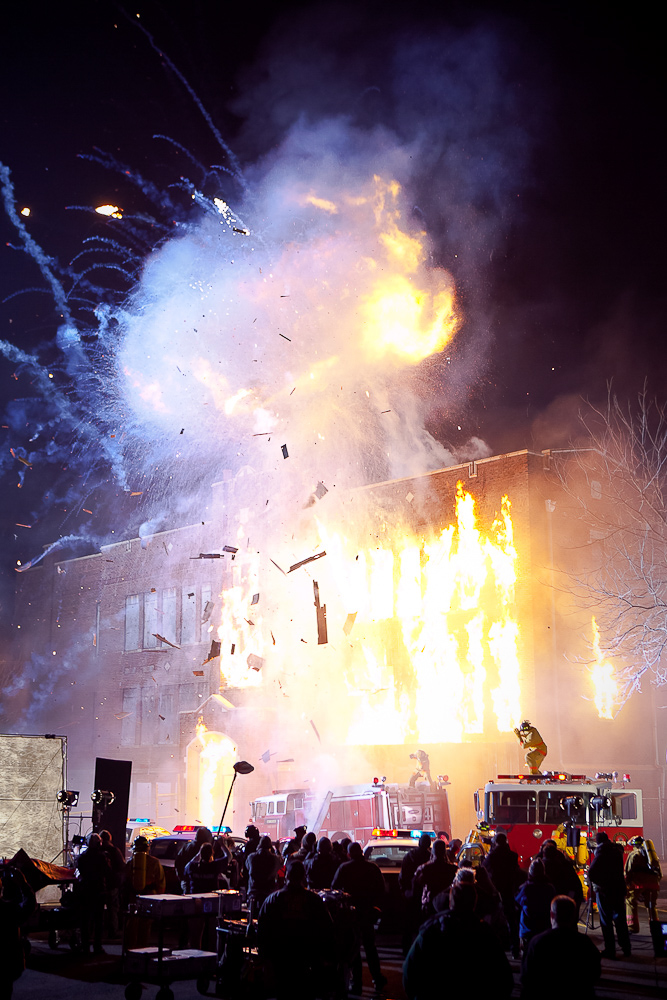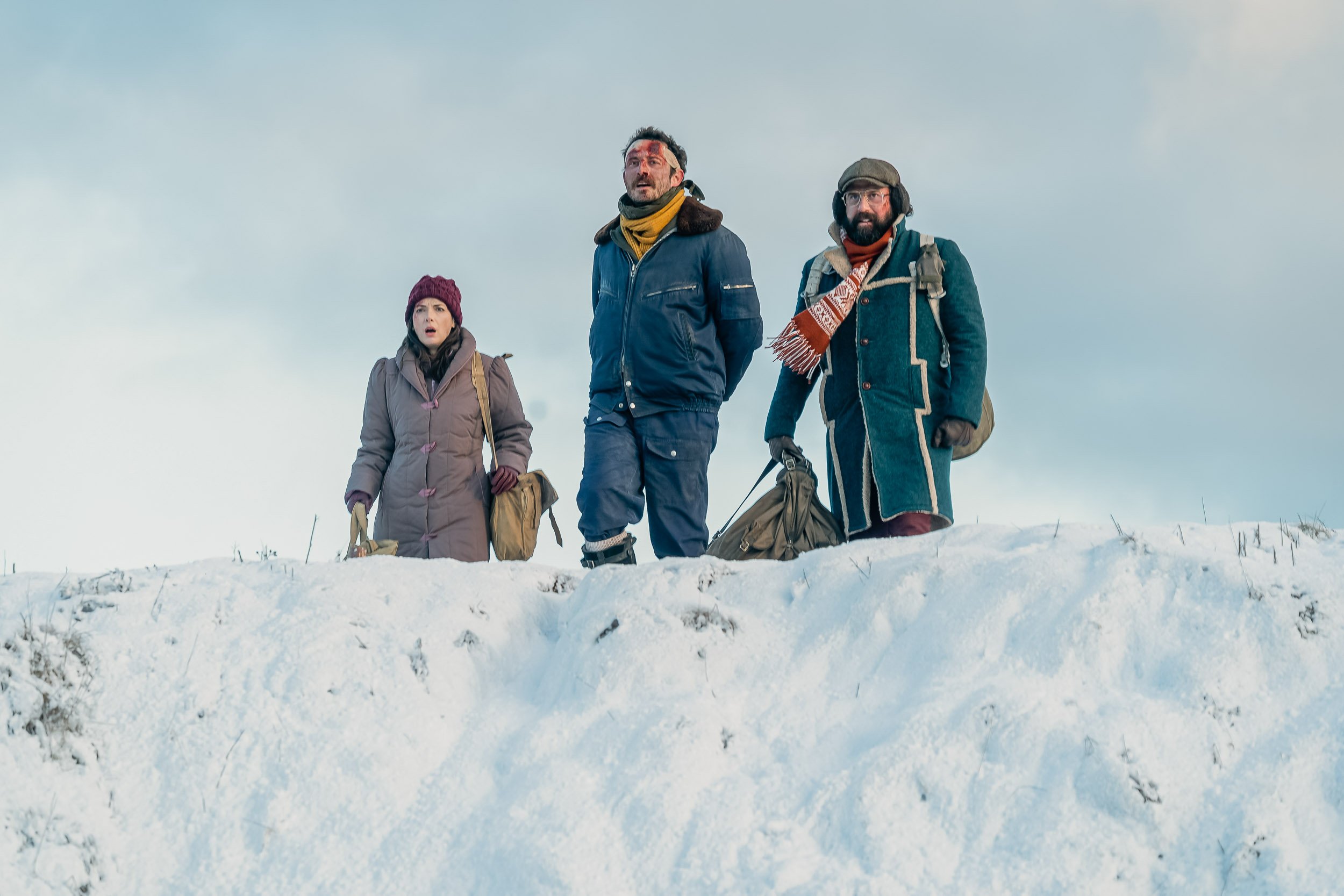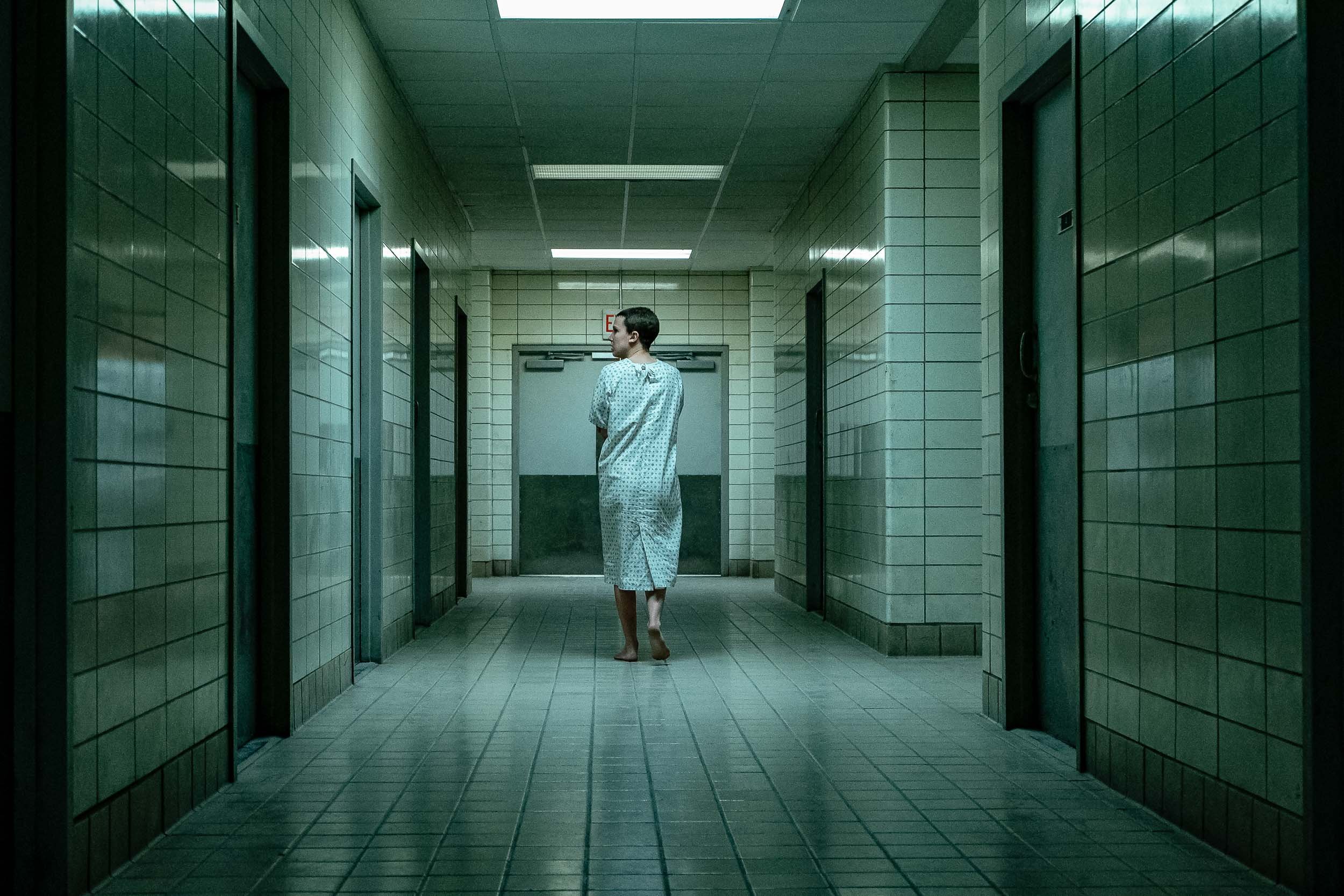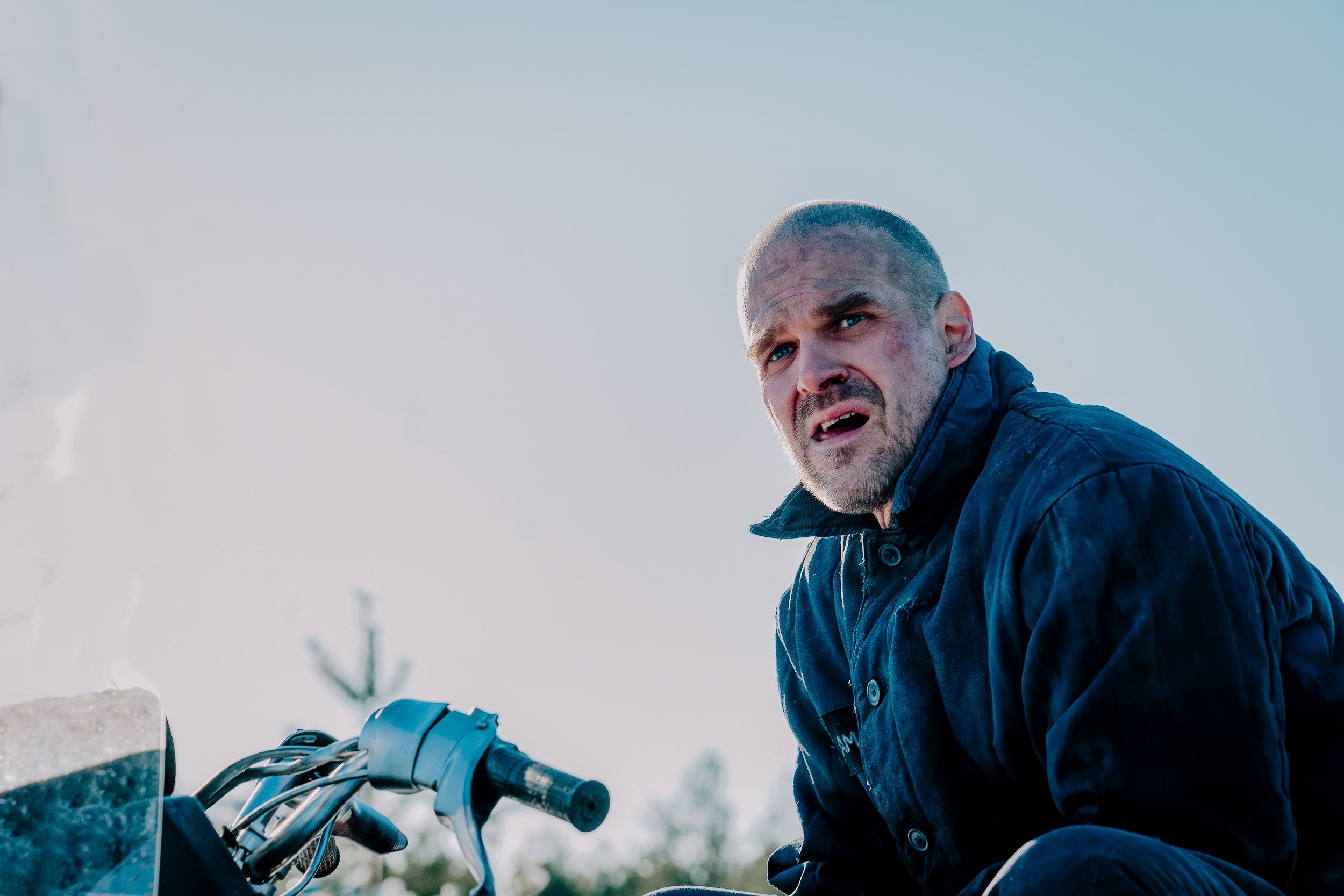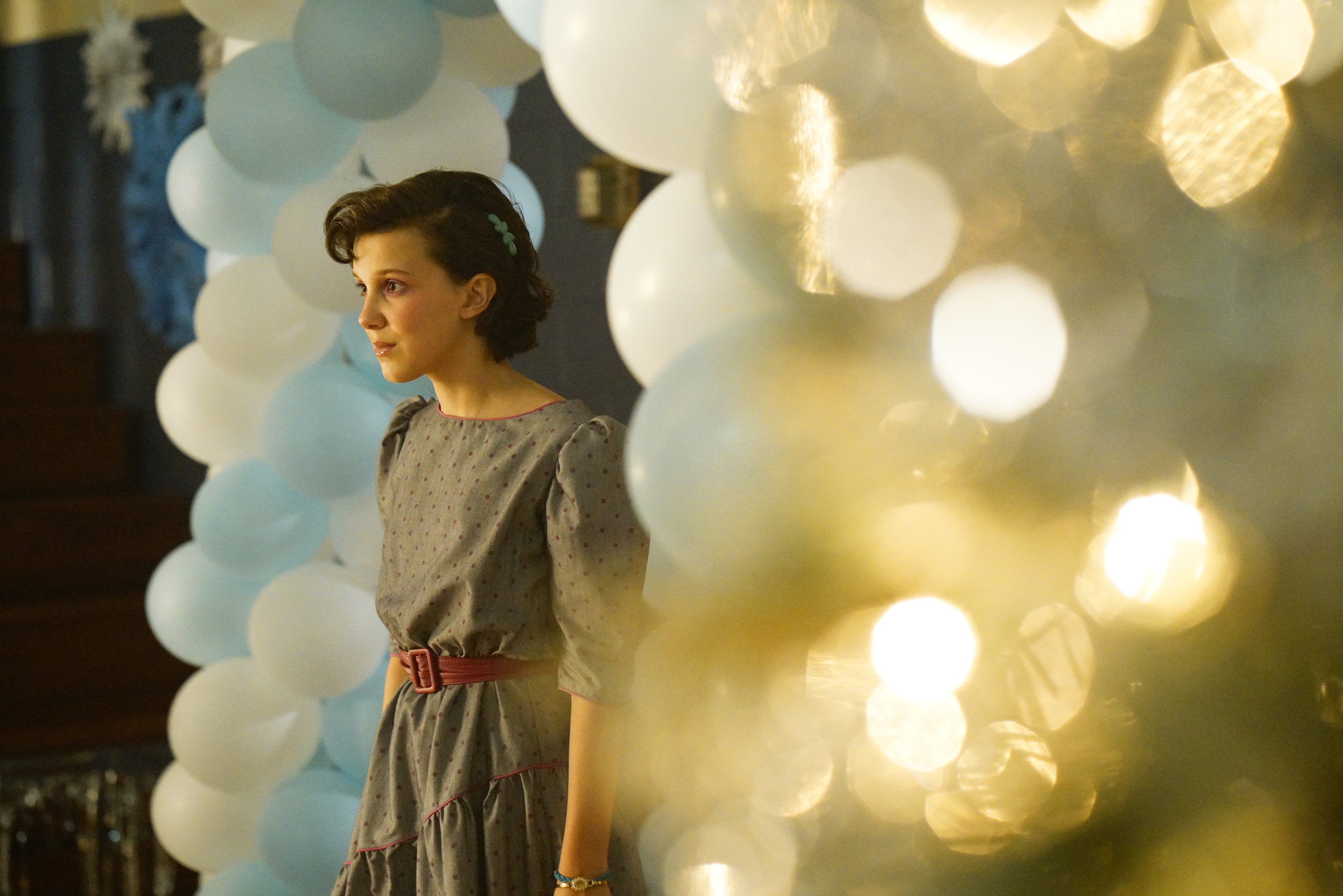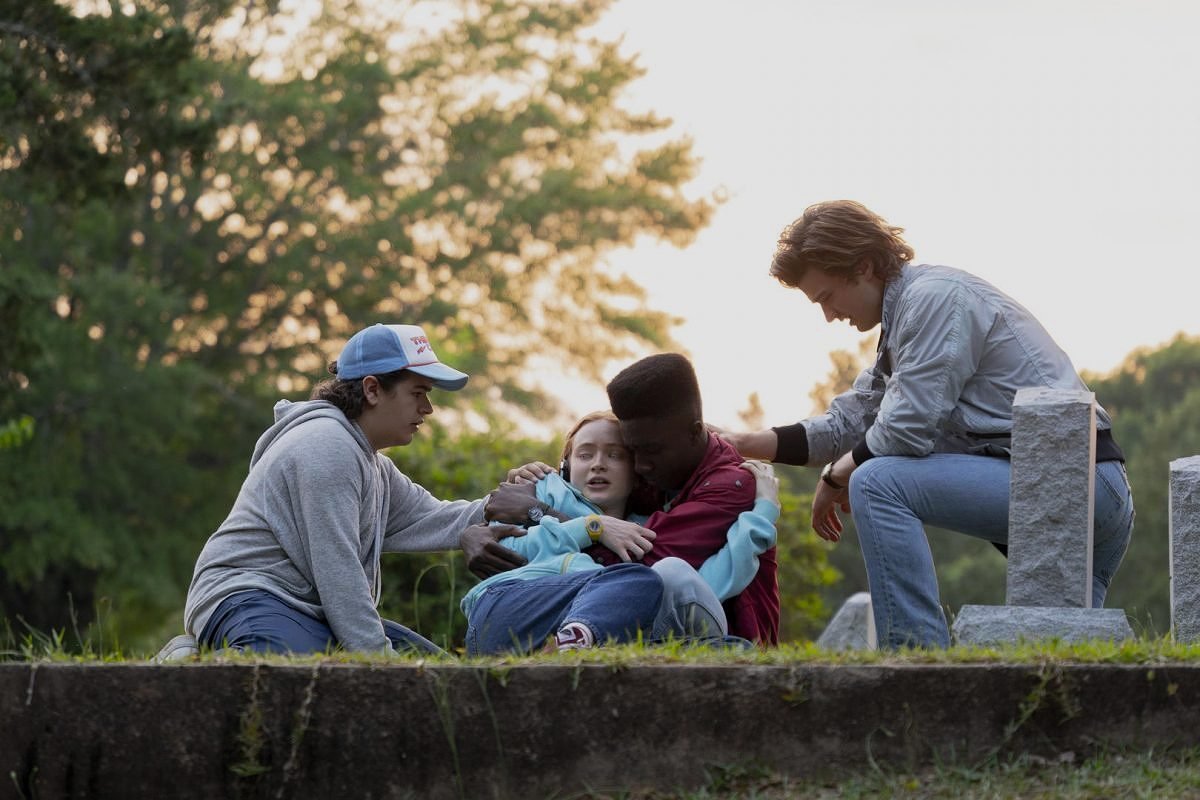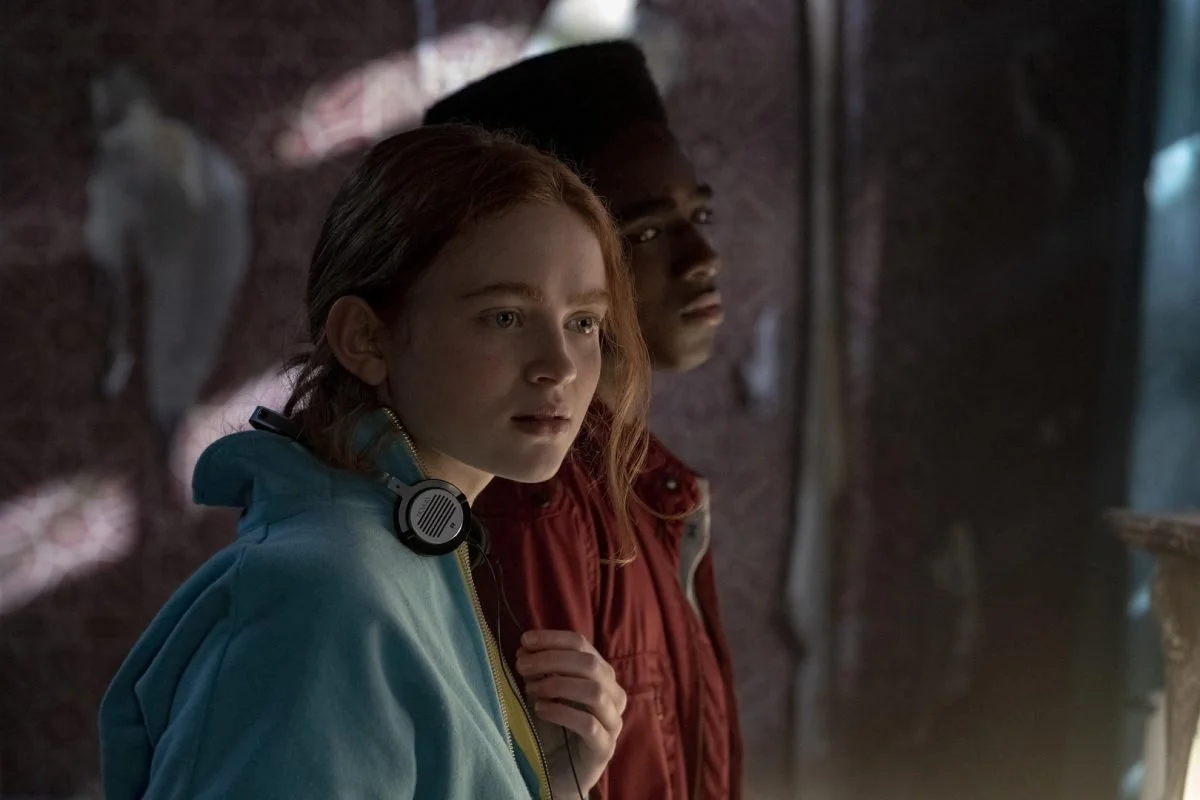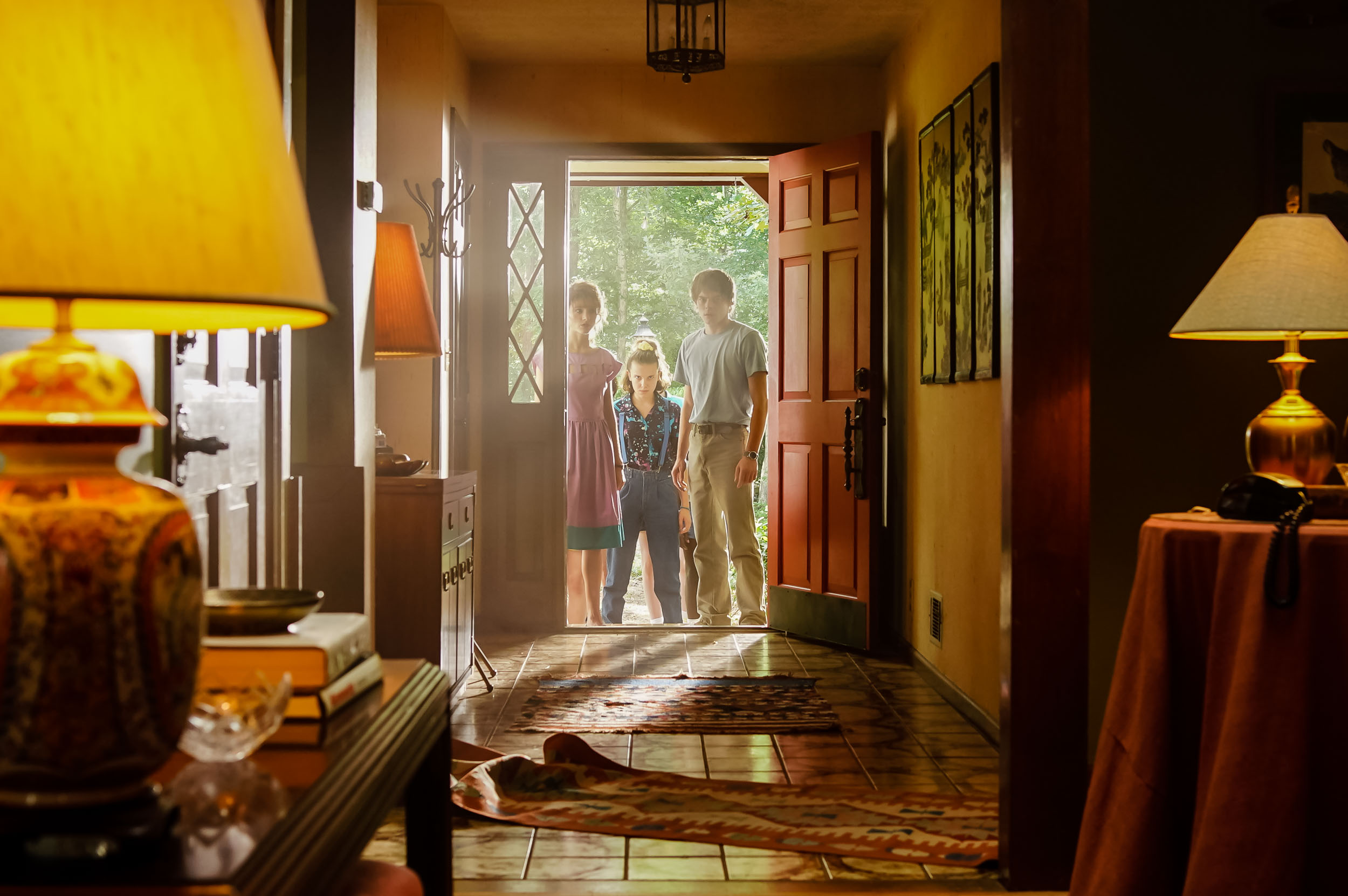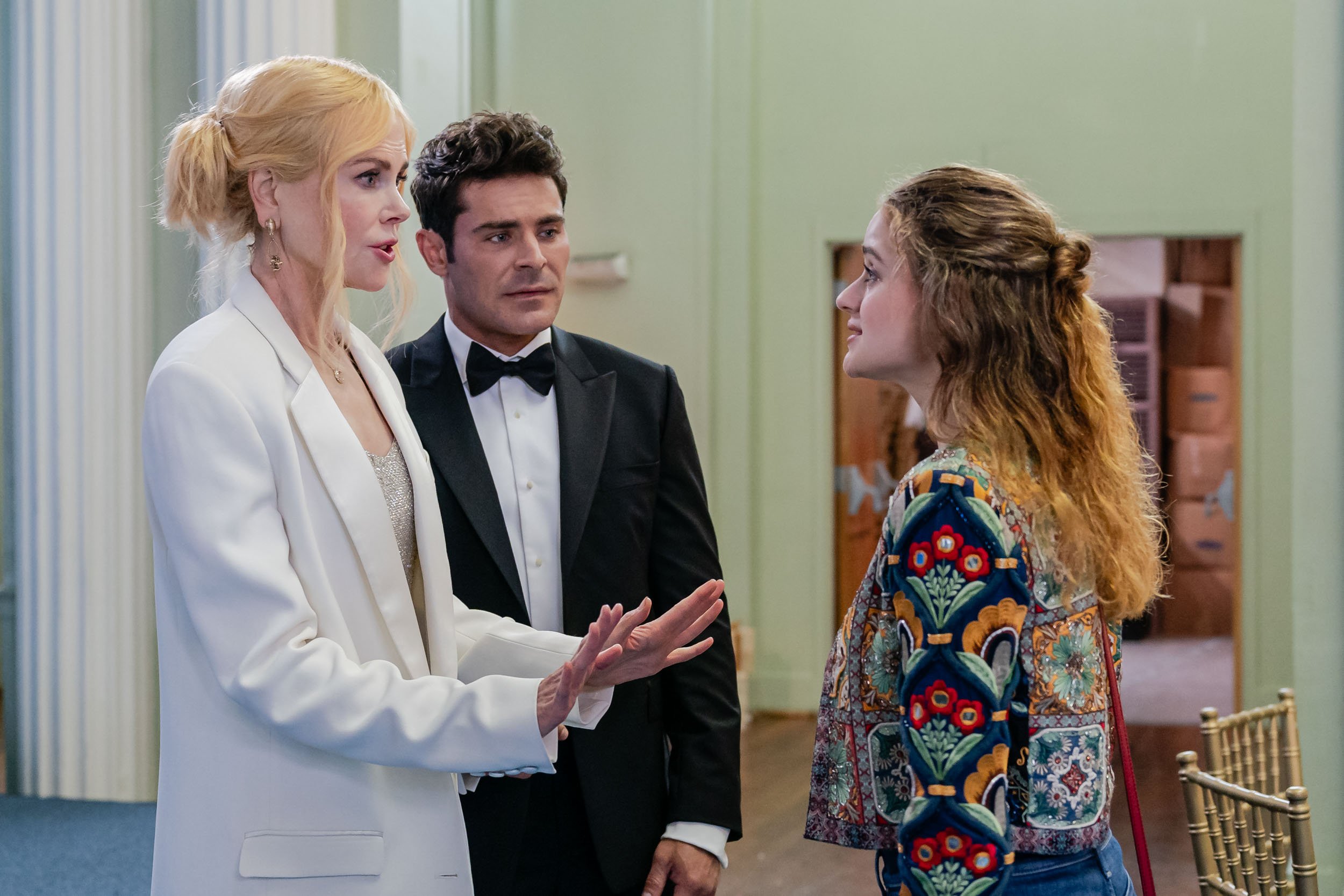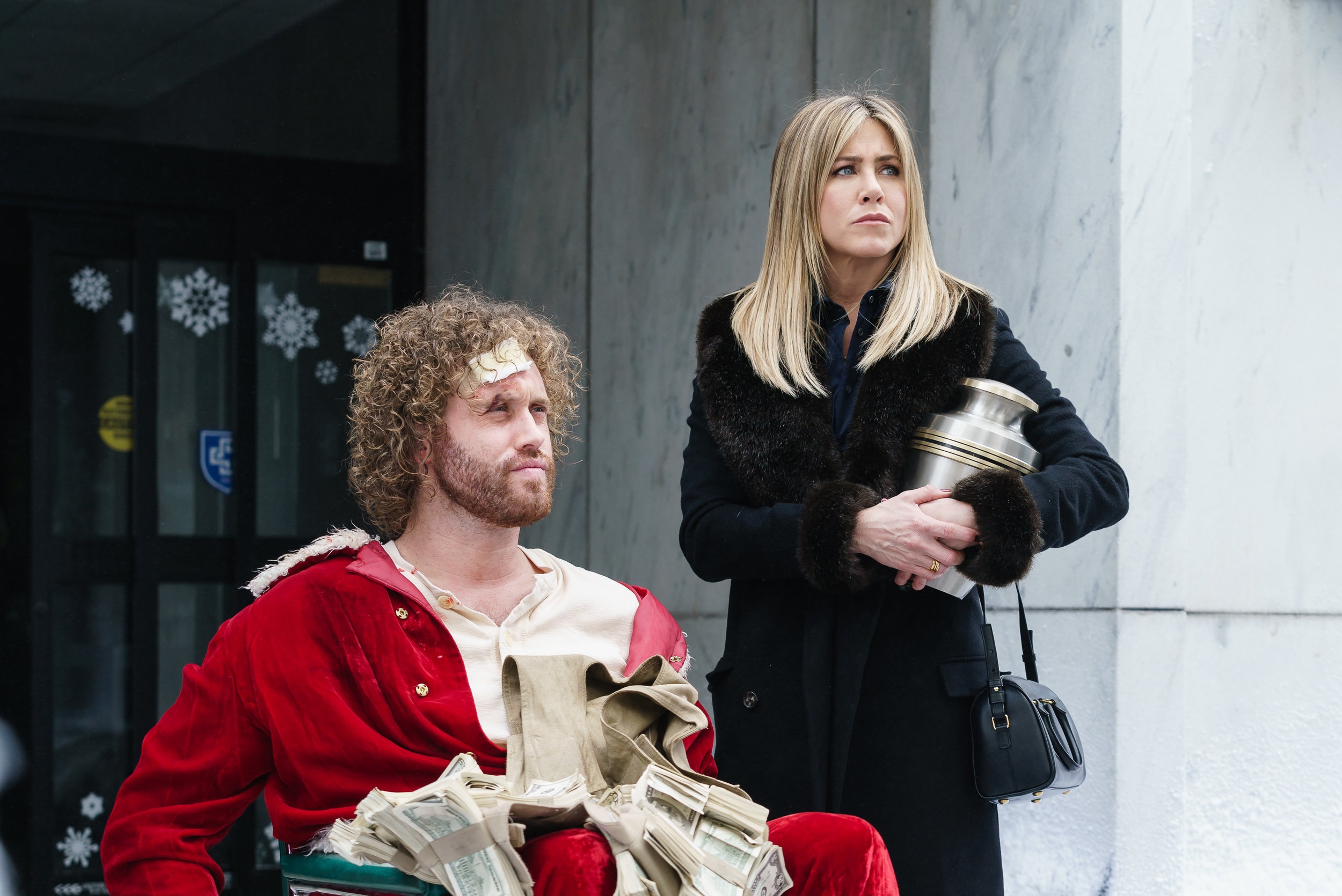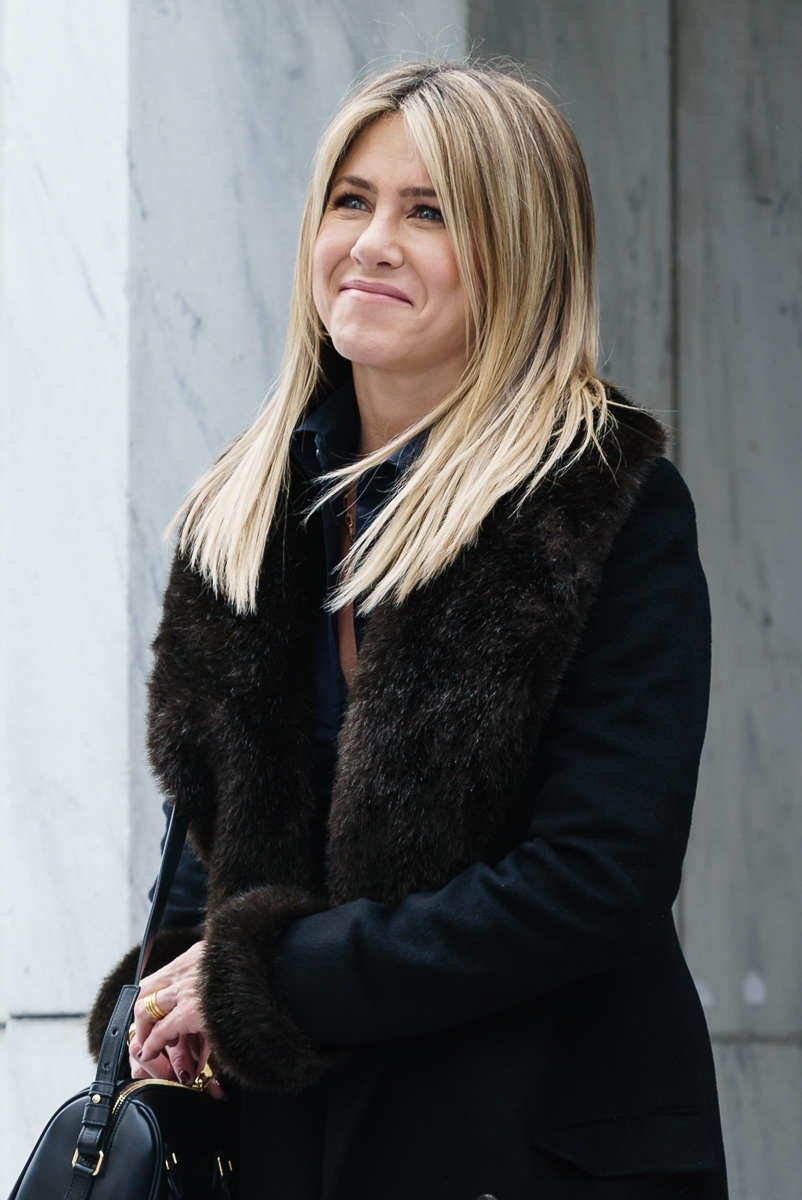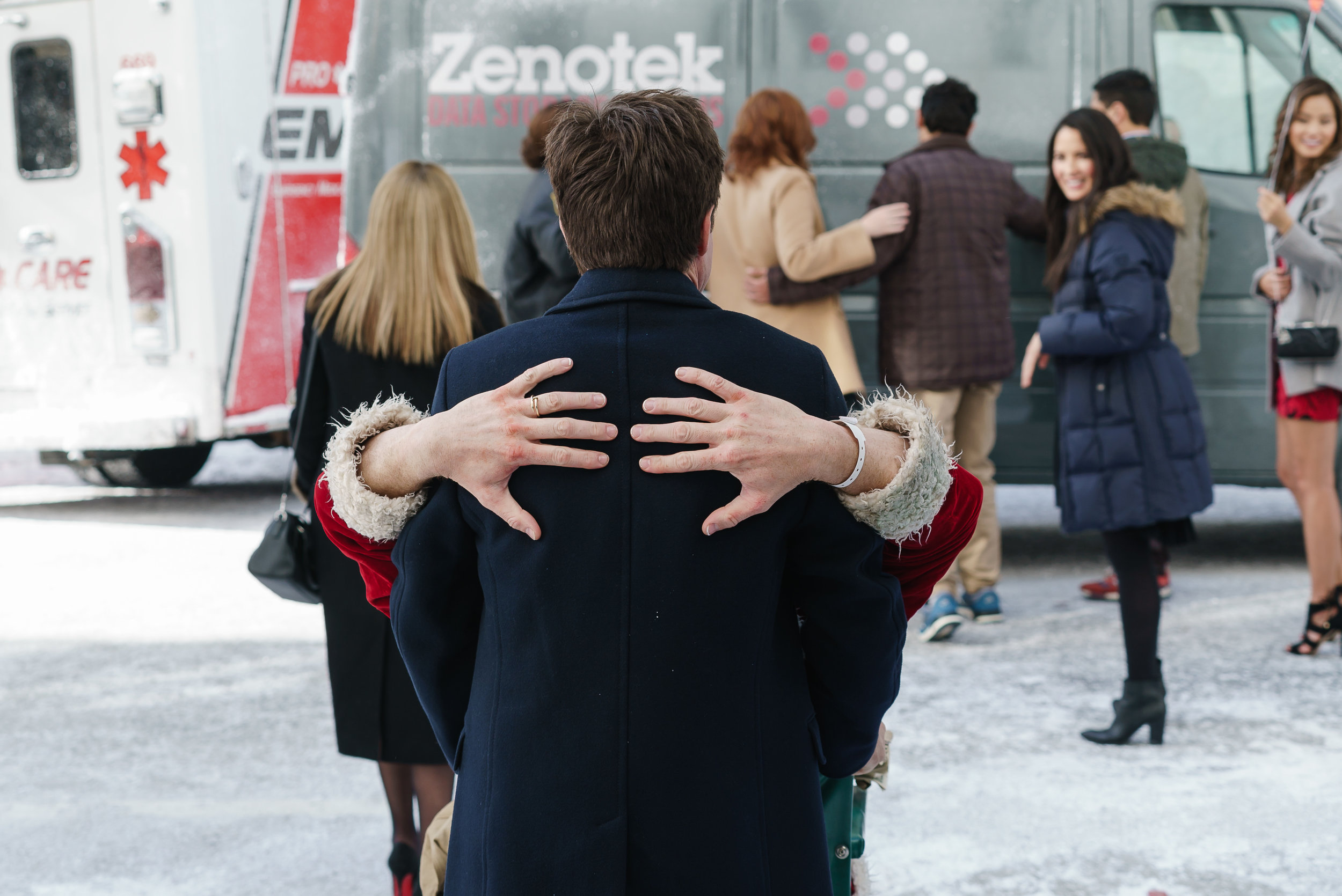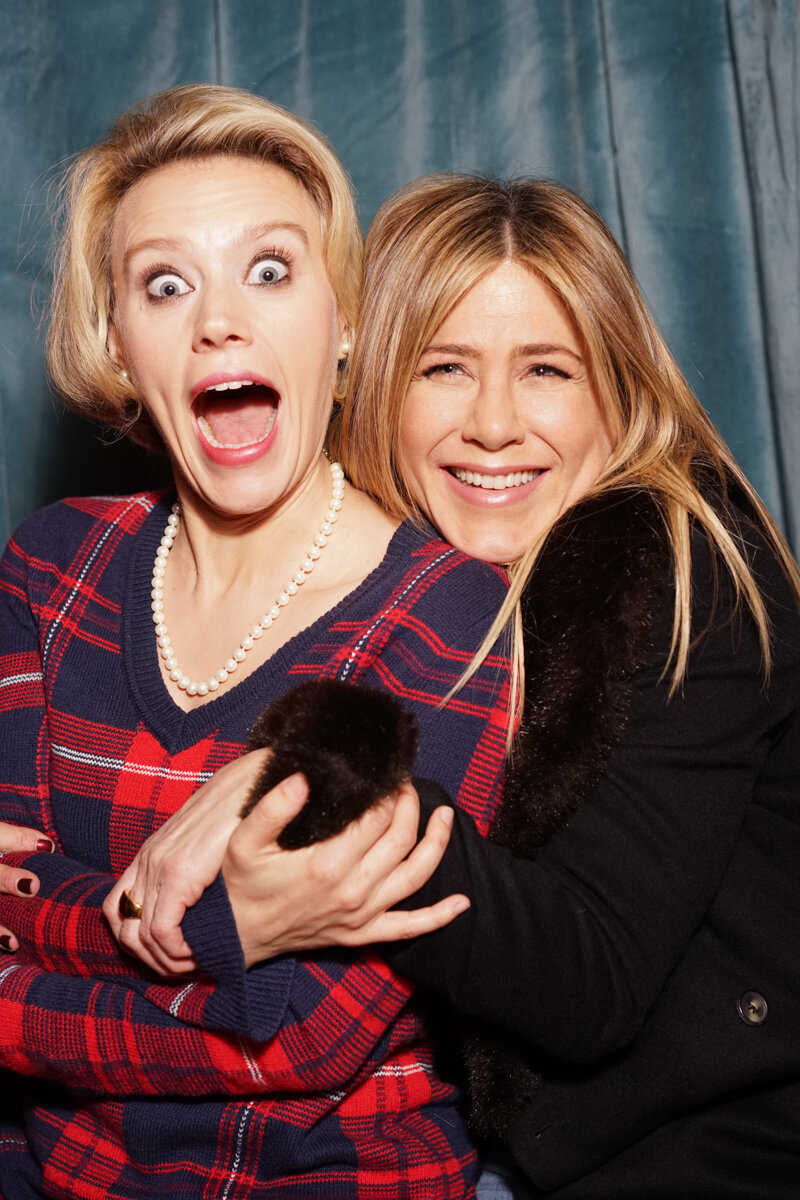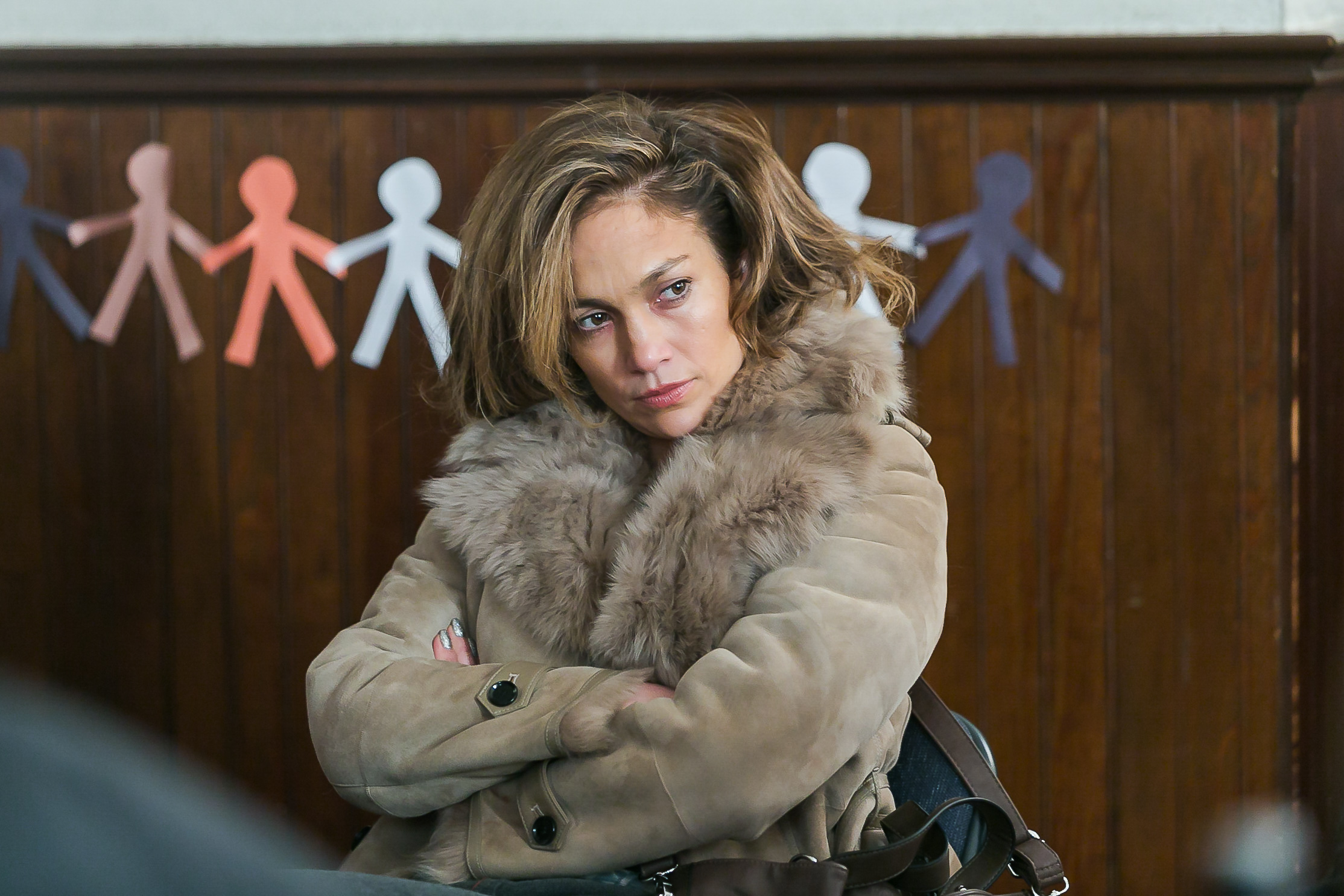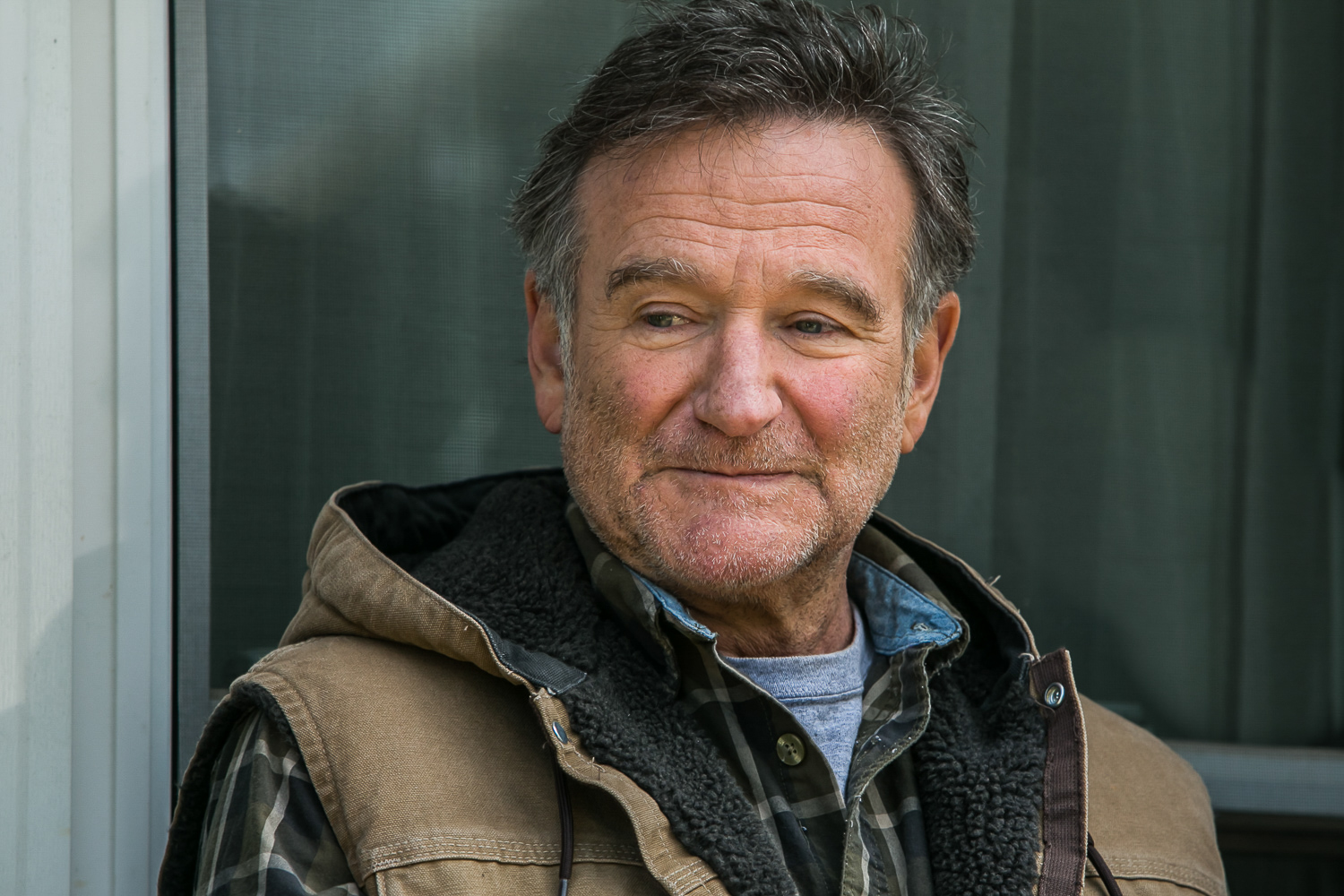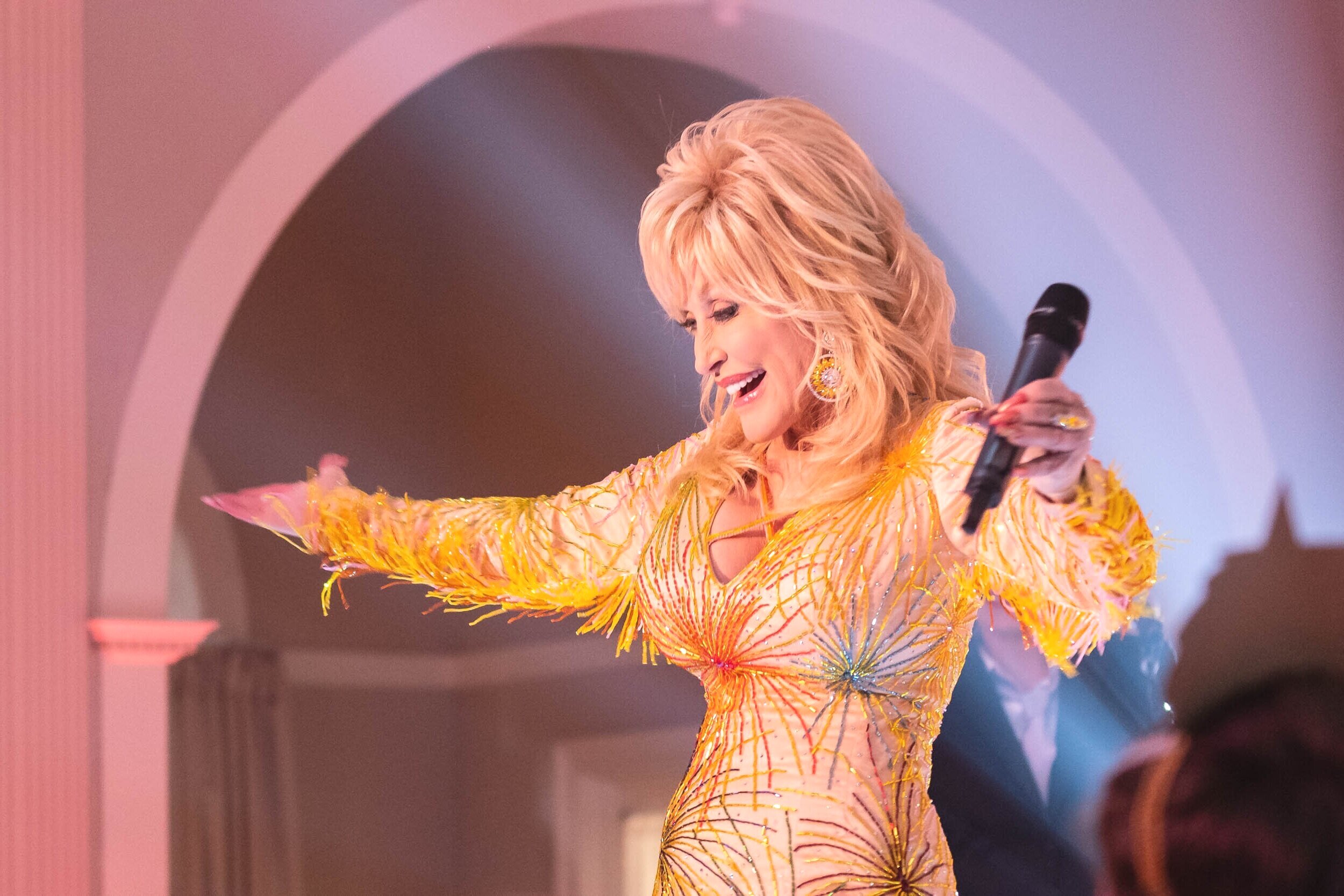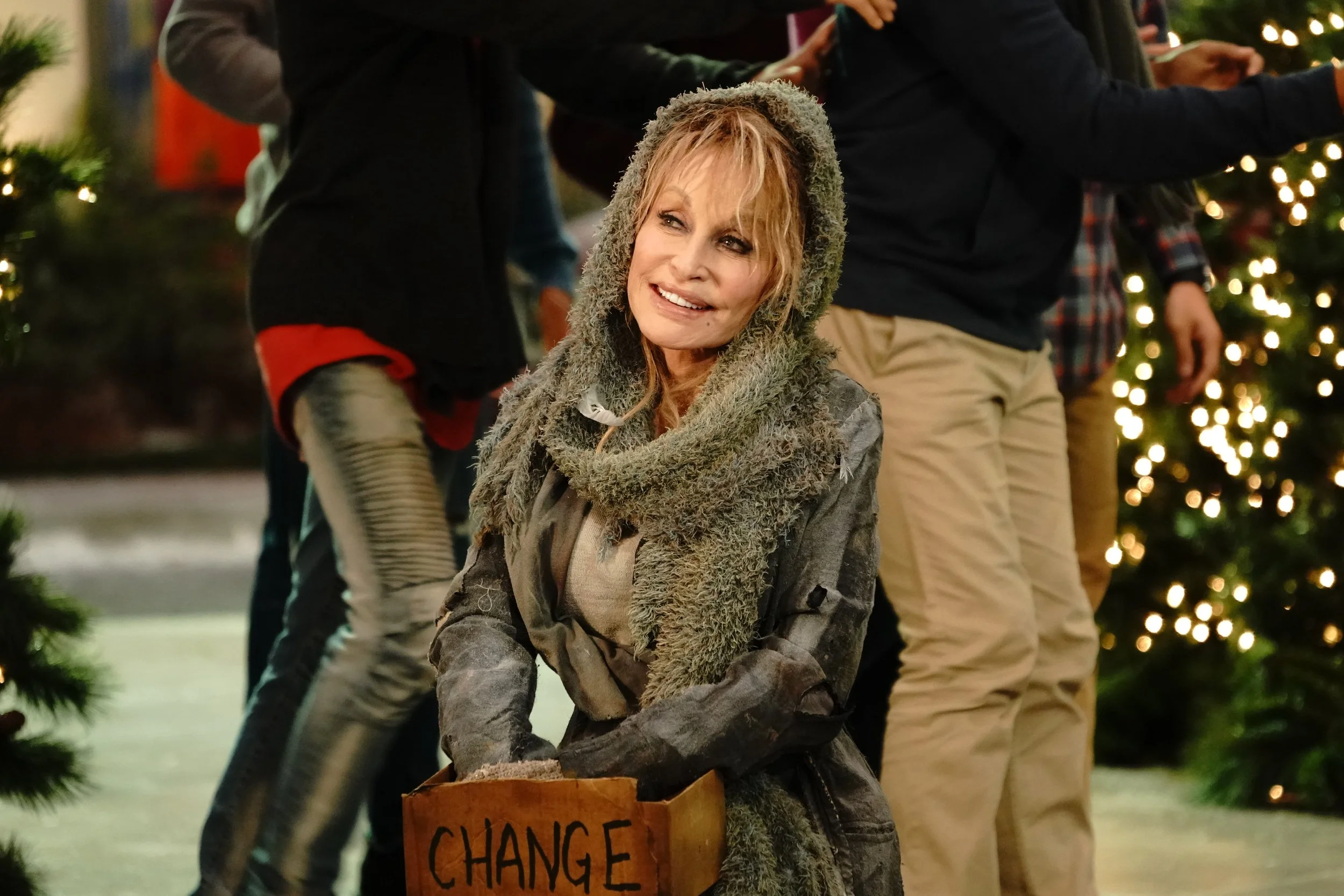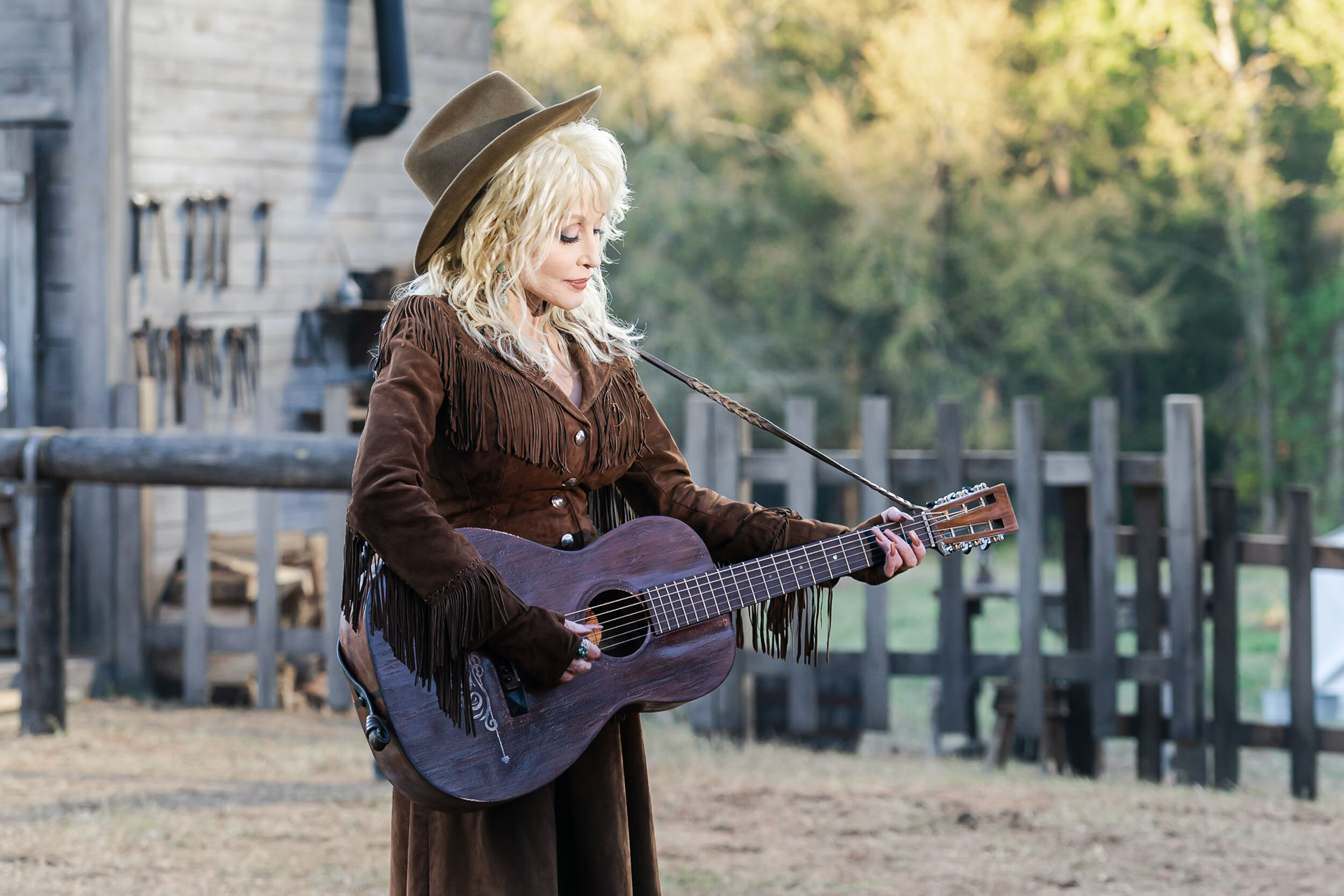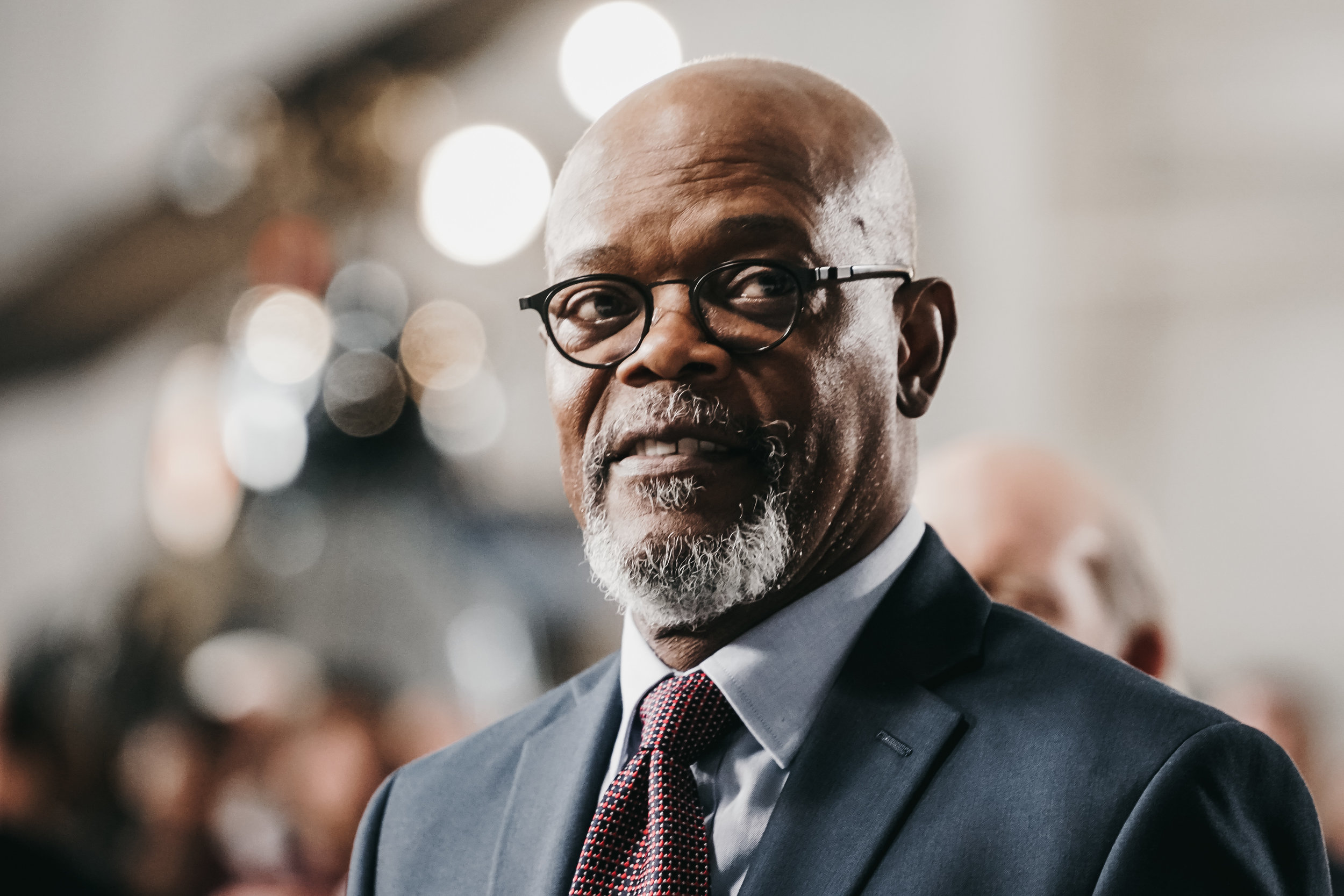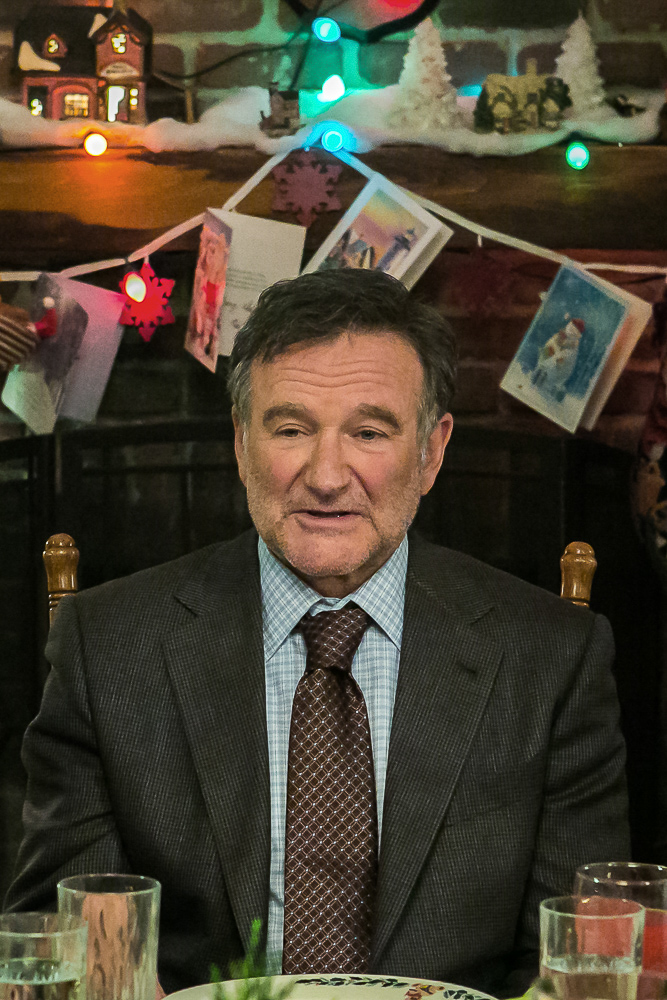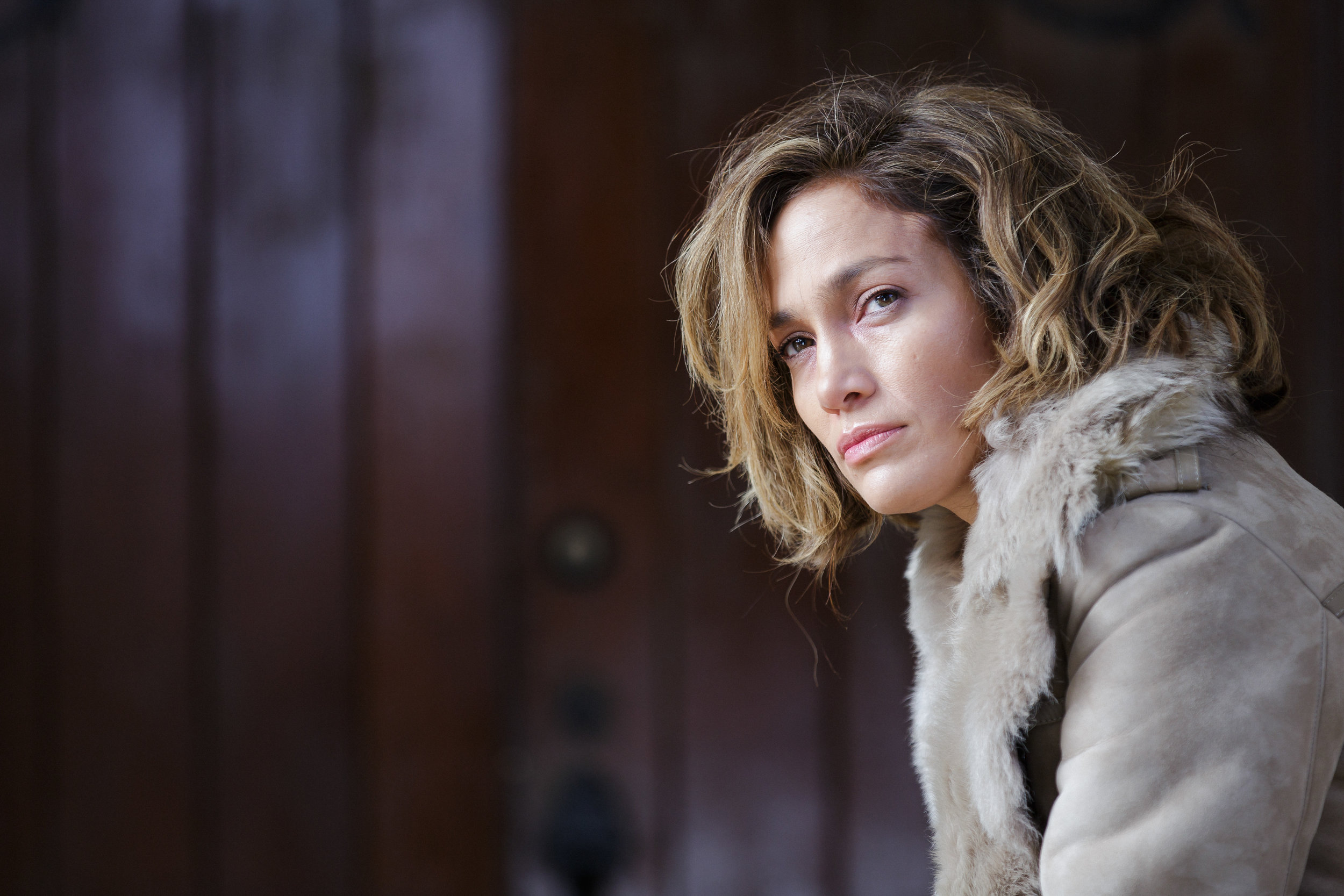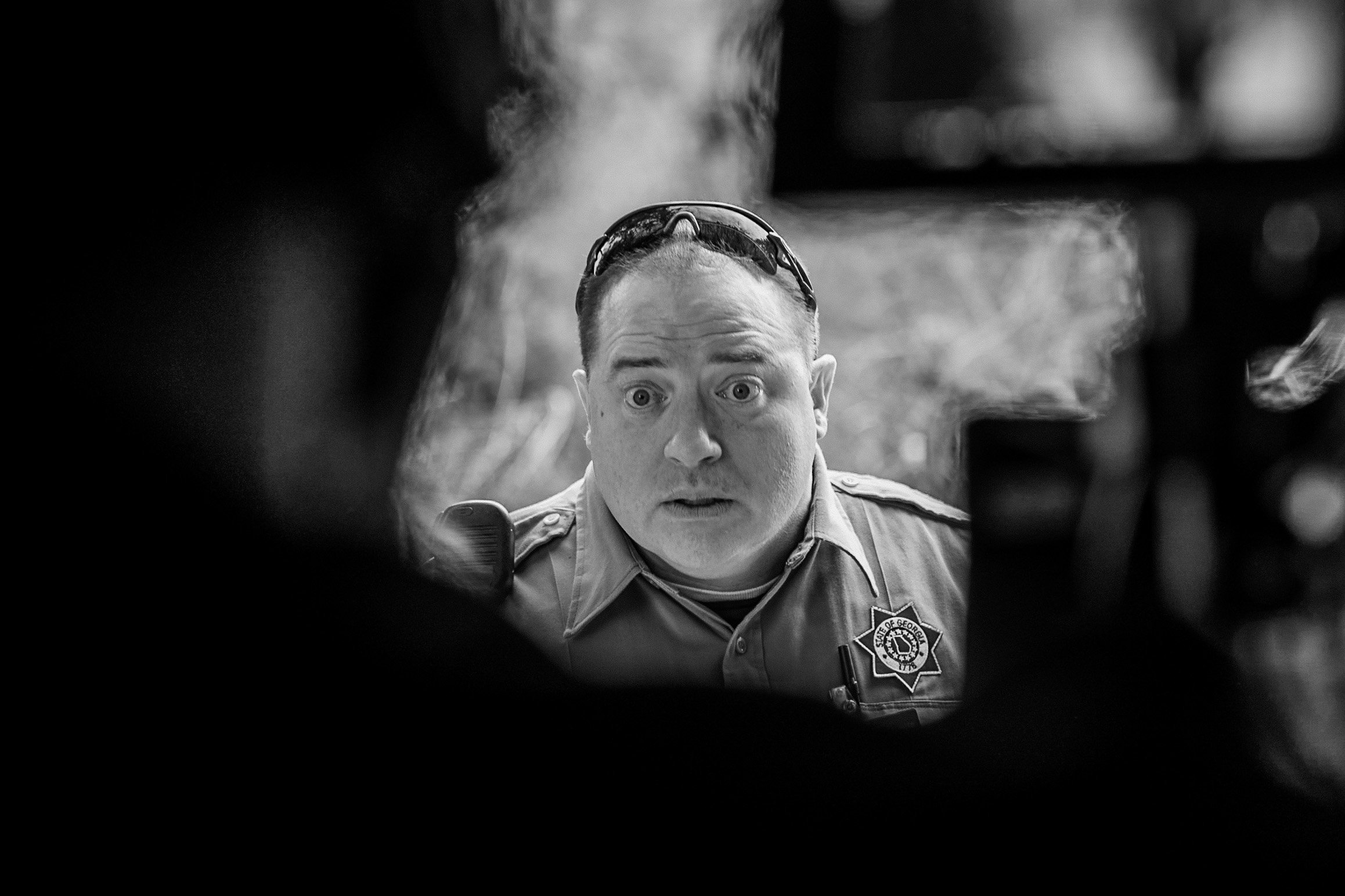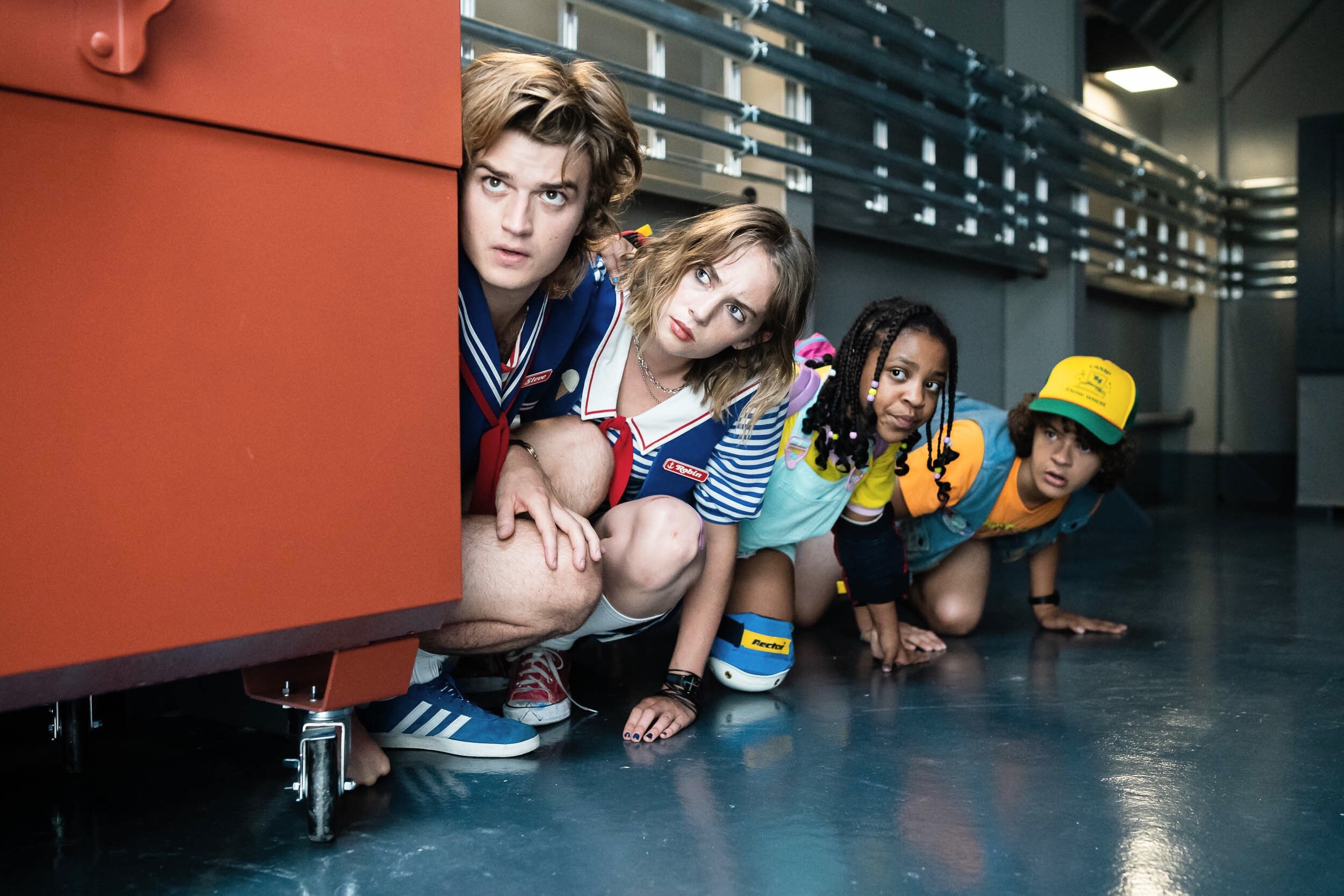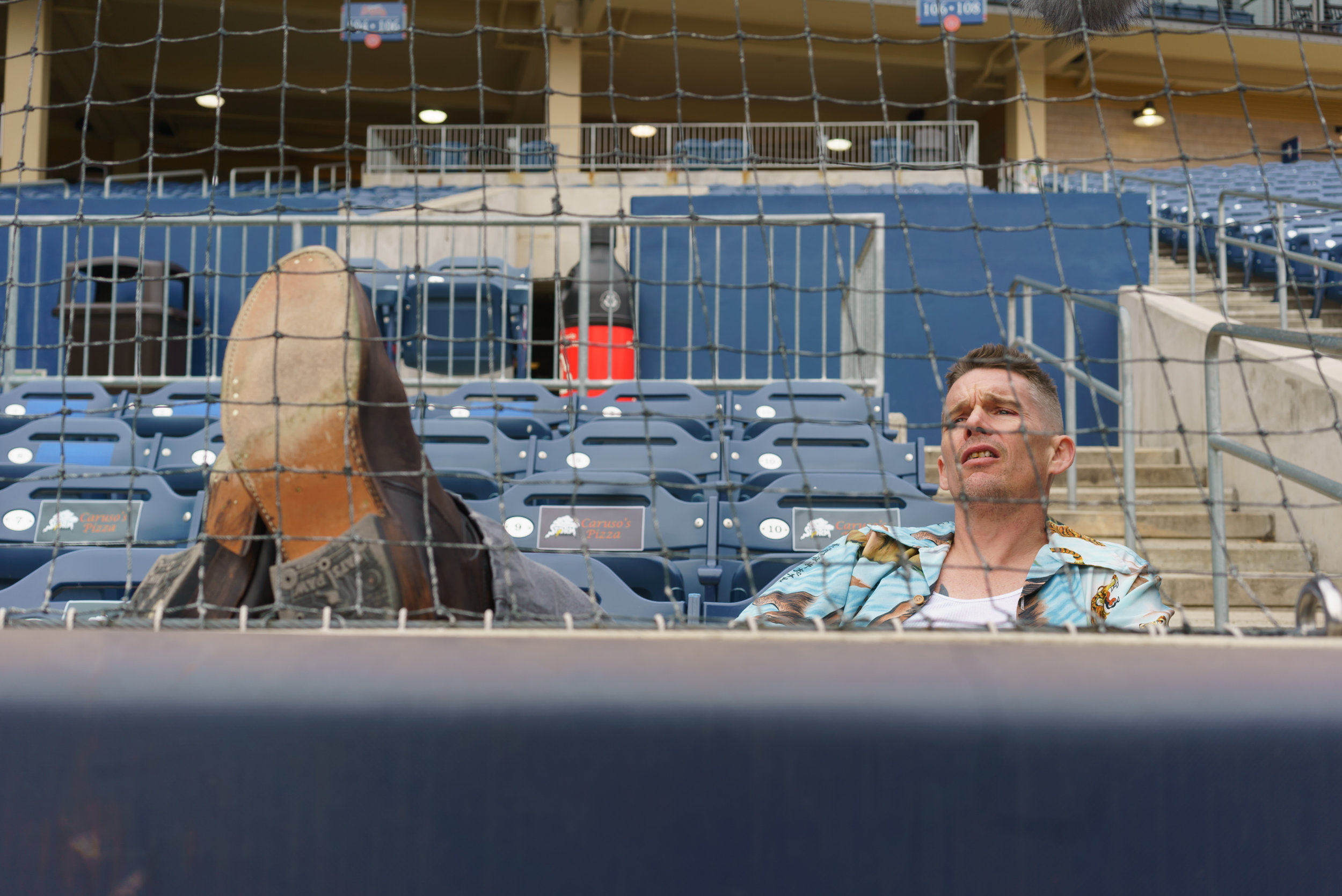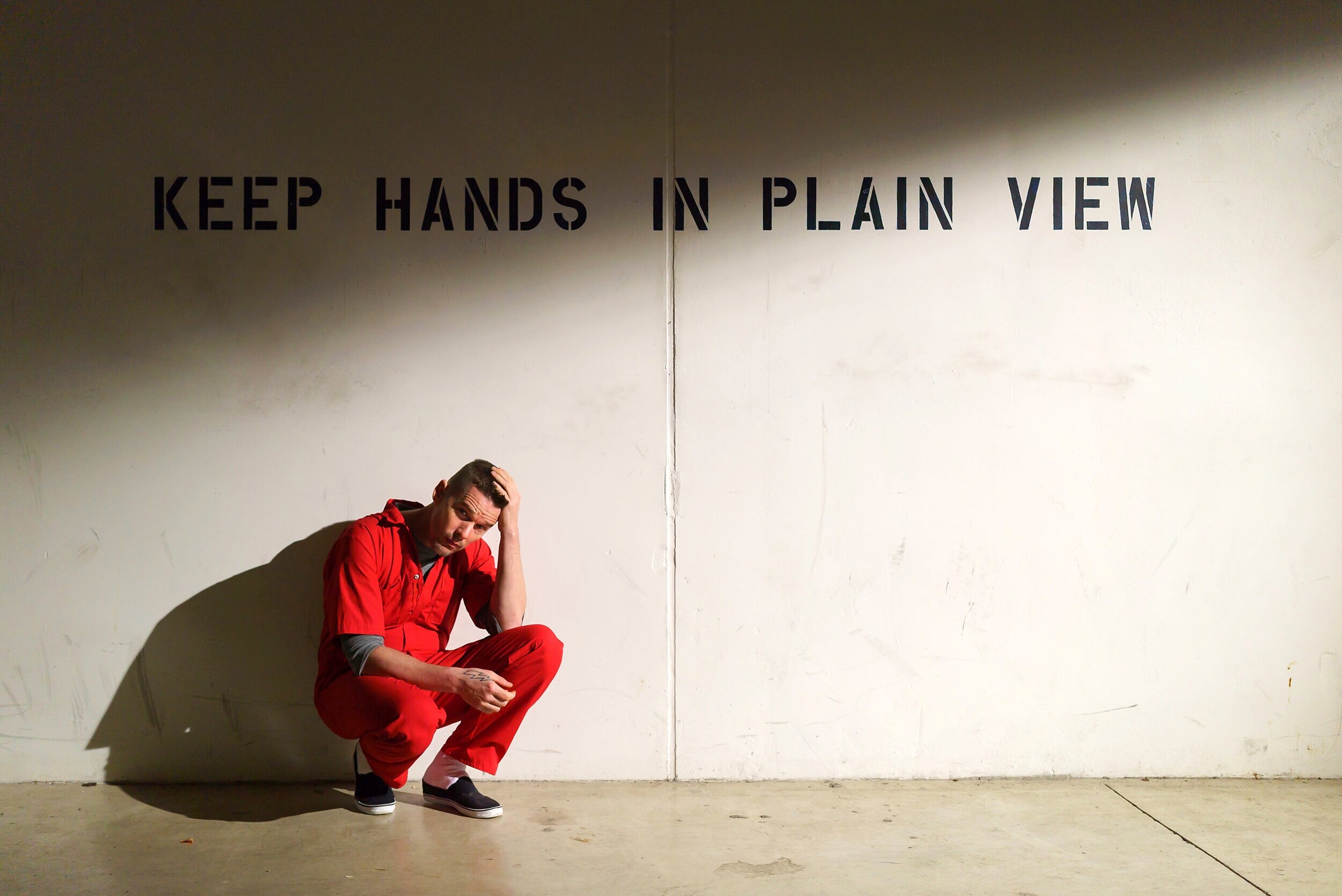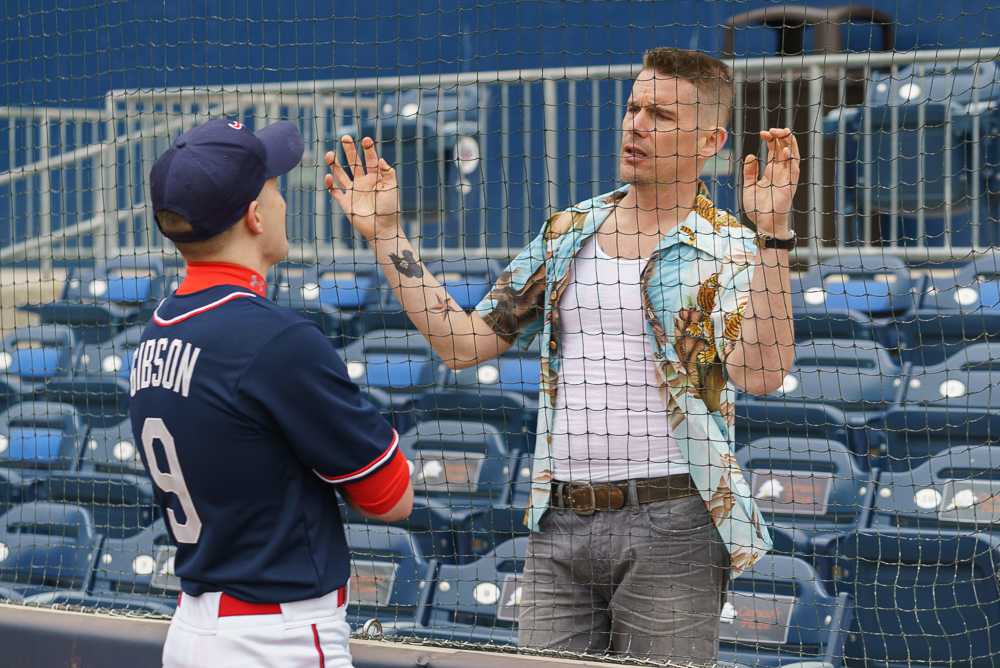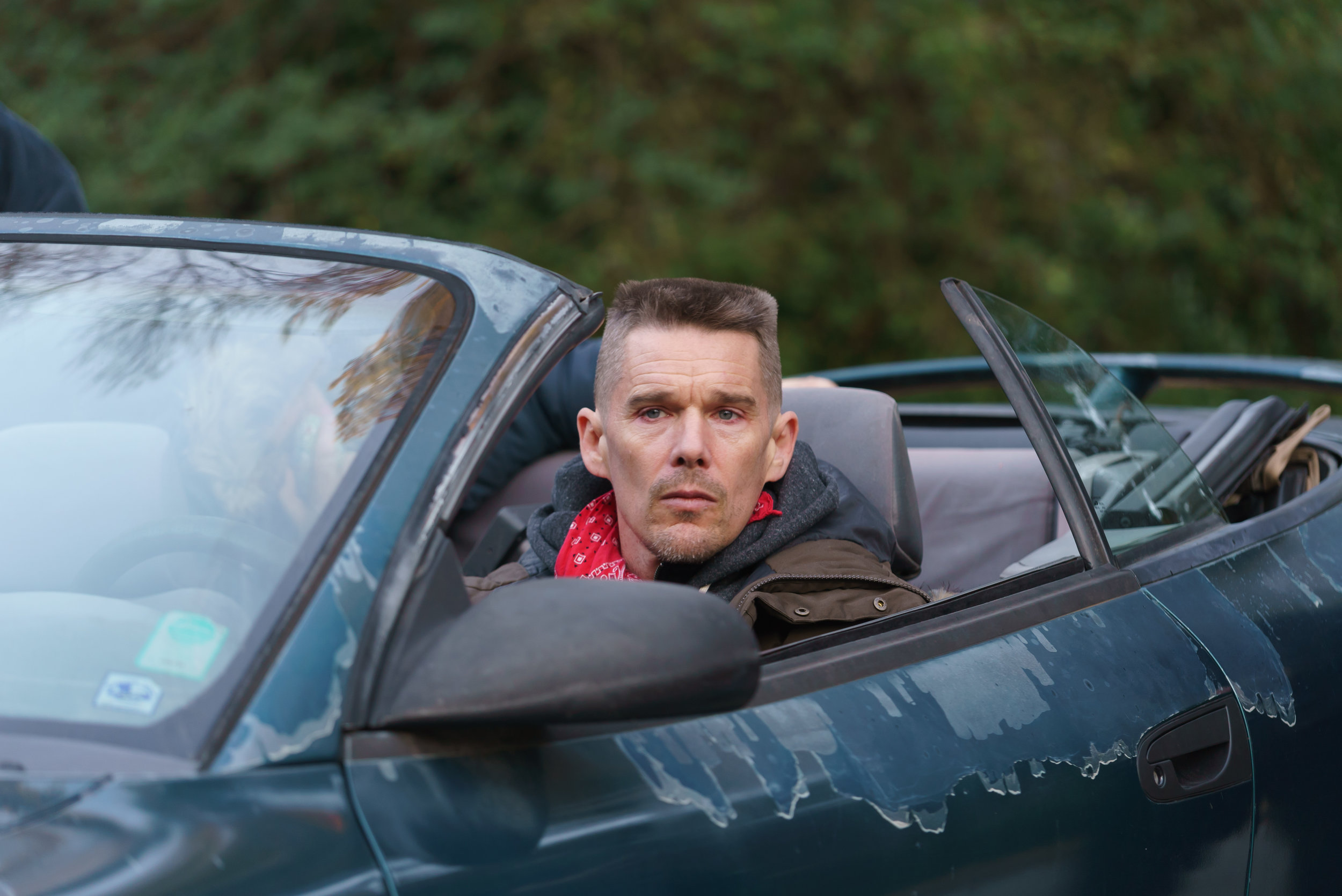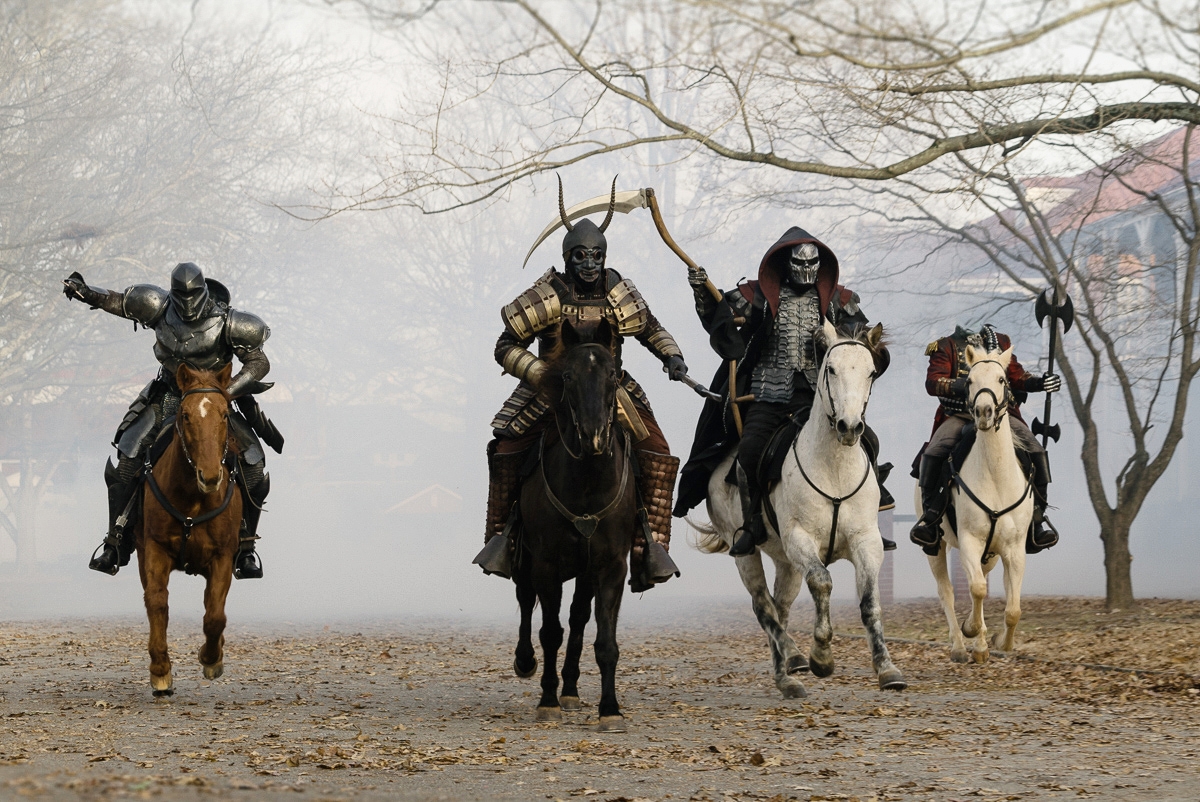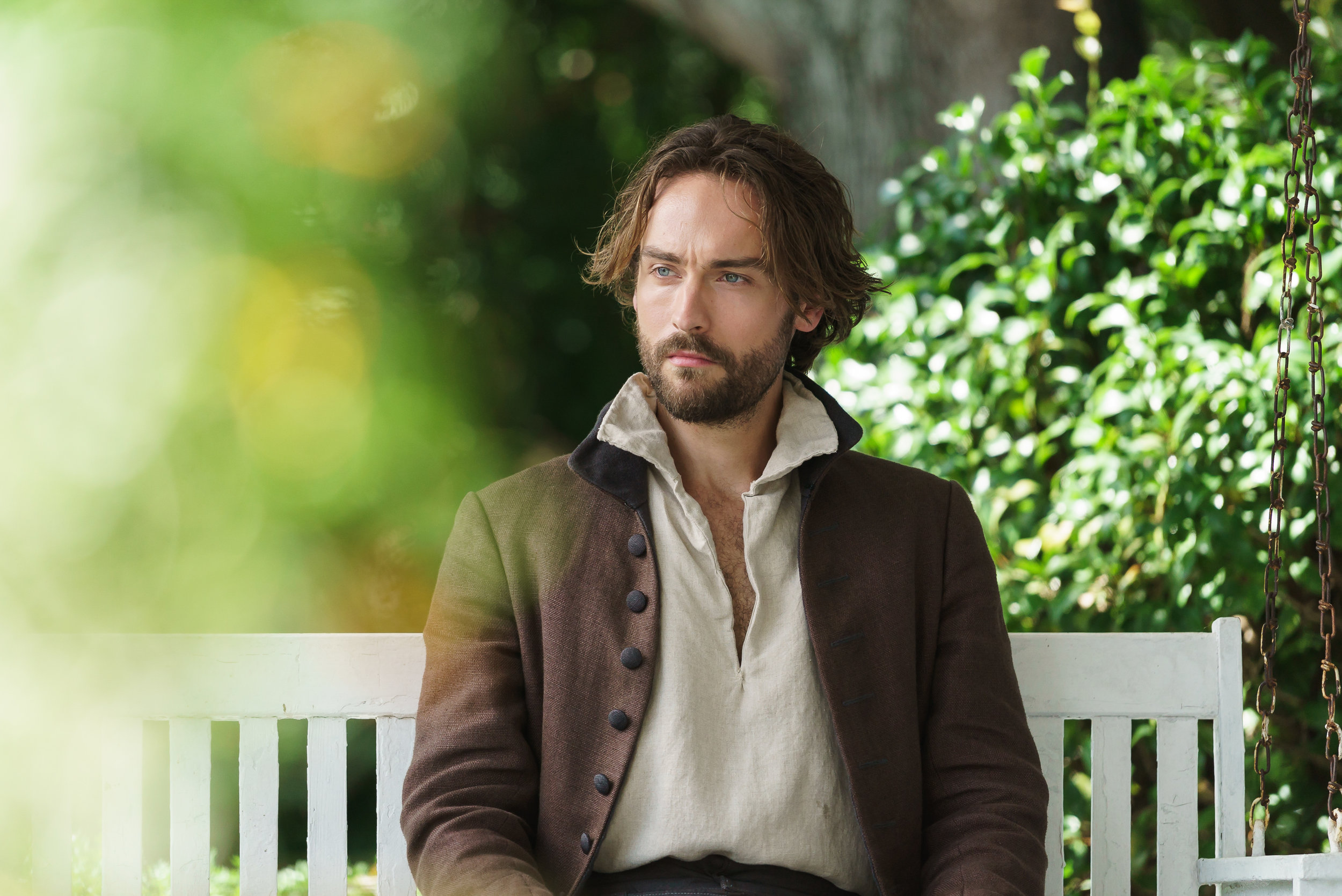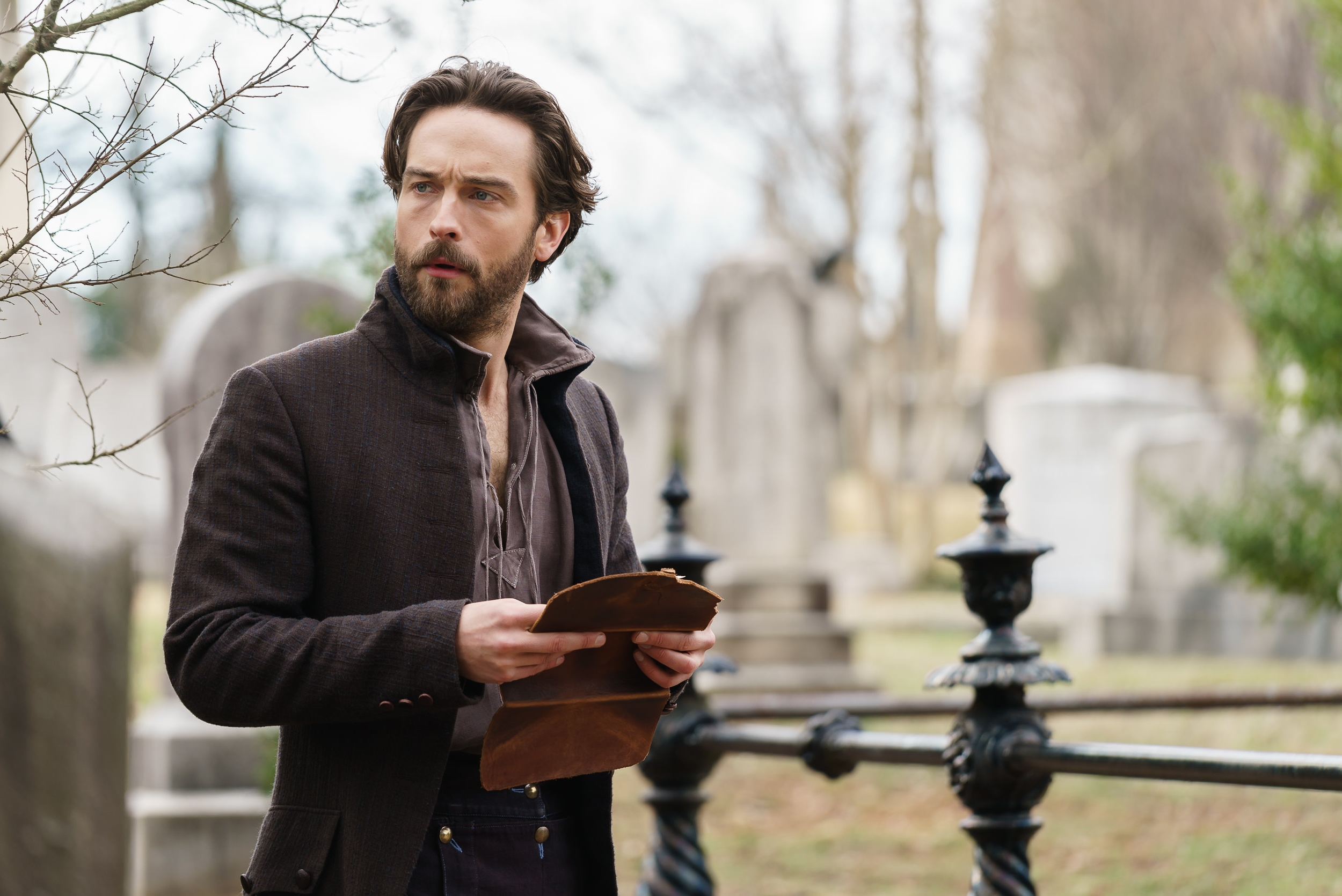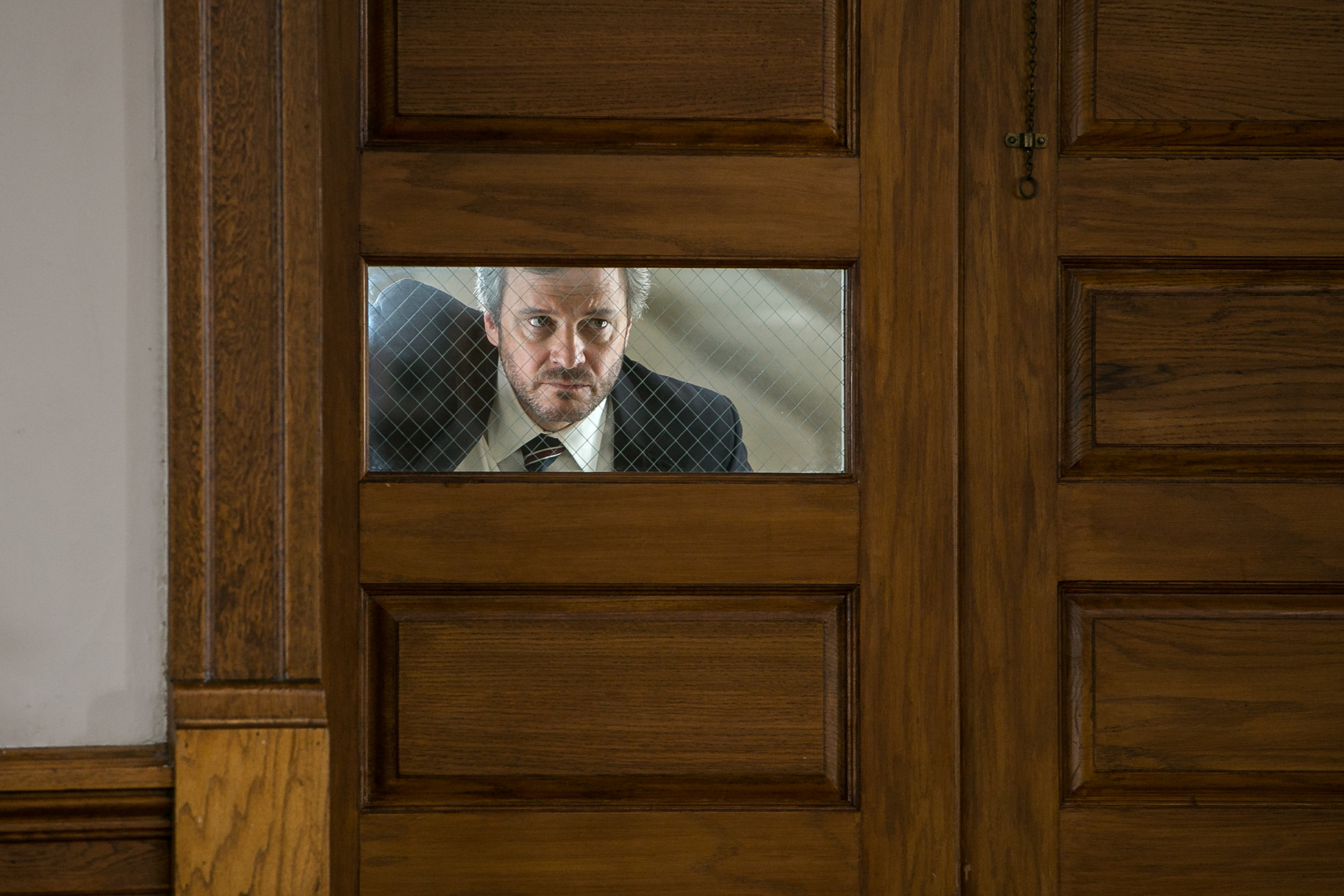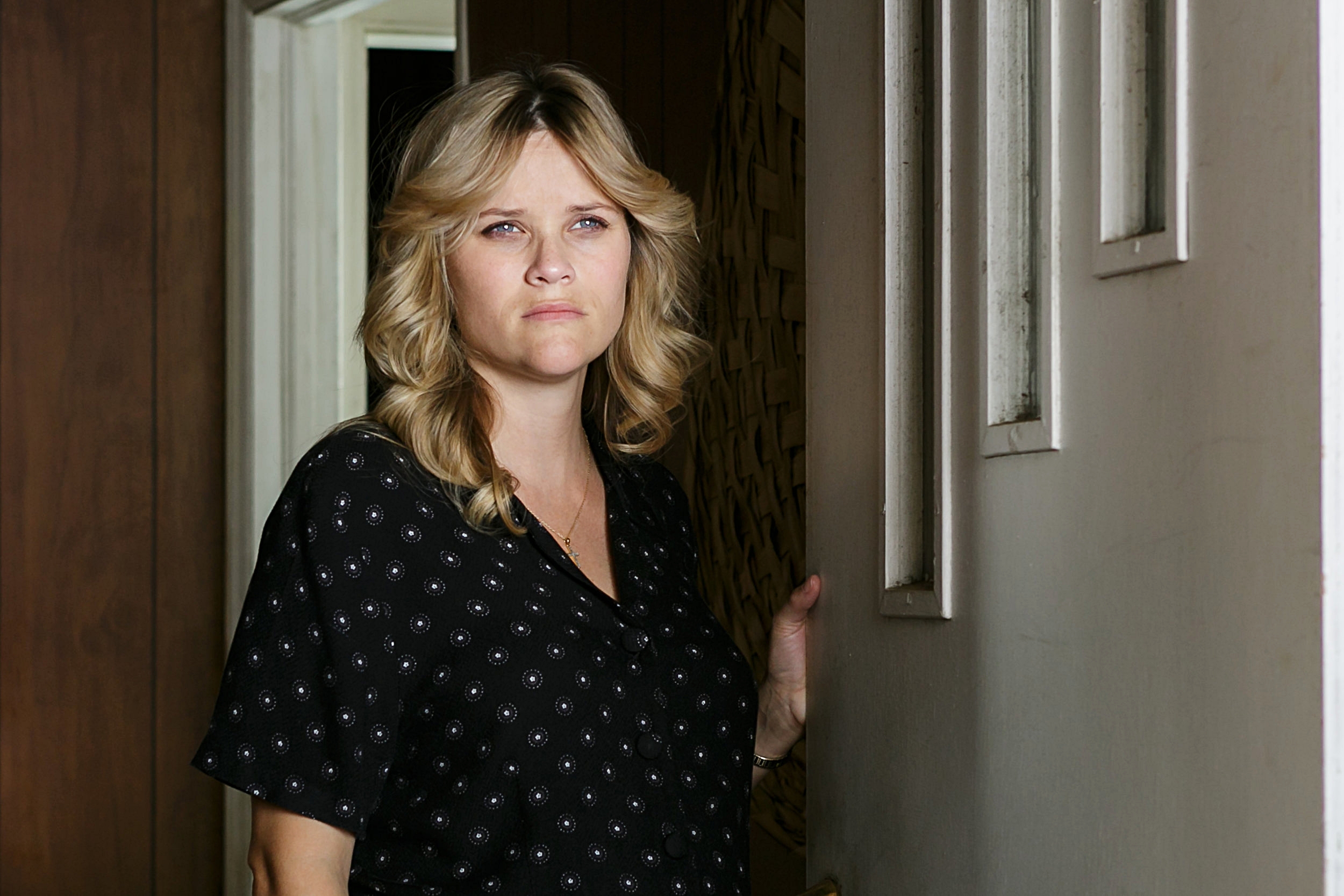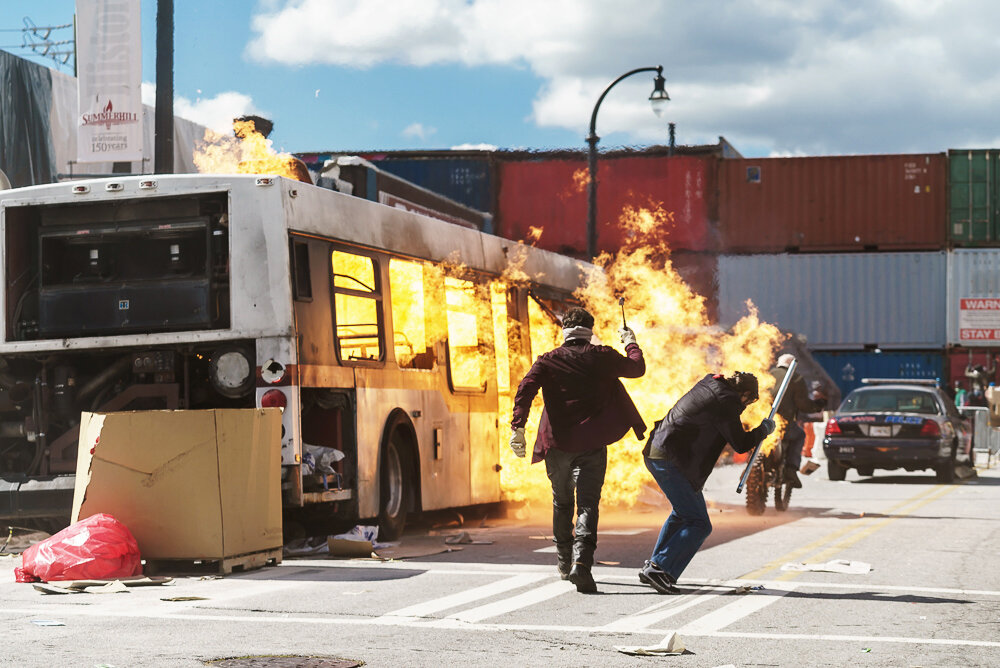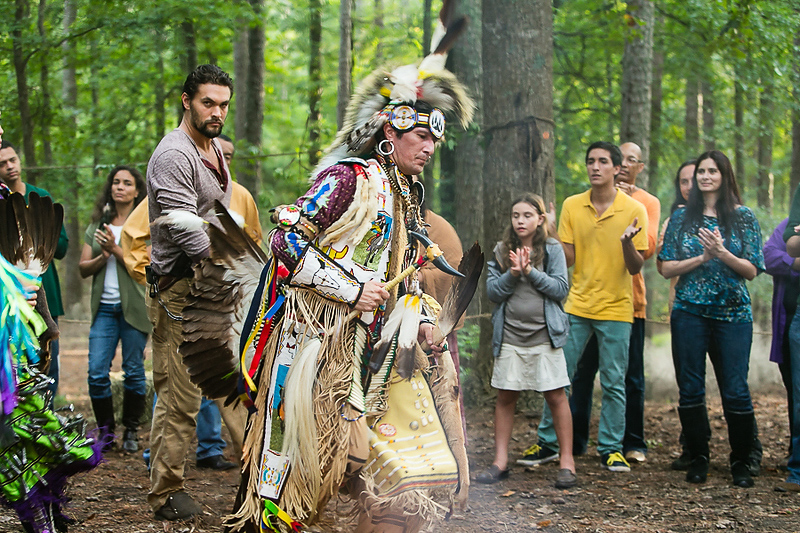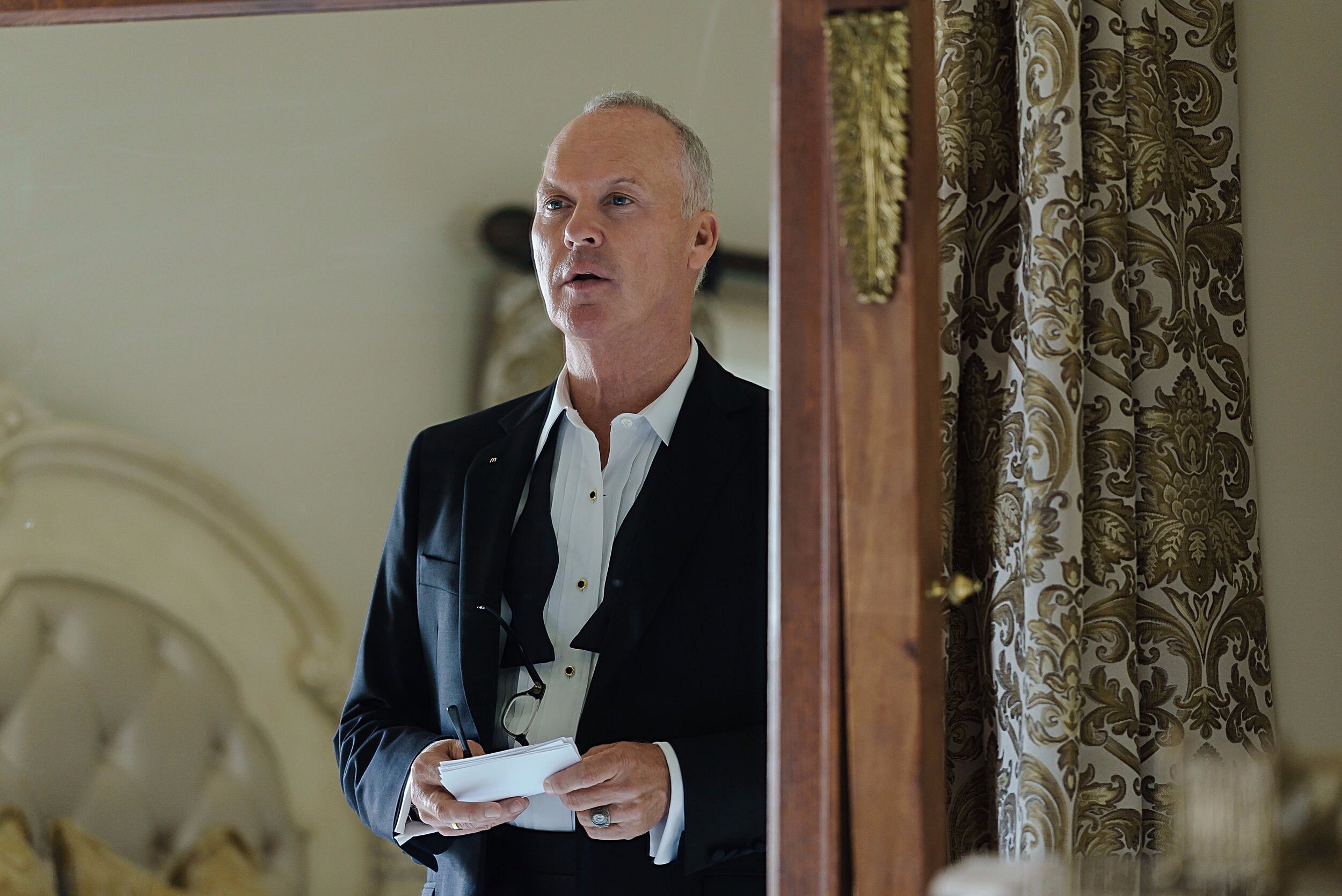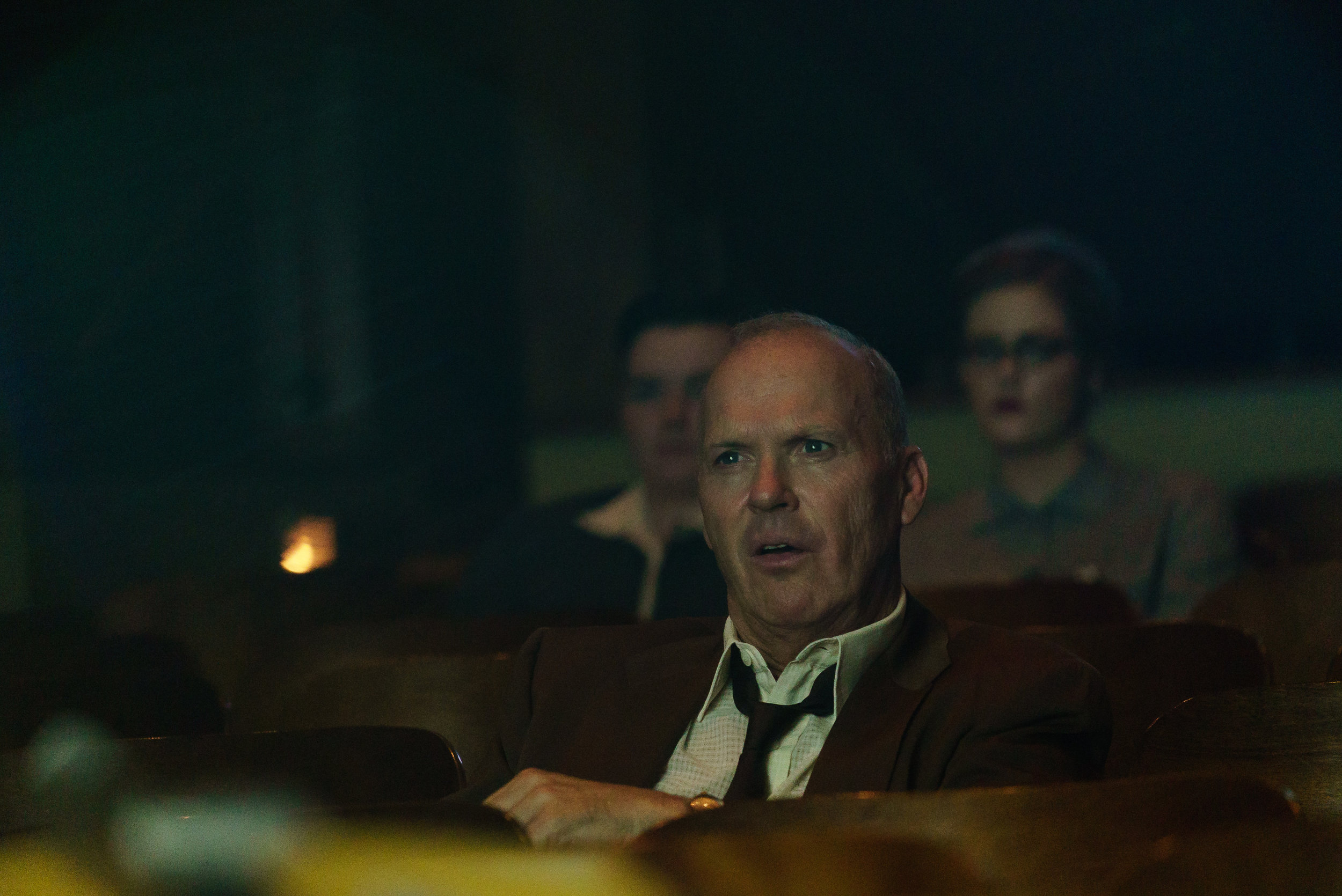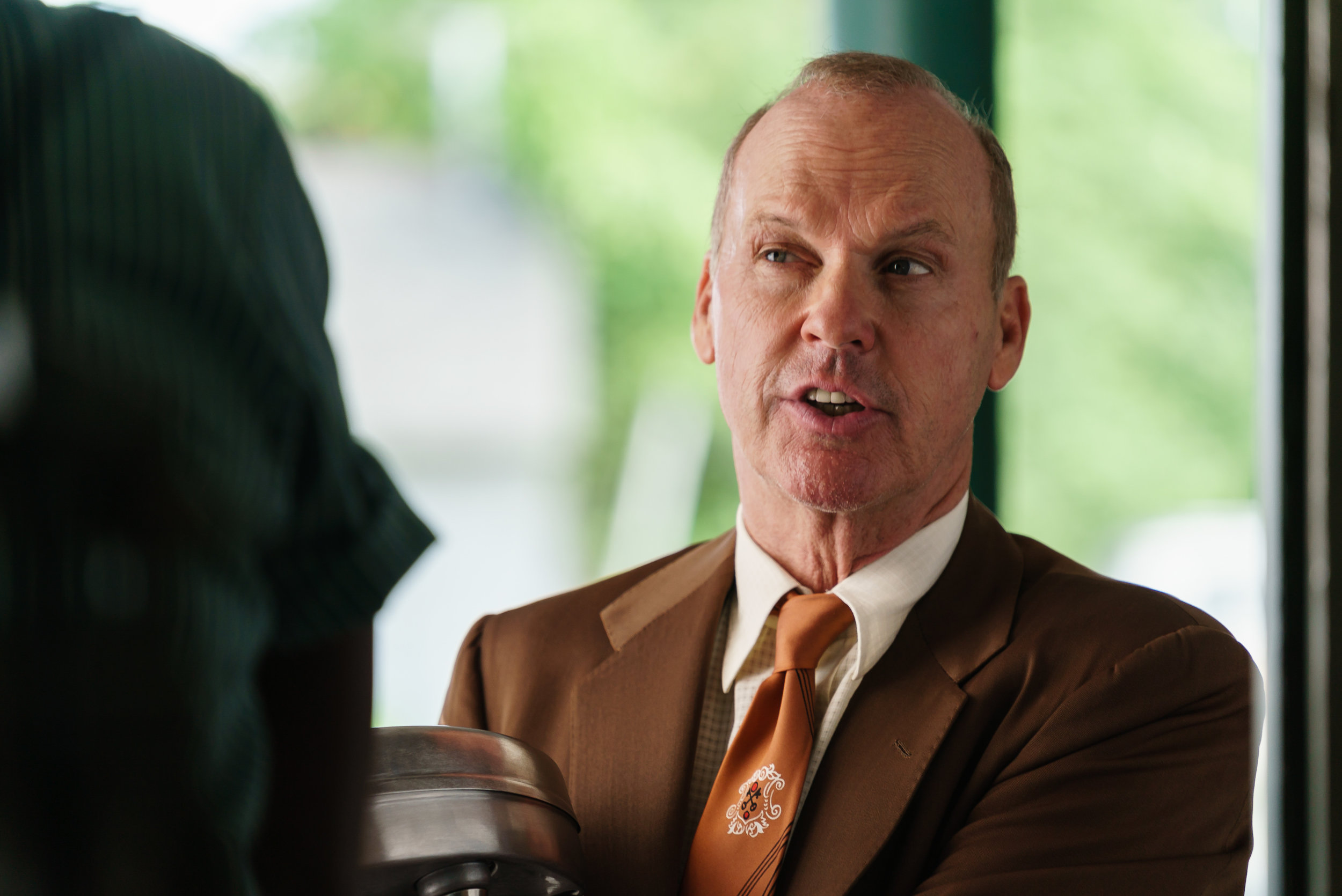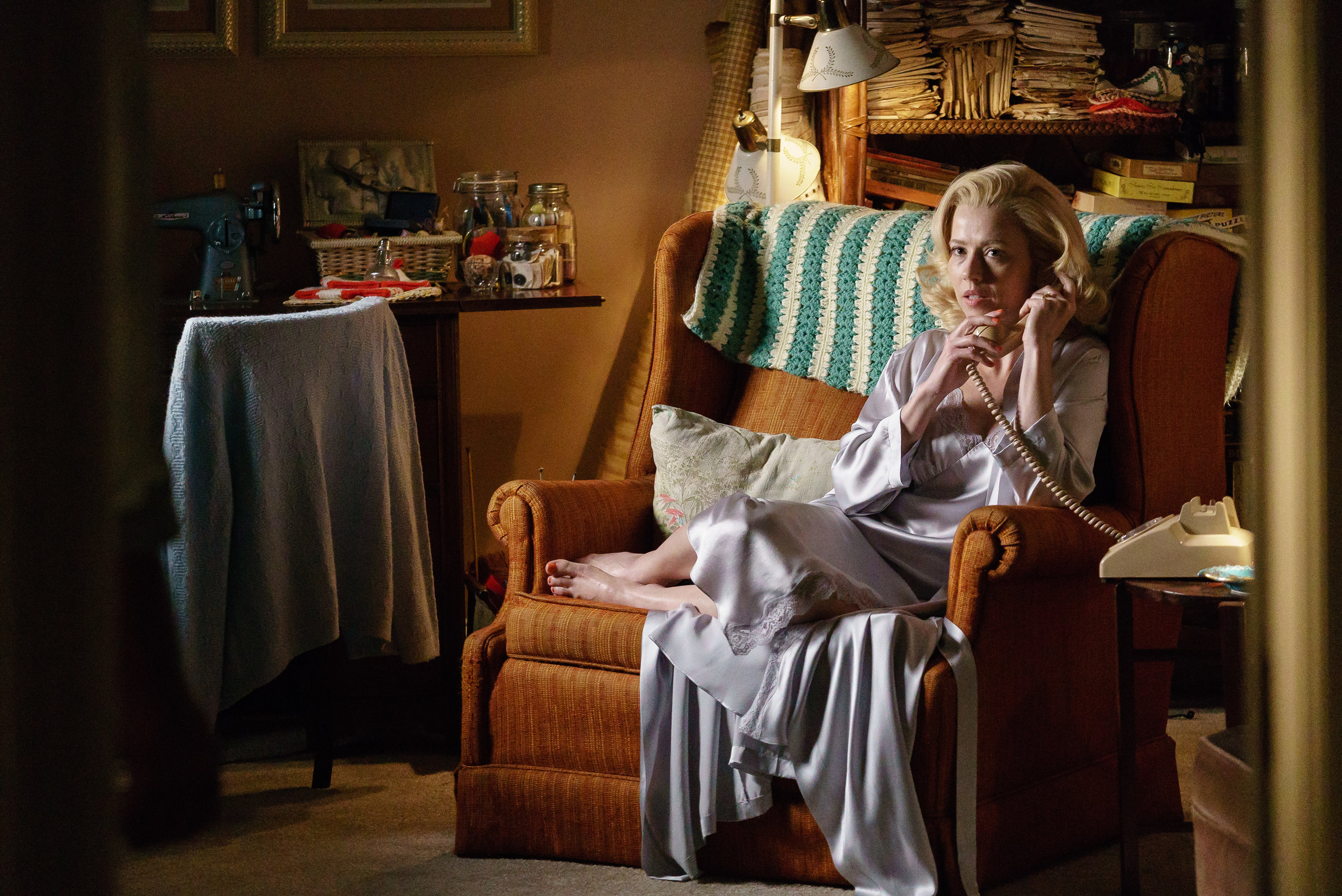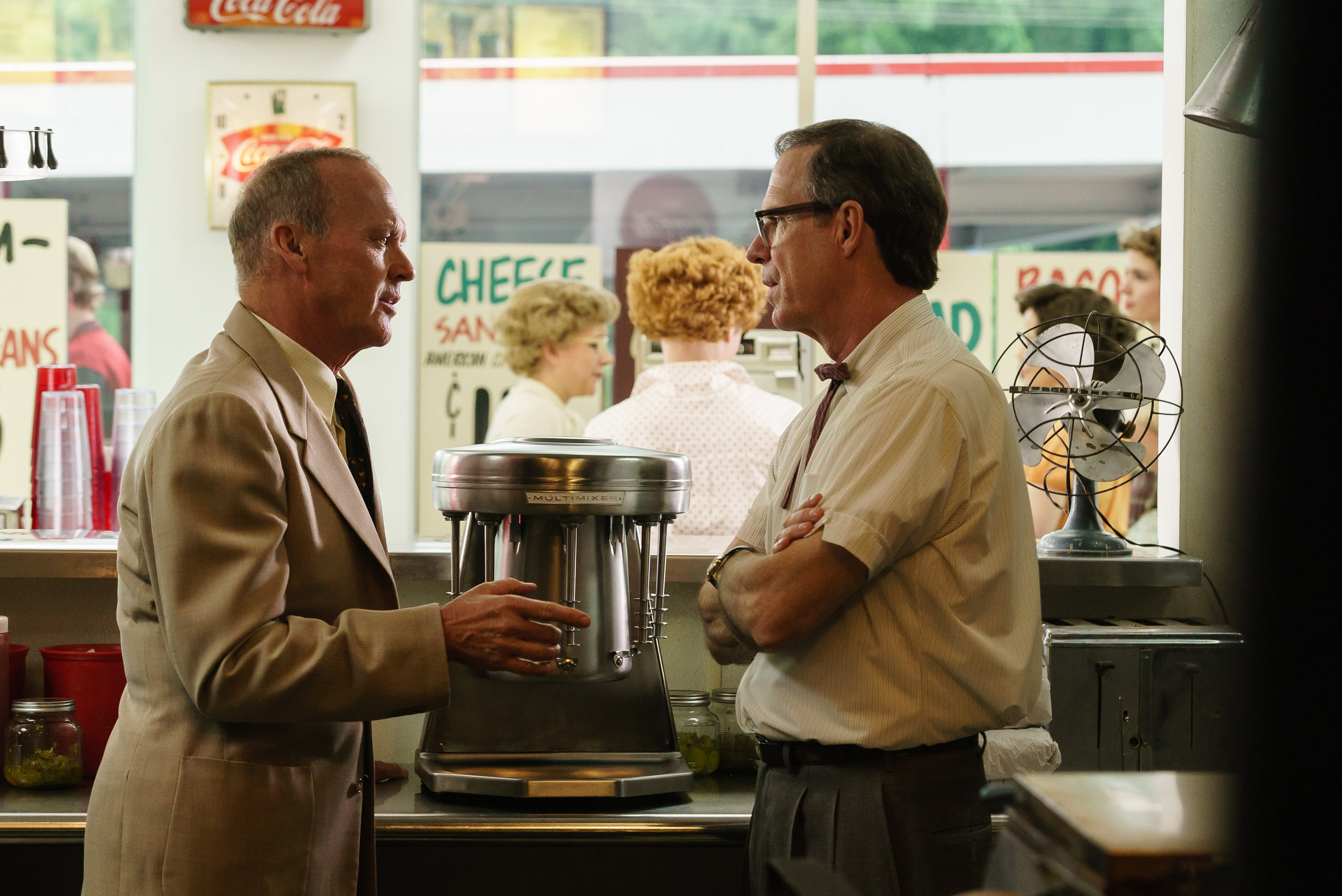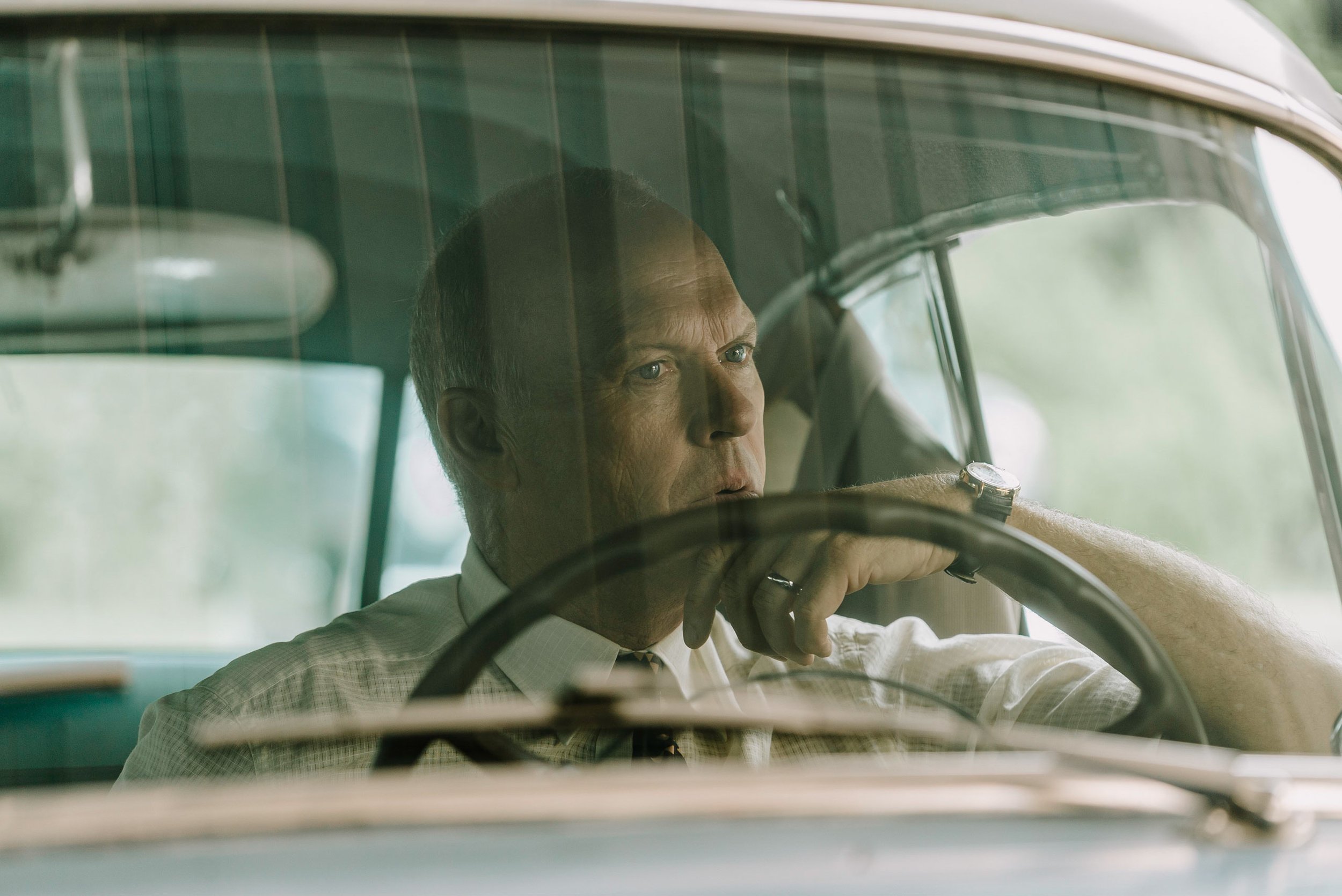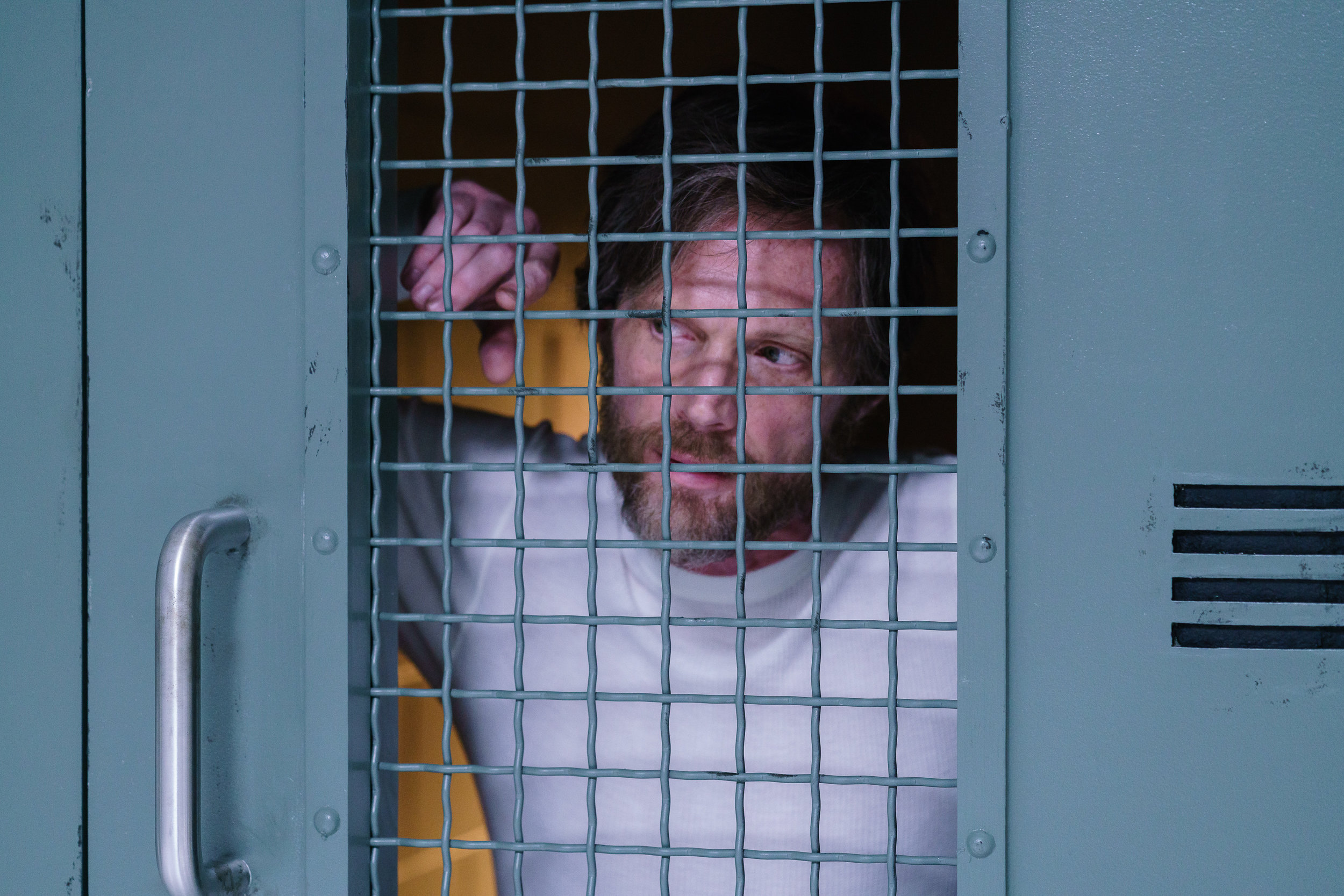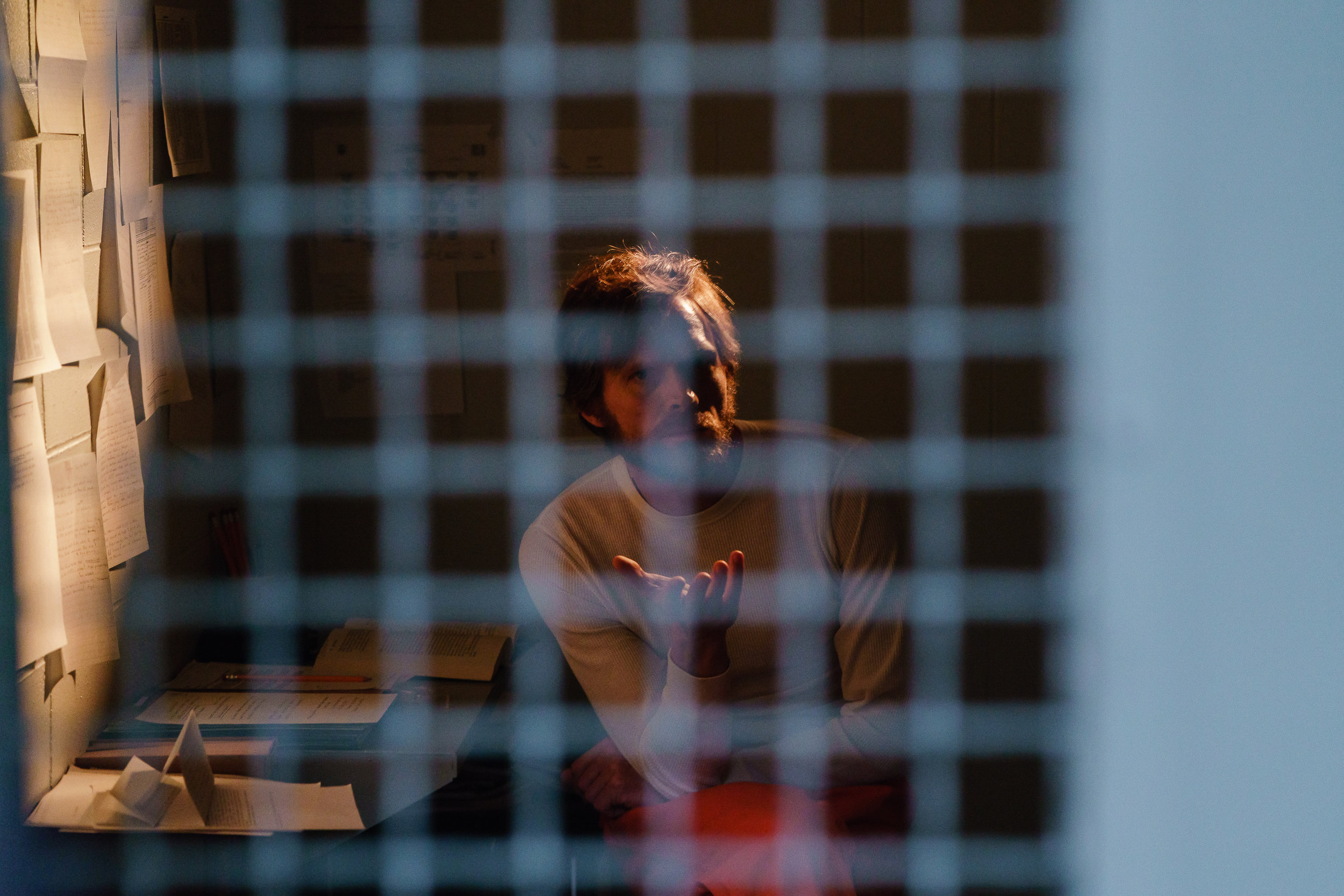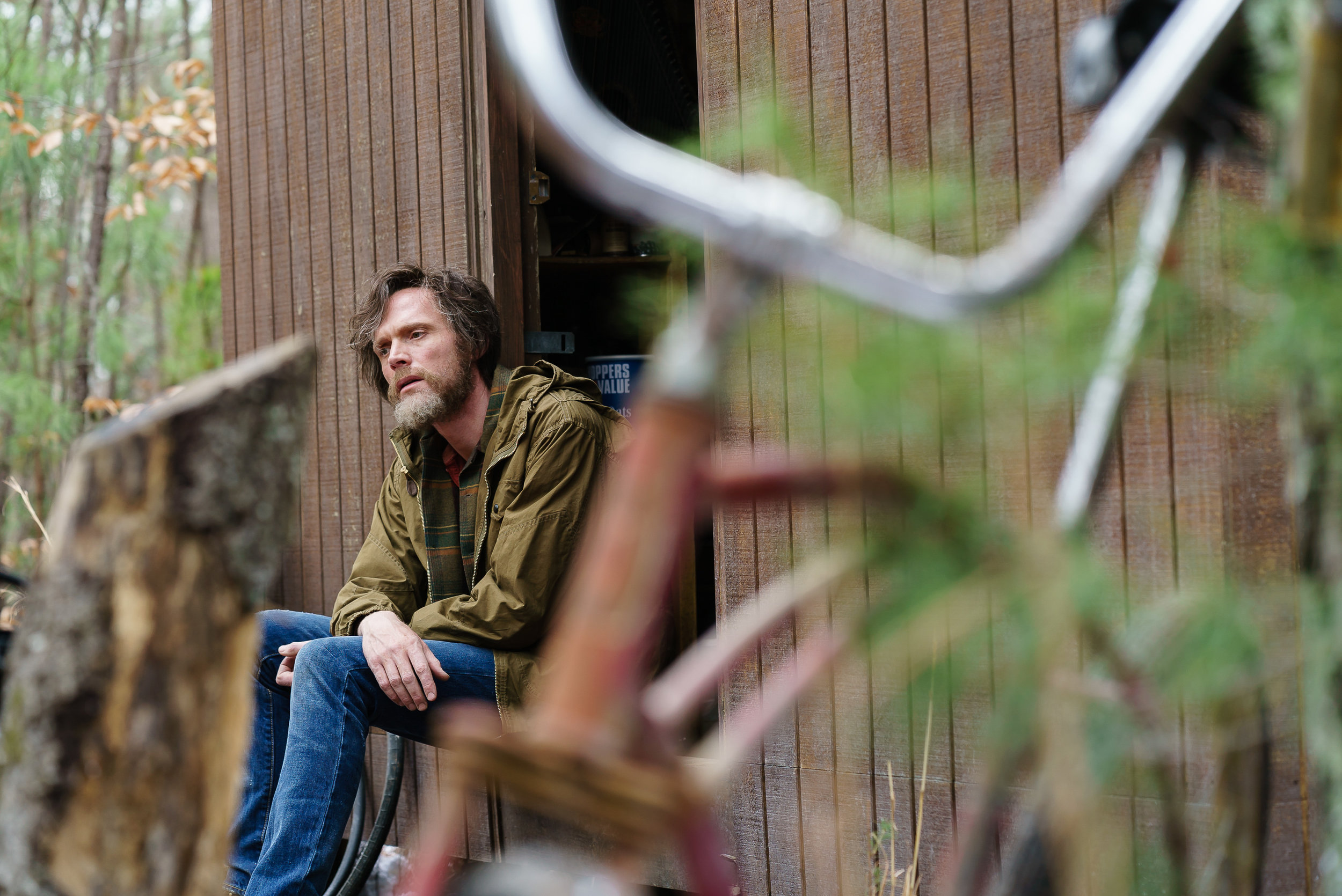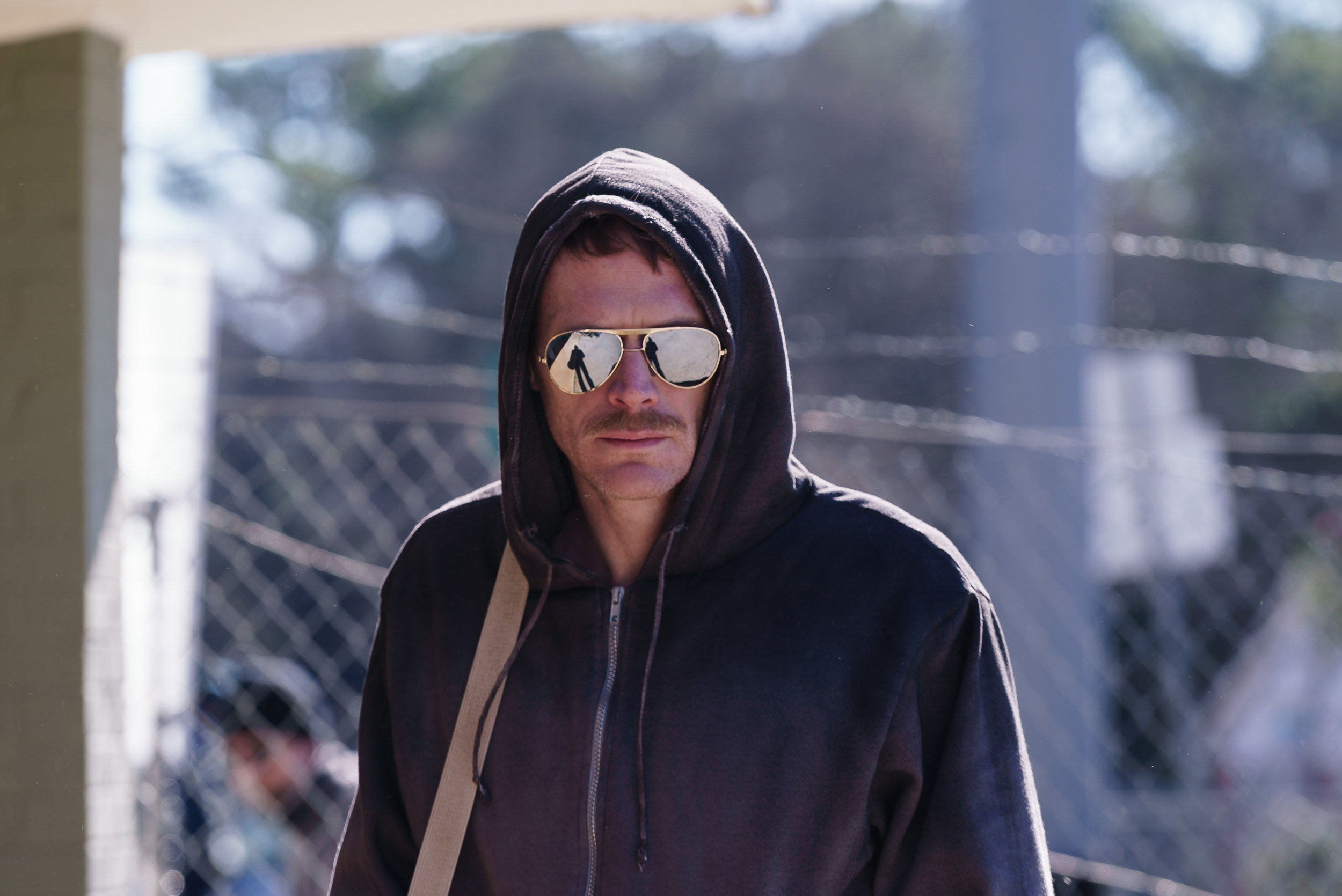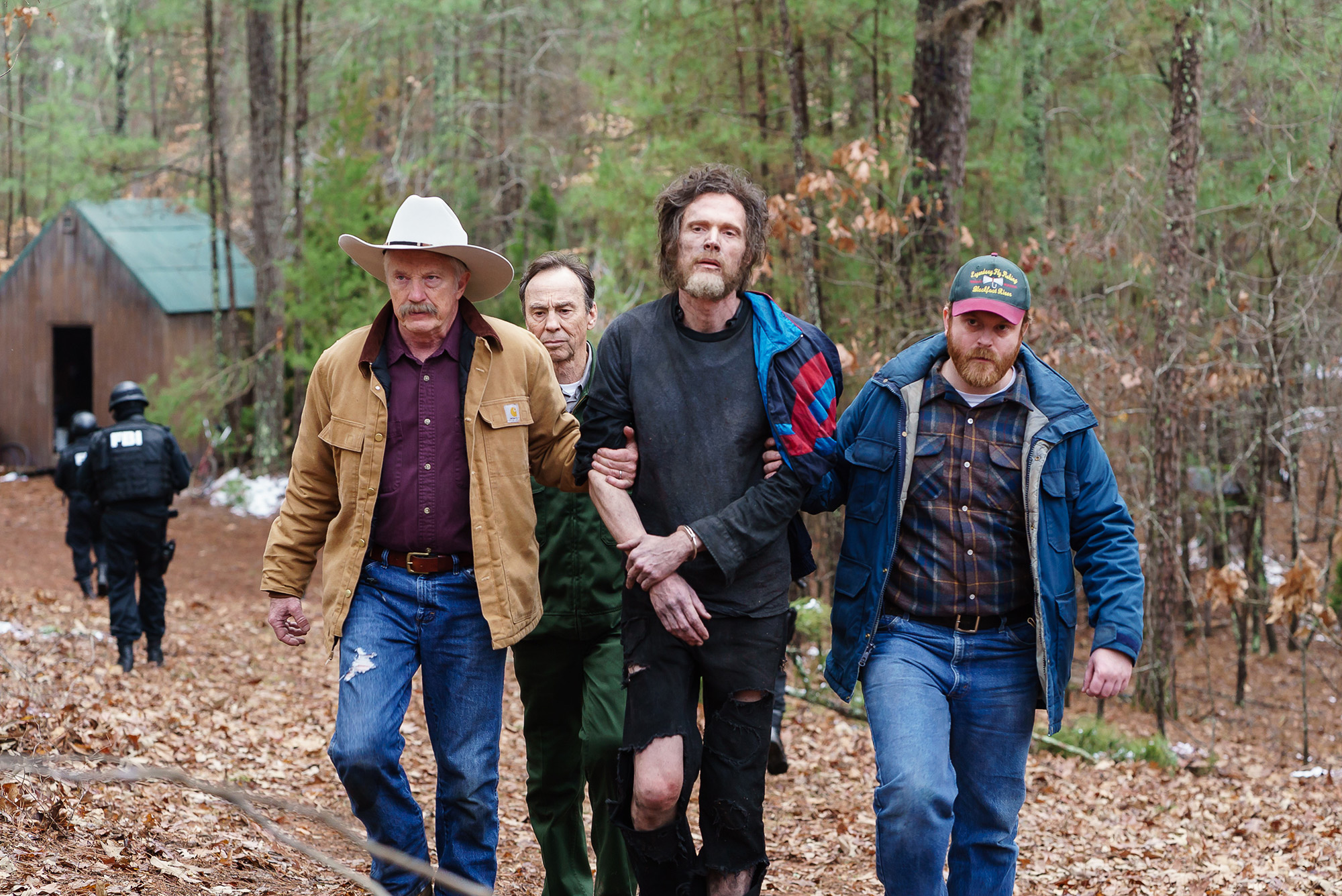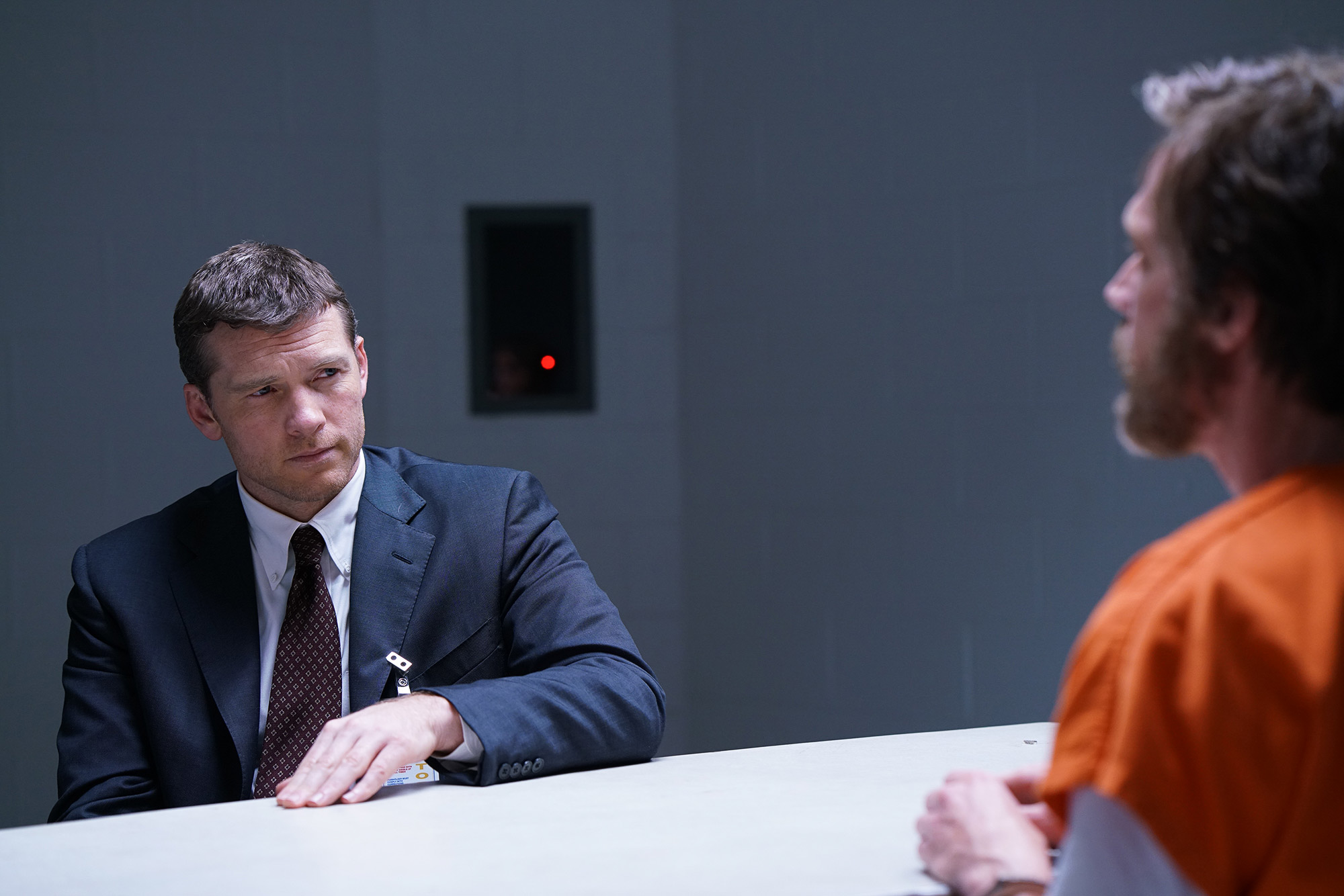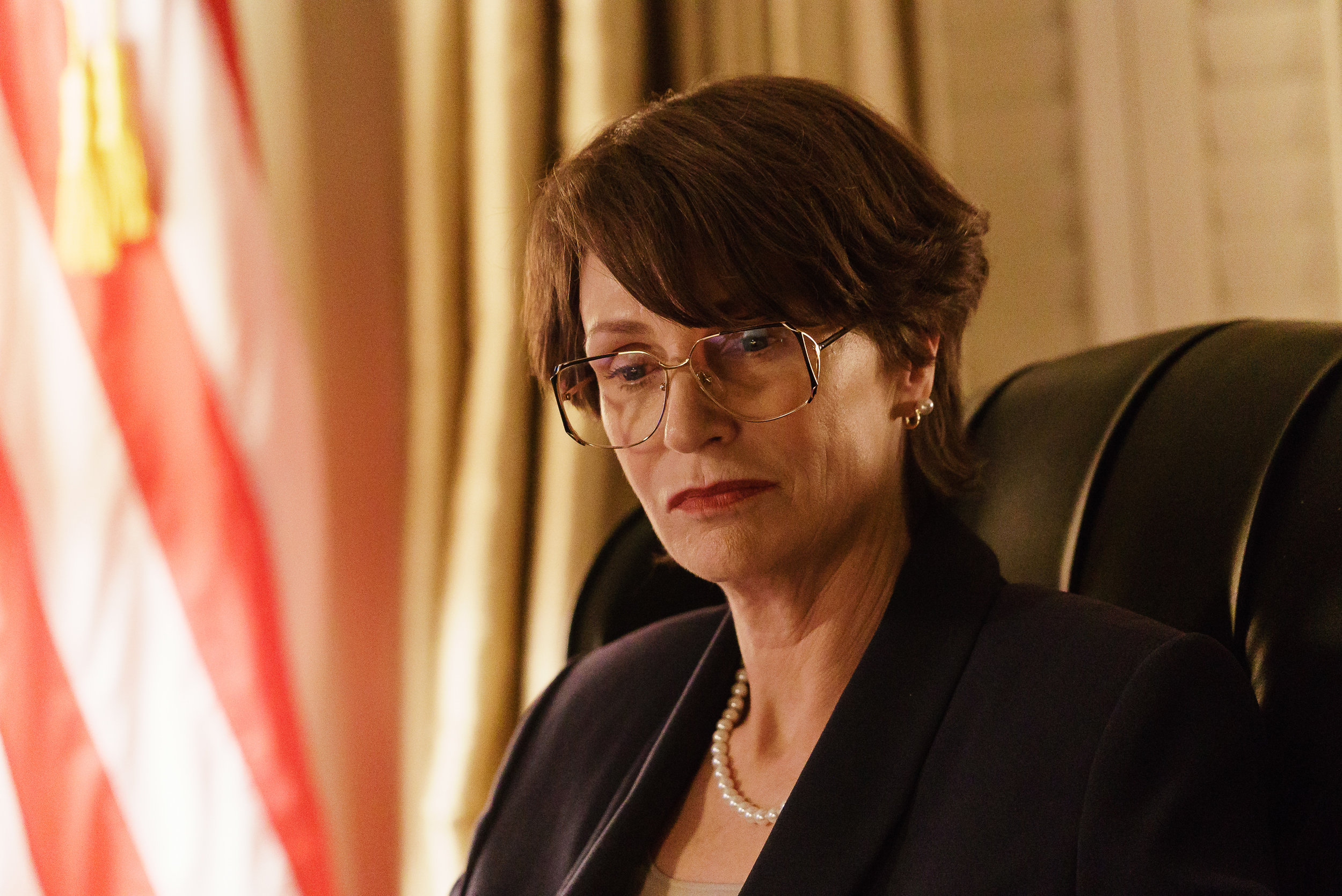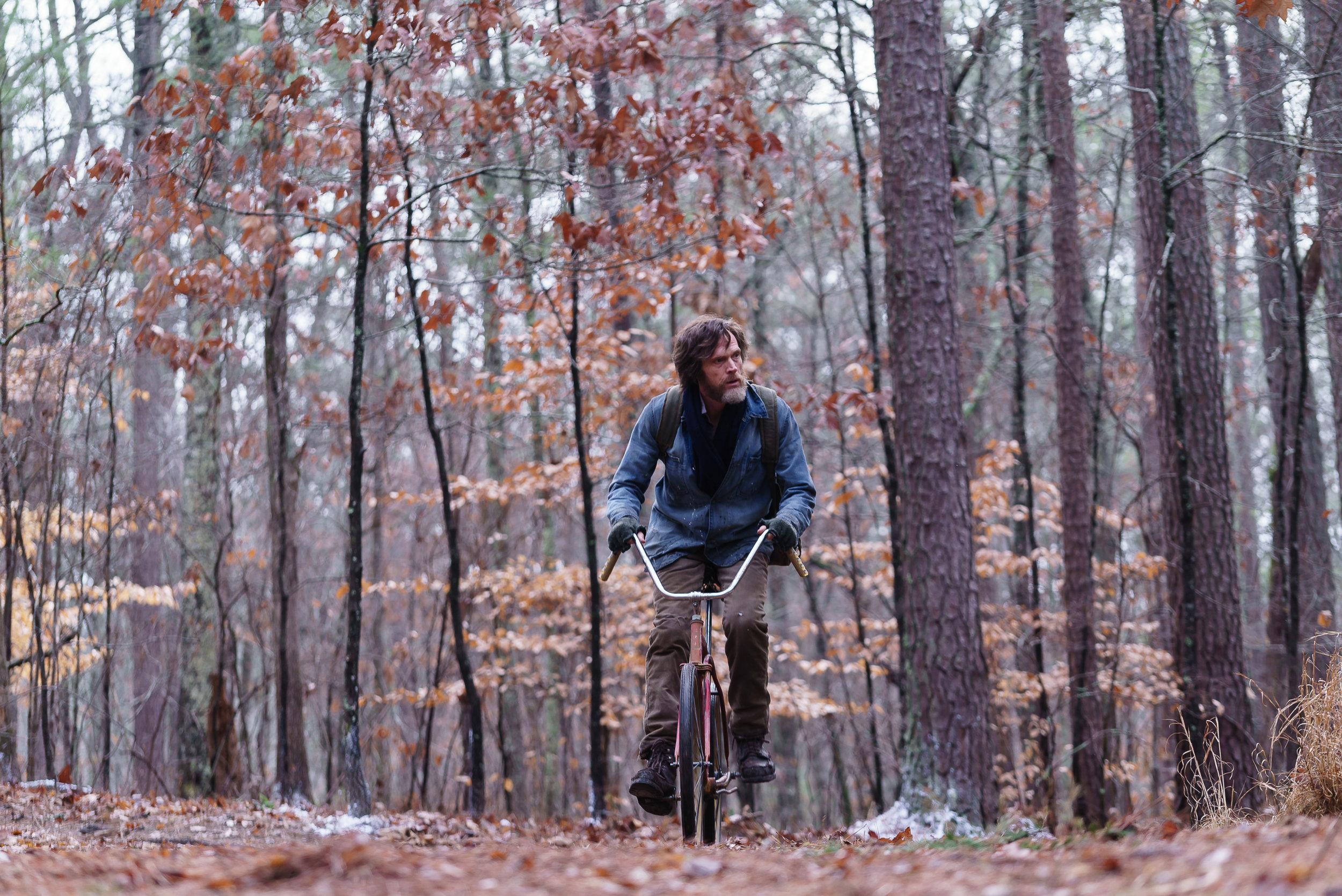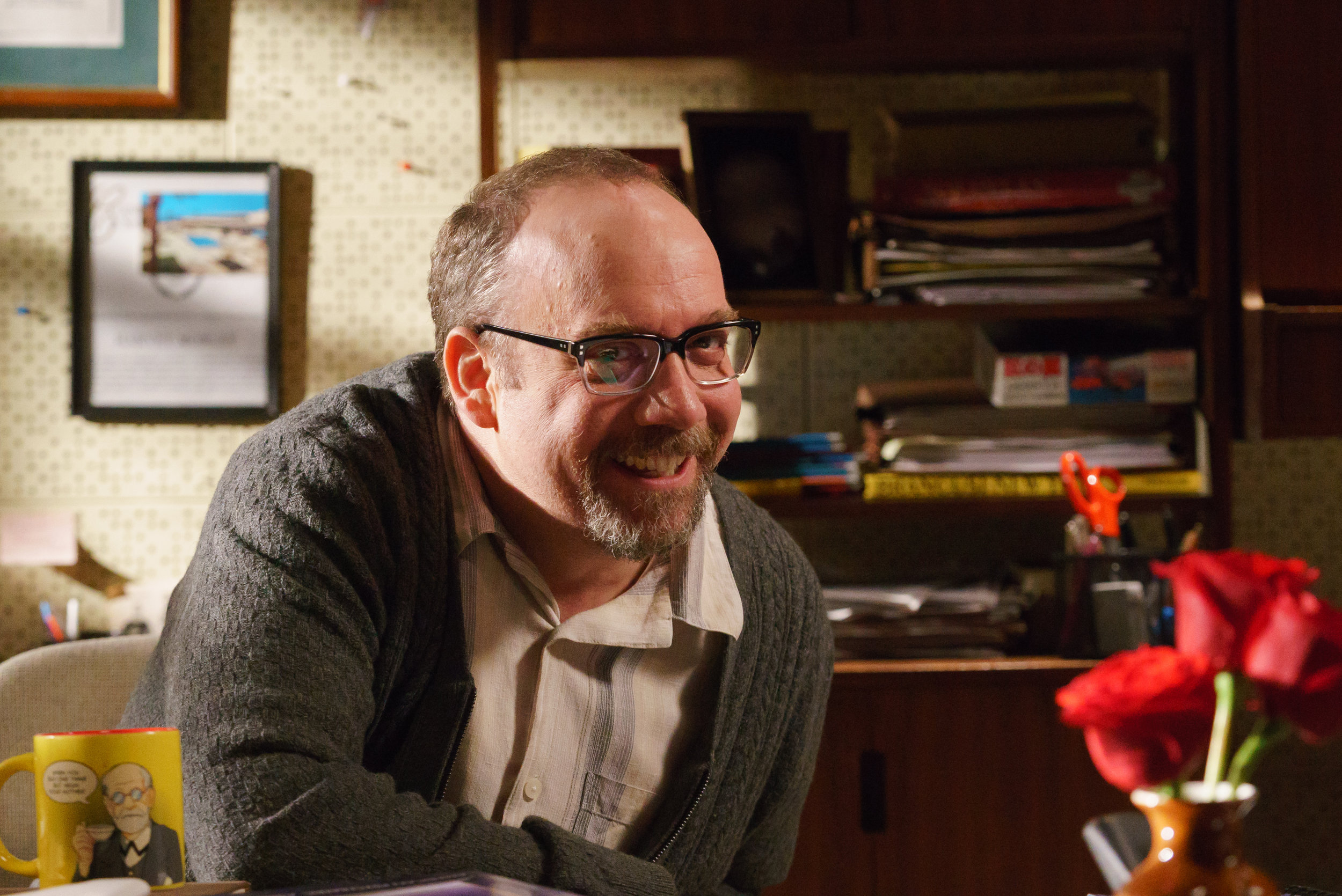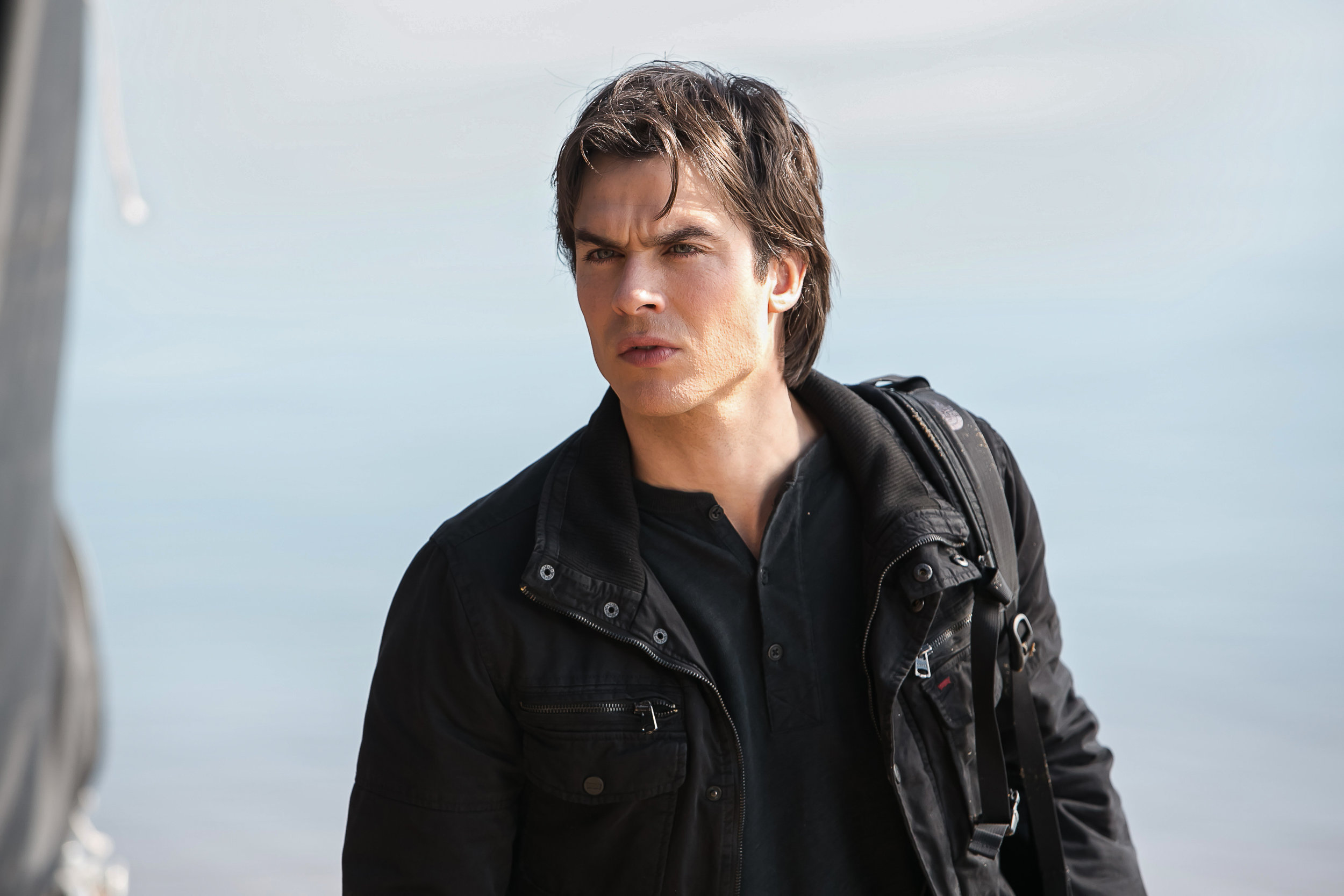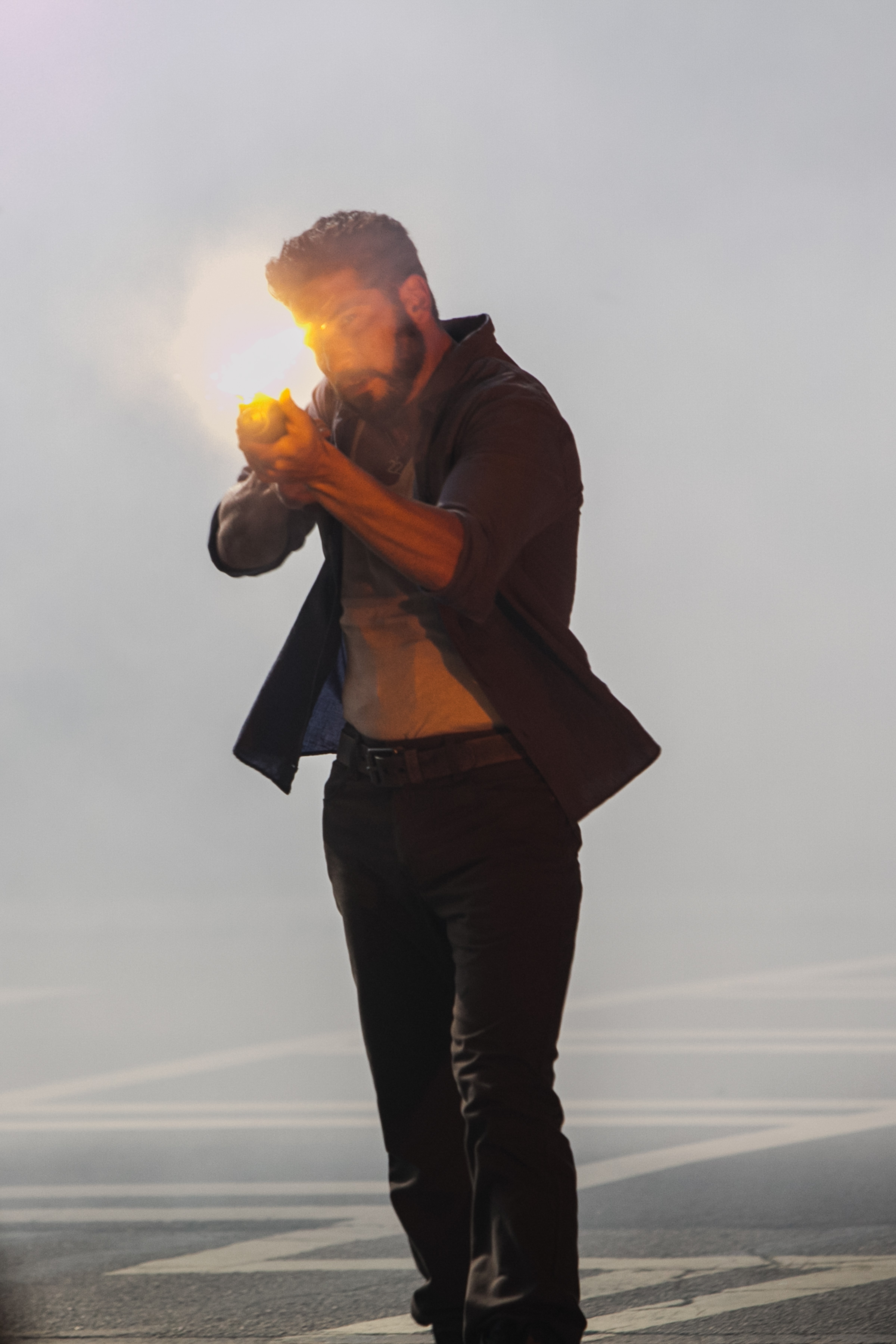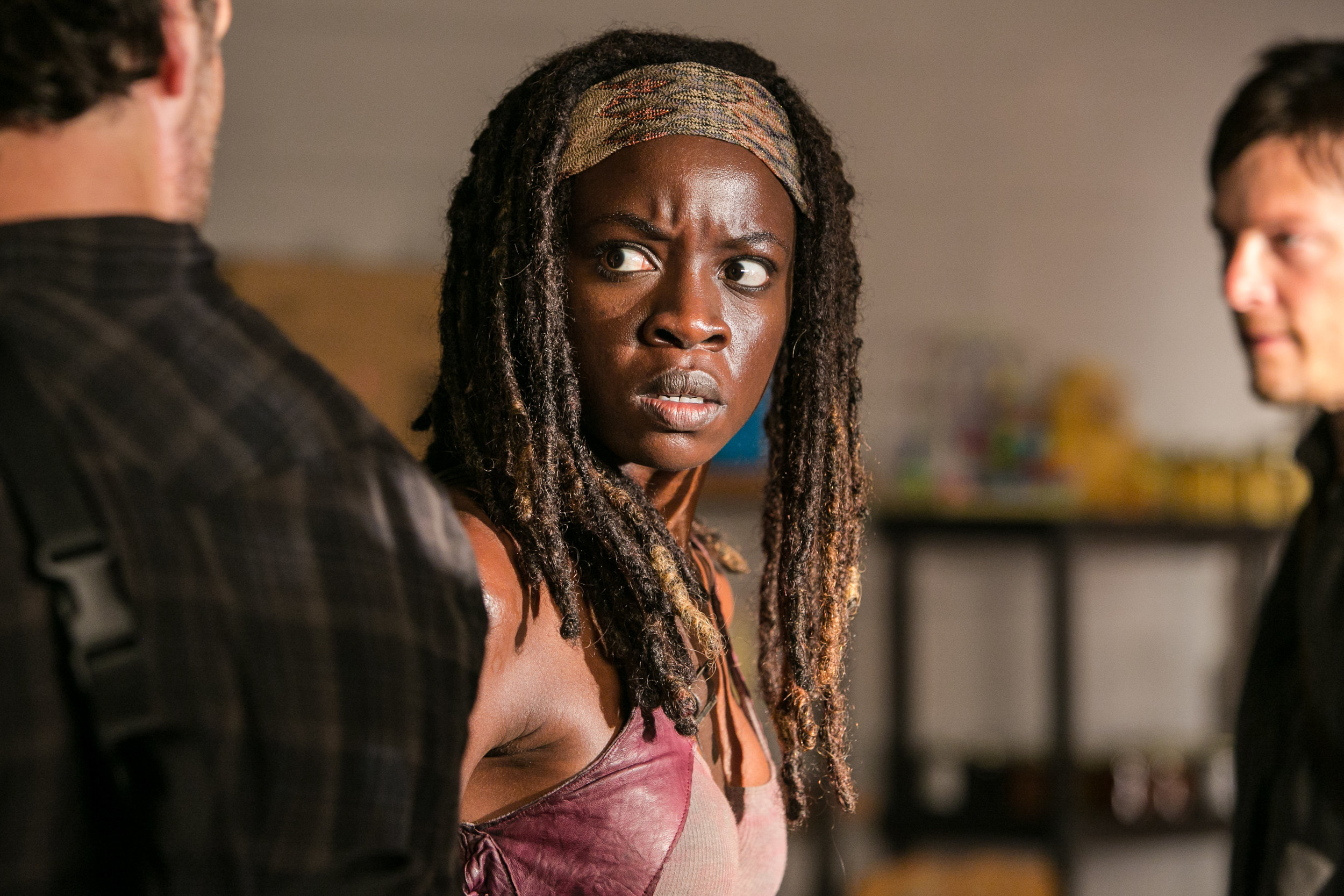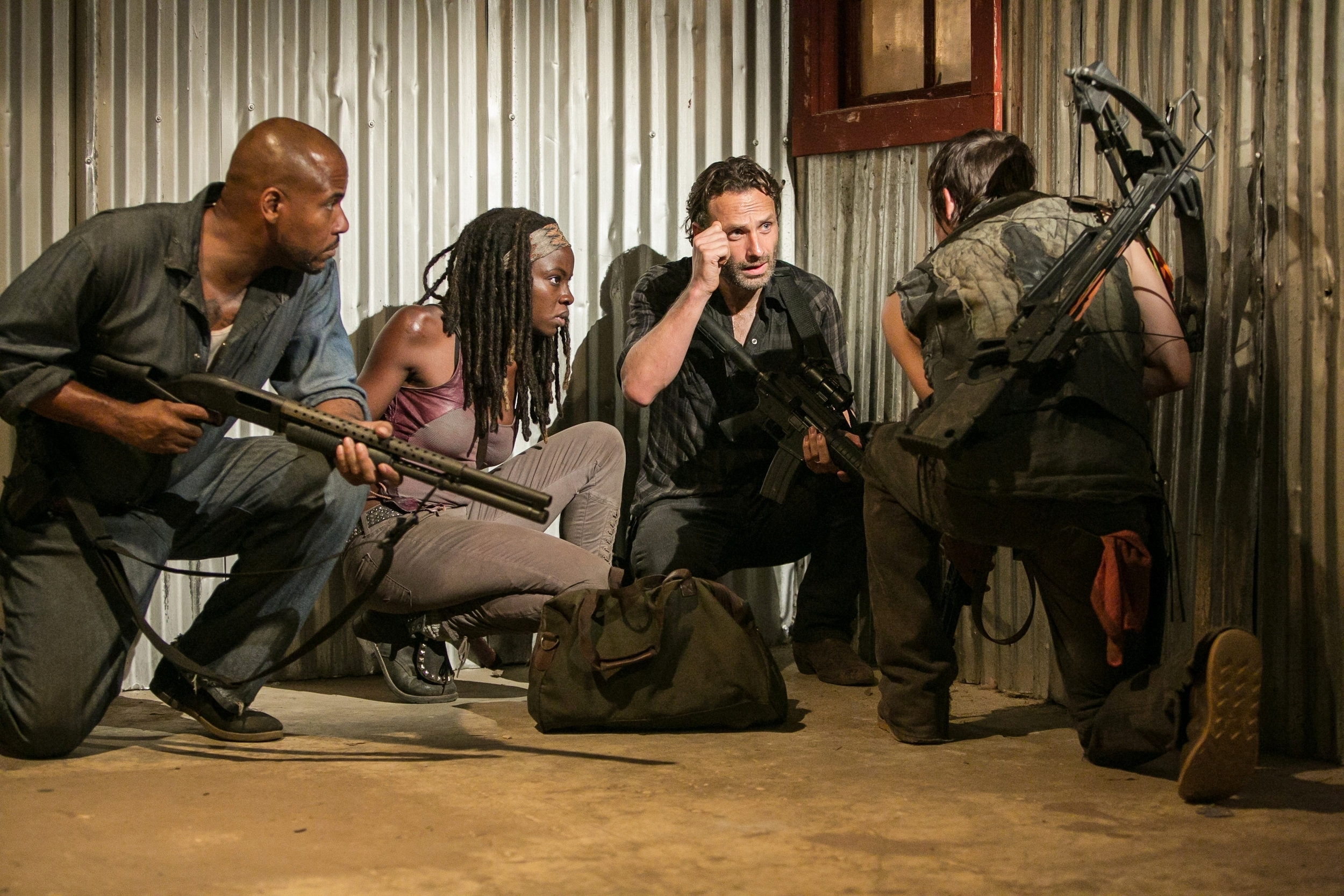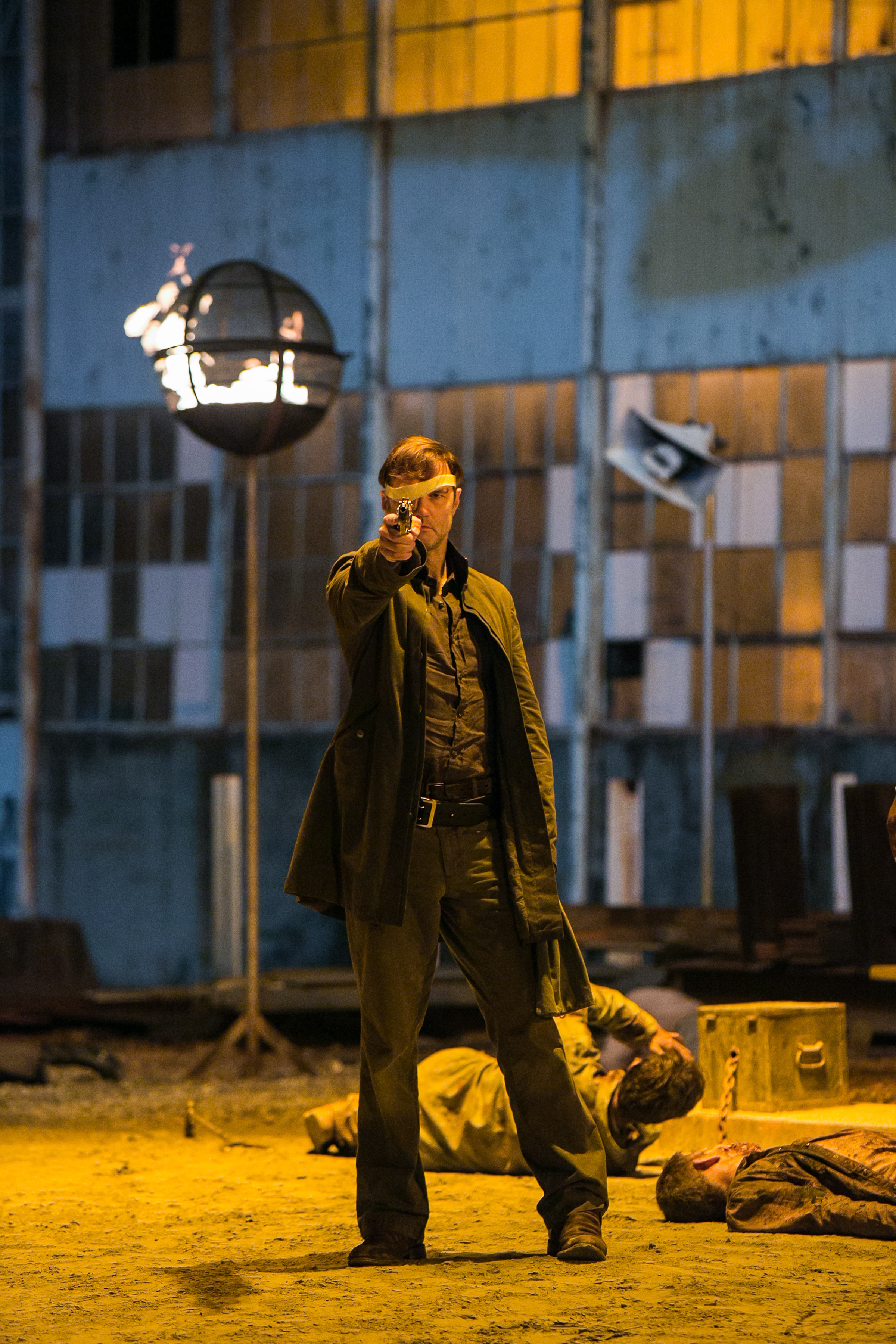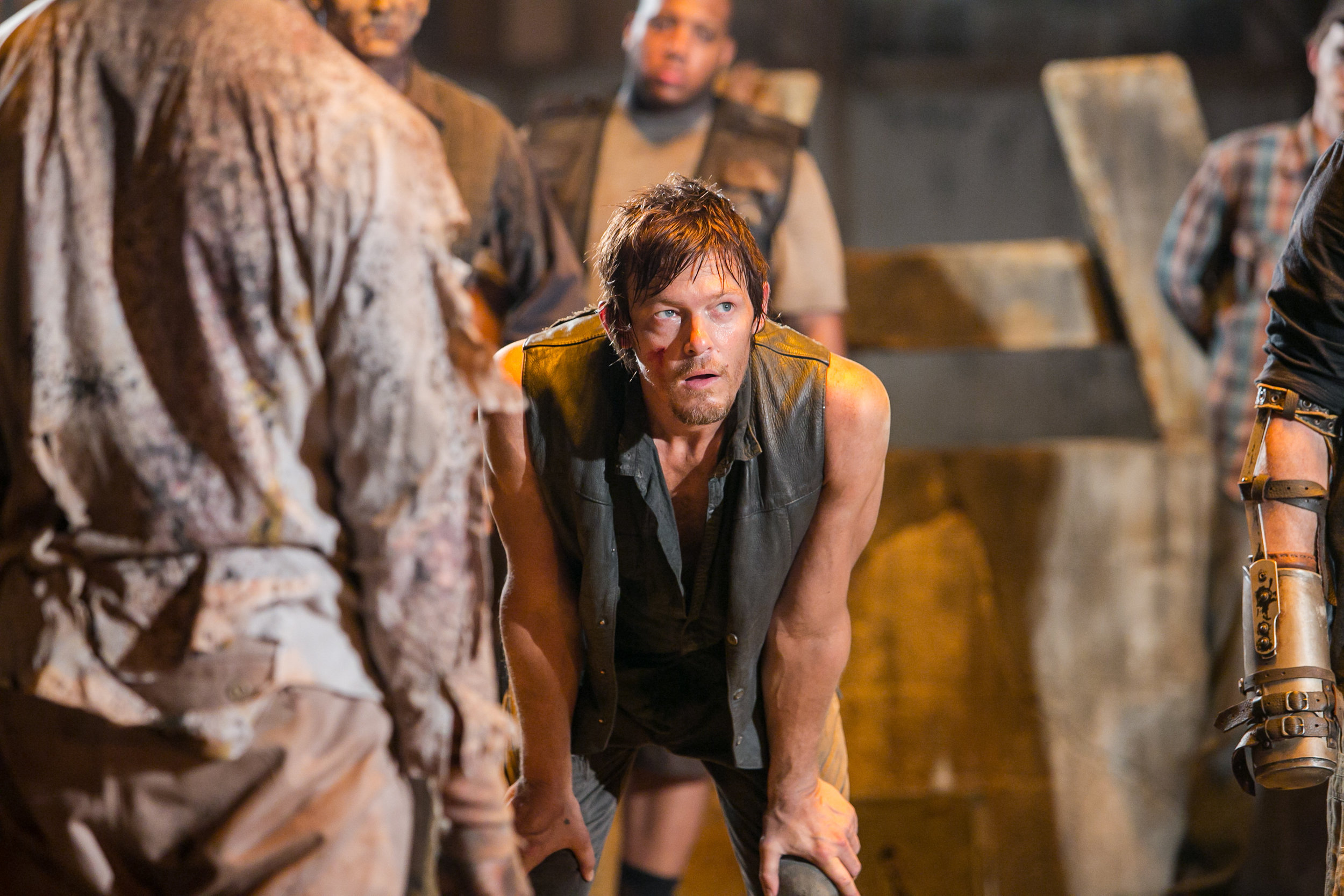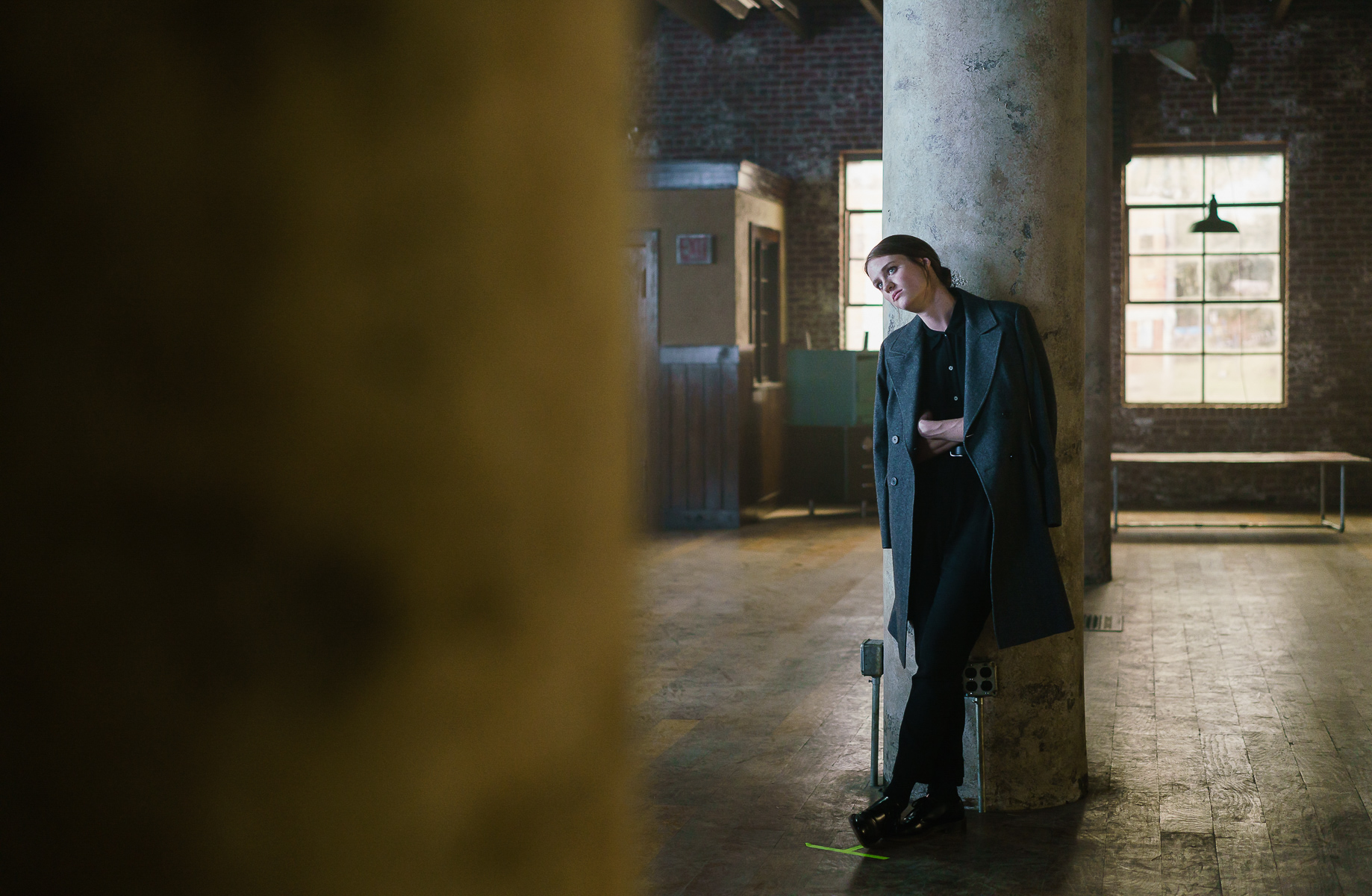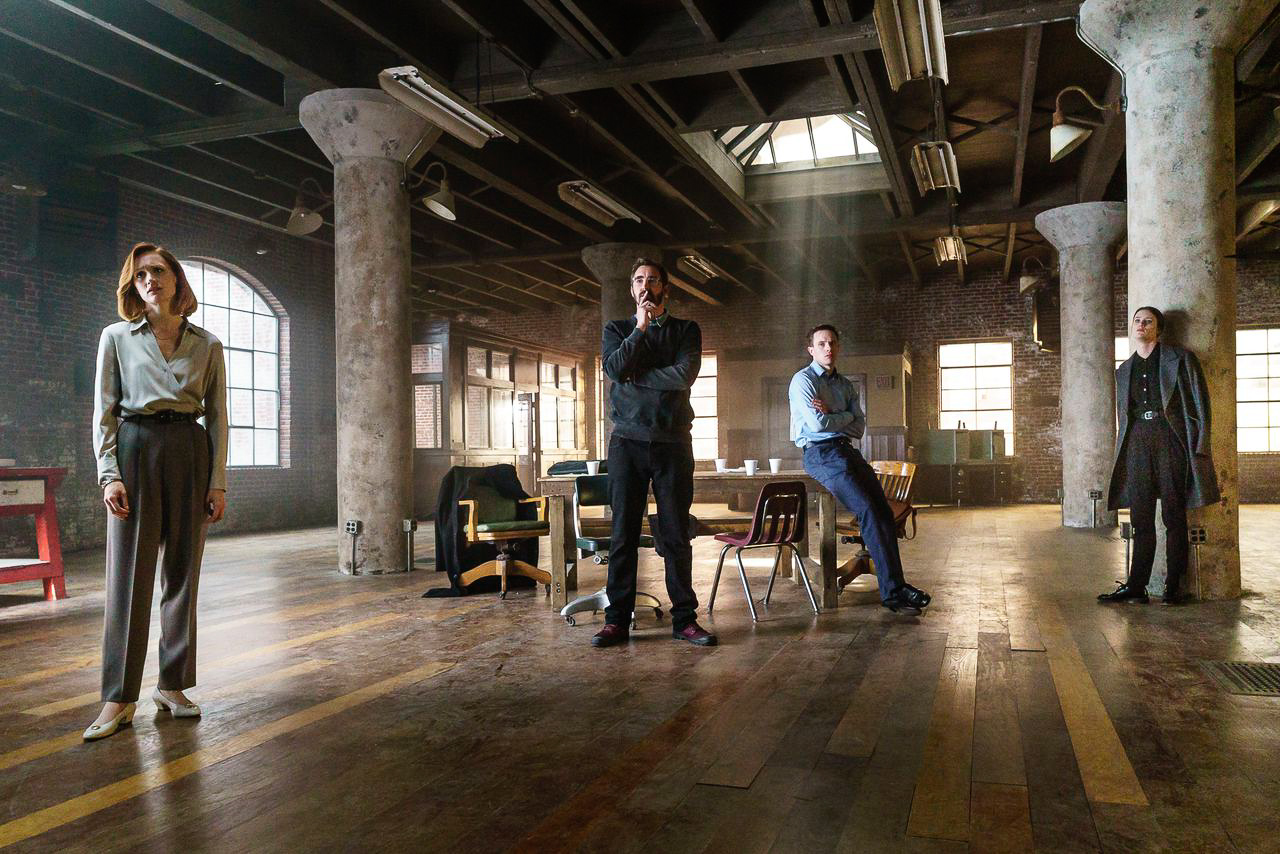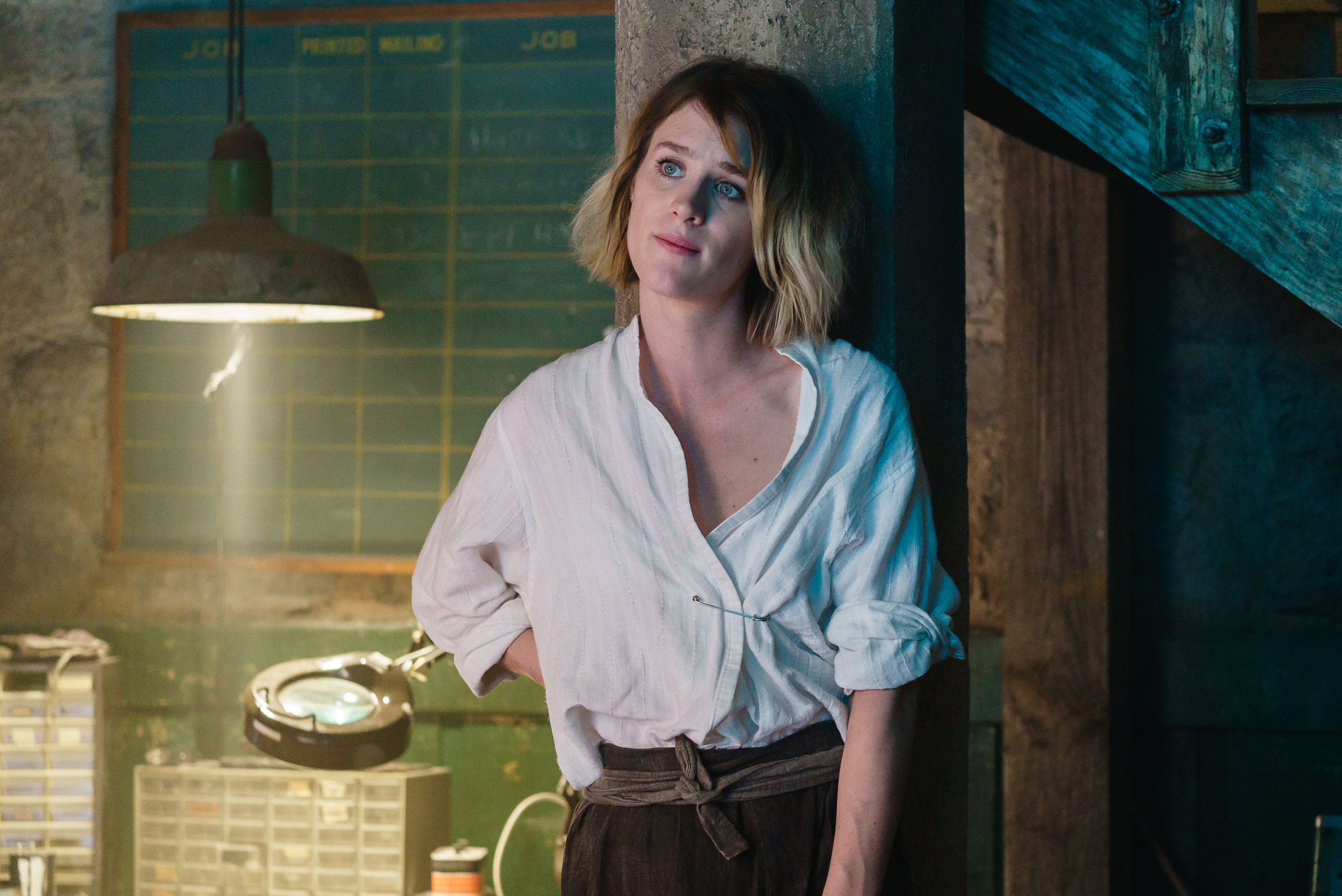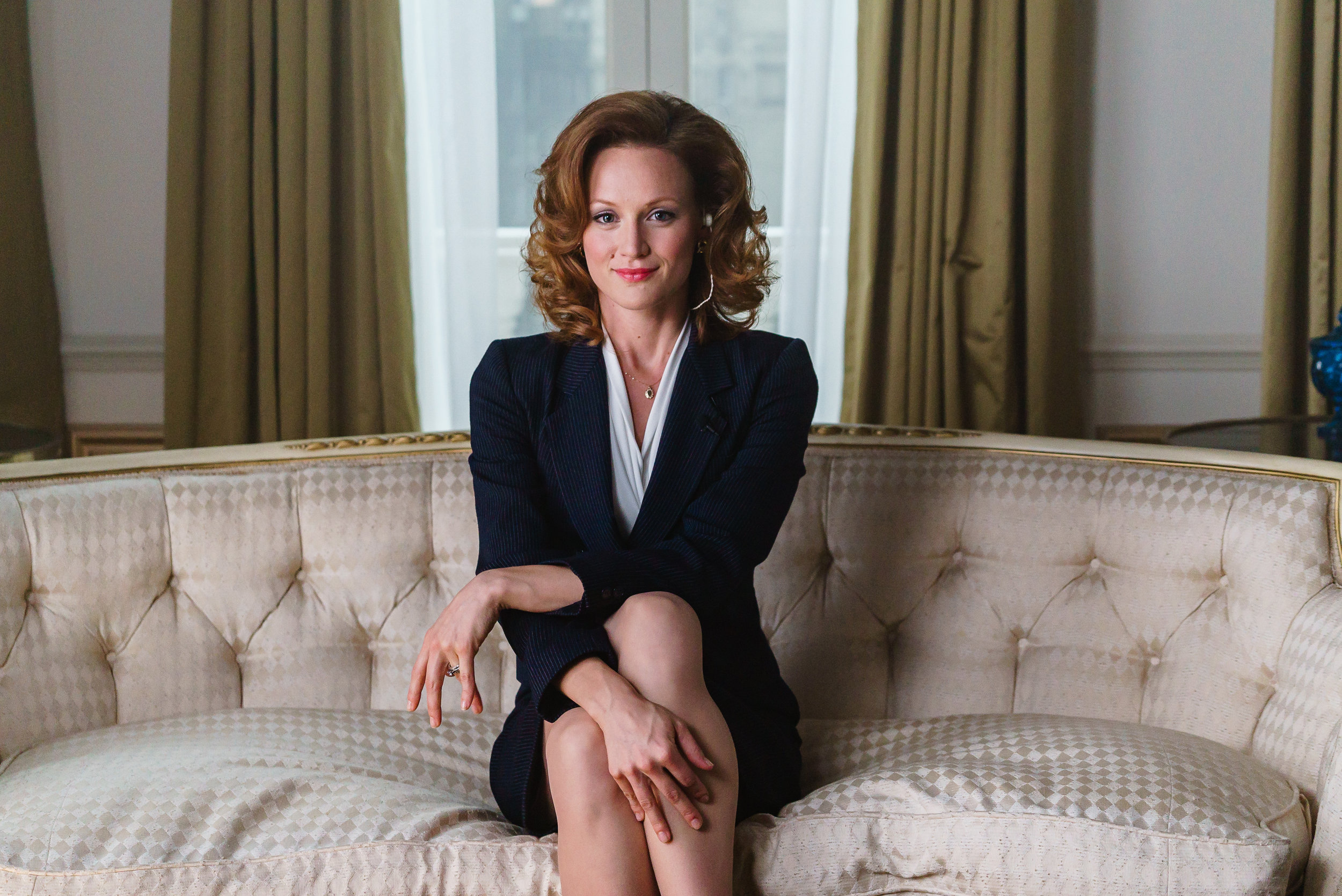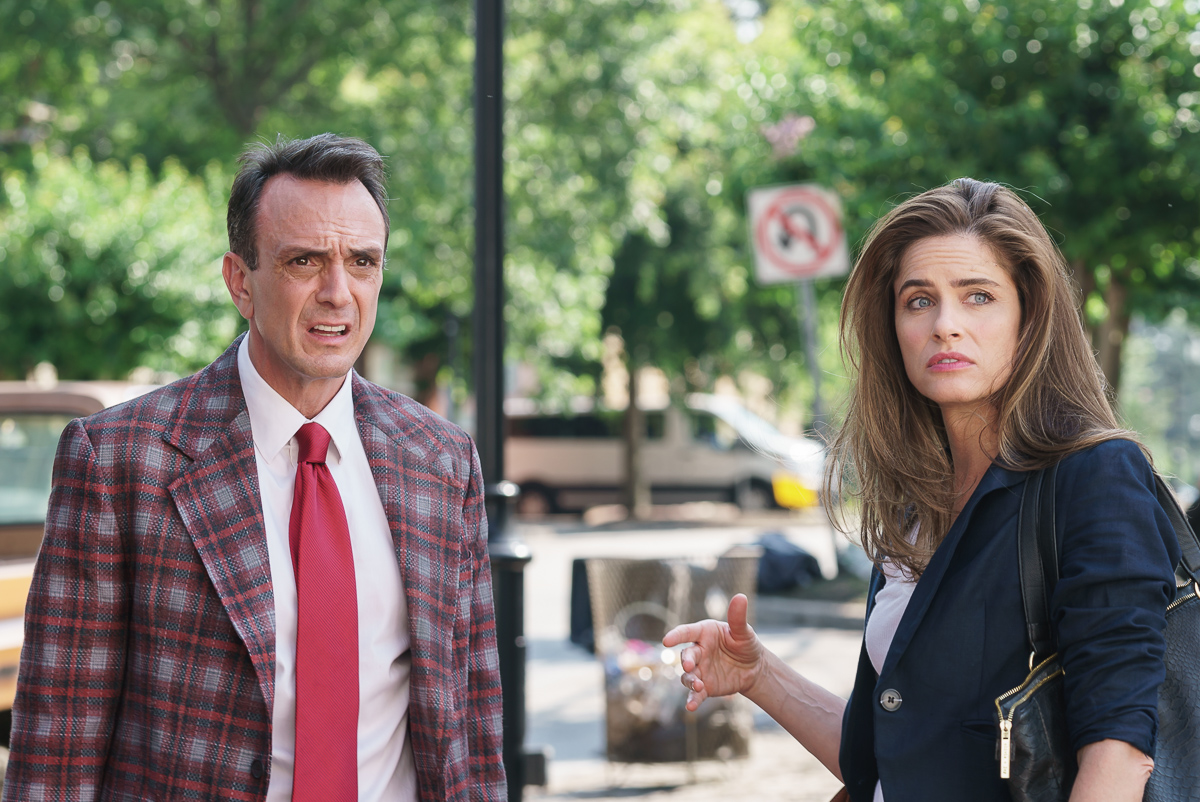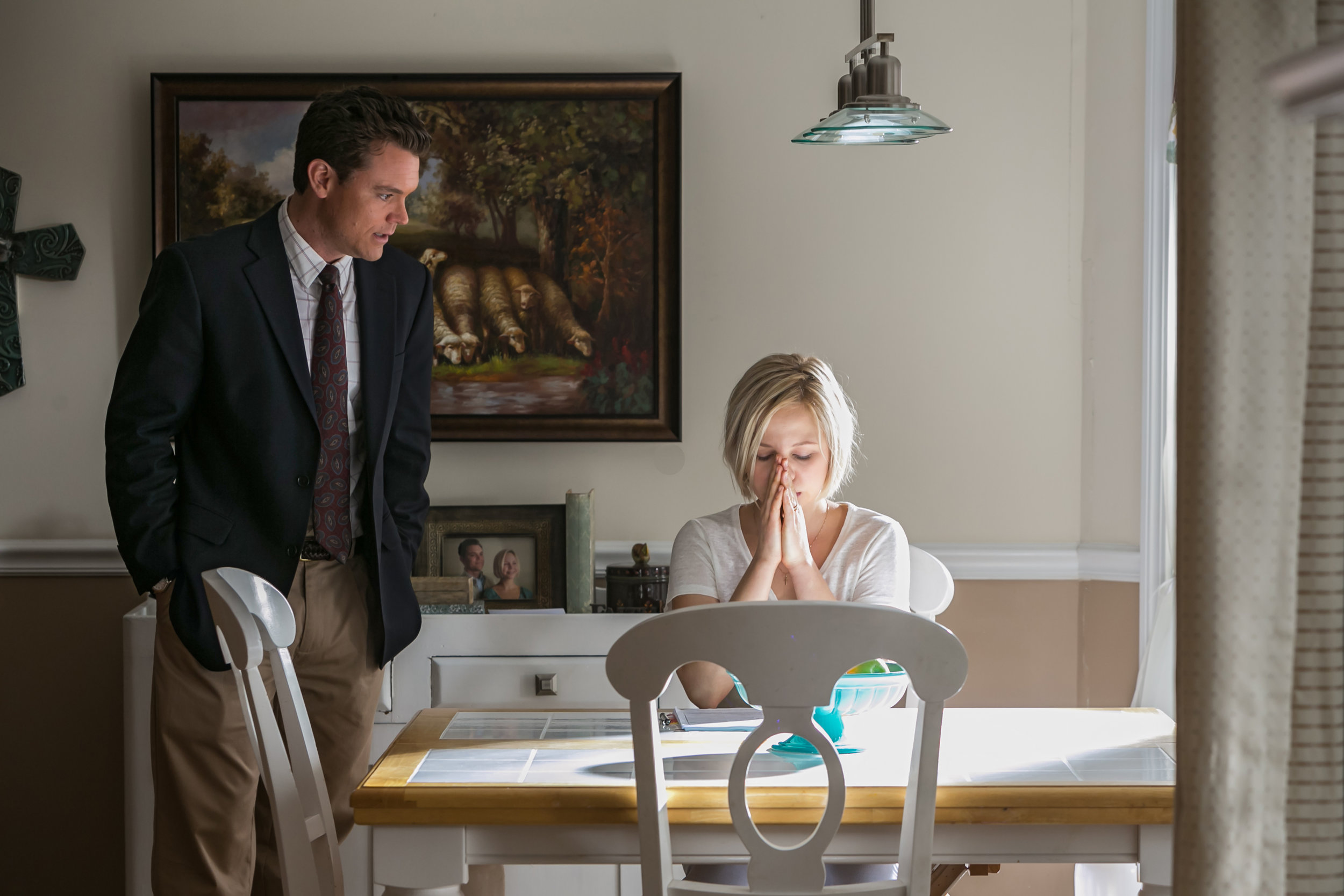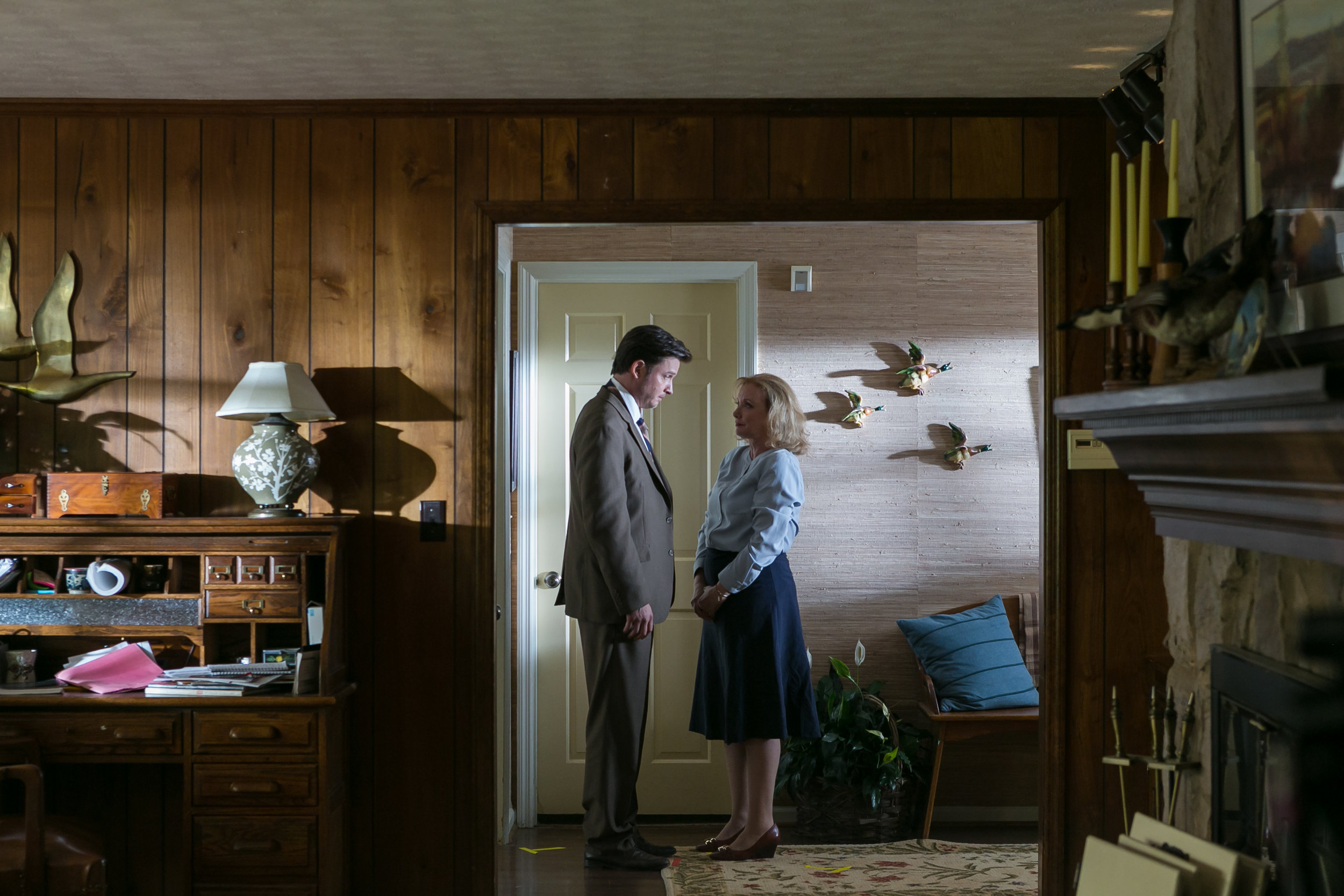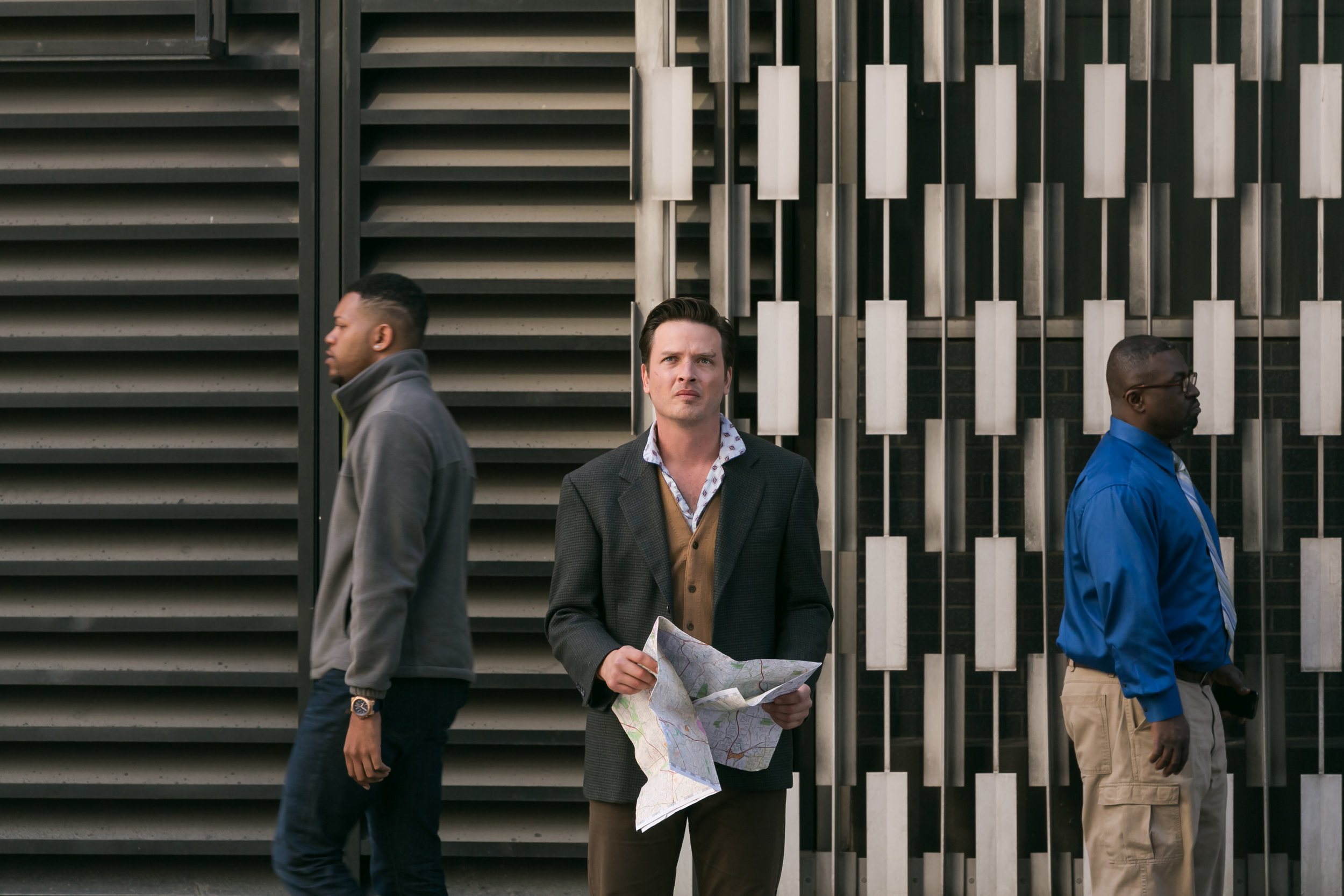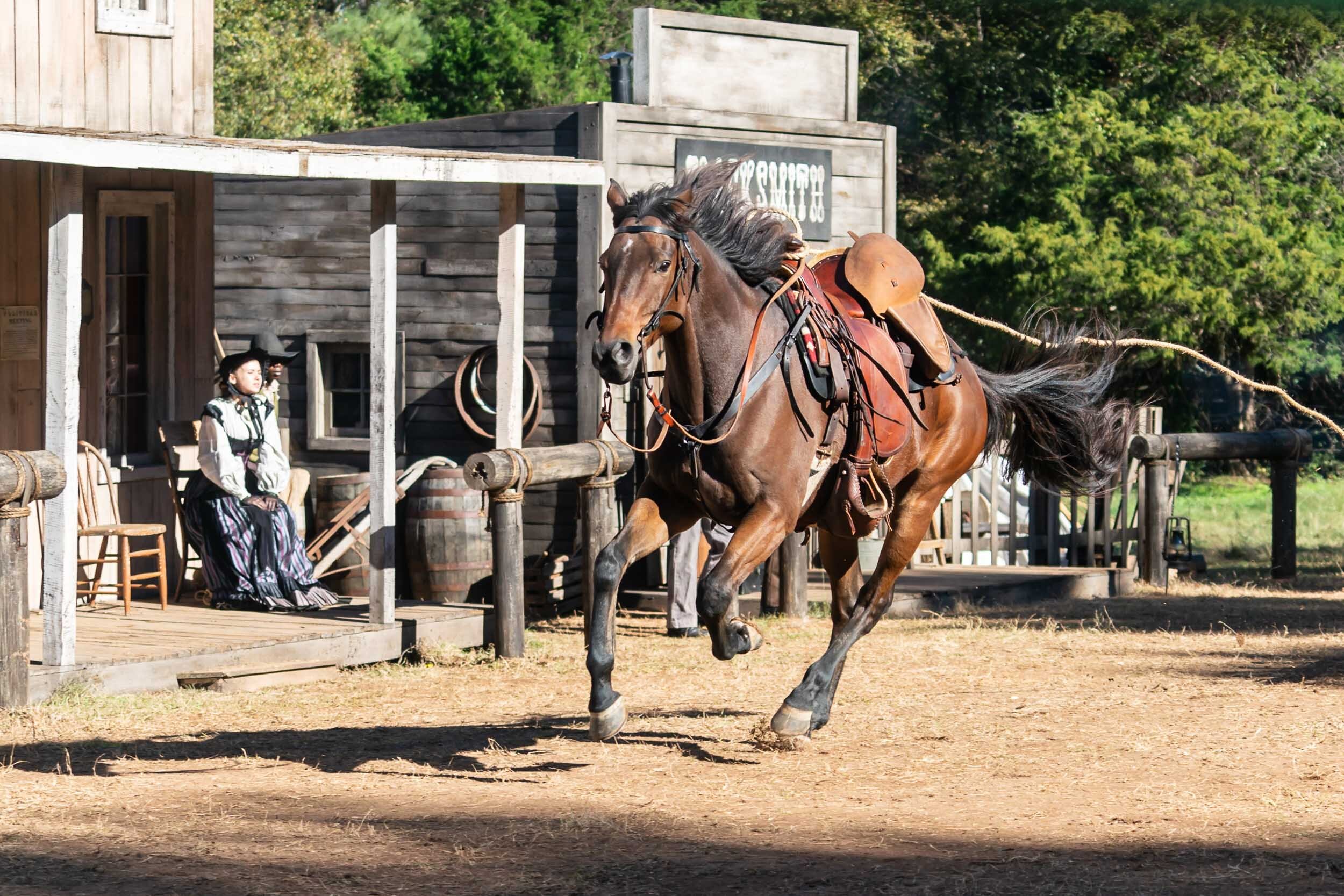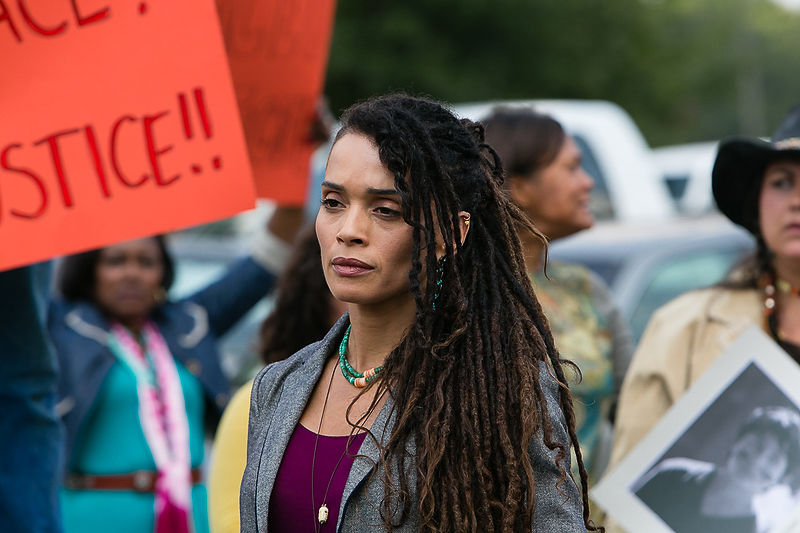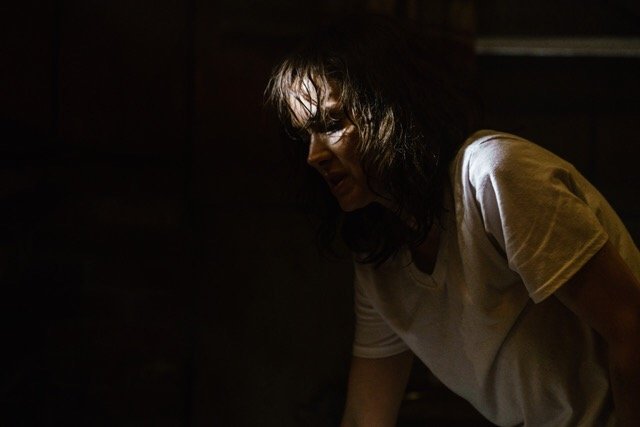MASTERING THE SHADOWS: A Guide to Becoming a Unit Still Photographer
In the realm of filmmaking, every scene is a carefully choreographed dance of light and shadow, emotion and expression. Amidst the hustle and bustle of the set, there's a silent observer who captures these fleeting moments - the unit still photographer.
Most days, I wake with excitement, ready to watch—and photograph—the cast members and crews as they bring movies and television series to life. My latest projects involved photographing Netflix's series, Stranger Things, Ozark, and many feature films.
As a unit photographer, my role is to assist in telling the story of what a movie or TV show is all about. My images are used in press packages for media outlets, on the production's website, on billboards, and across social media platforms. It's a fascinating journey into the business of the entertainment industry.
People often ask who becomes a unit photographer. Many of us have a deep love for film and are enthusiastic about working on various sets. It's not unusual for unit photographers to come from diverse photography backgrounds. Being a people person really helps, as the job involves interacting closely with the cast and crew on set, even when they may not be thrilled about having their pictures taken while working. Honing your intuition and mastering being invisible at exactly the right moment helps build an actors trust in you and helps a lot. Building strong relationships with everyone involved in the production is essential to getting those great shots.
Starting in this career largely depends on your portfolio of work. Your online portfolio should not only showcase your photography skills but also demonstrate your understanding of what a production's publicist is looking for in marketing images. Being able to tell a compelling story about the film and the people behind it is crucial. Capturing behind-the-scenes moments shows your ability to integrate with the cast and crew on set.
Career paths in the entertainment industry often involve working on independent films or student projects initially, often for little or no pay, before joining the relevant union. Gaining experience as a unit photographer is no different. Some of my colleagues worked on low-budget and independent projects to build their portfolios. It can take several months of sporadic gigs before you establish a steady stream of work.
To become eligible for the International Cinematographers Guild's roster of experienced professionals, you need to document 100 days of work on nonunion sets or 30 days on union productions. Alternatively, if you join a nonunion project that later gains a union contract and you have 30 days of nonunion work under your belt, you can also join the union and be listed on the roster. Some unit photographers even gain experience in camera and lighting departments before transitioning to cinematography.
The unit photography profession has evolved significantly over the past decade or two. There are more opportunities today due to the sheer volume of content being created on various platforms like Netflix, Hulu, and Paramount+. Social media has also expanded the scope of what still photographers are expected to capture on set, with an increased demand for behind-the-scenes shots.
Some common misconceptions in this field include the idea that you should persistently contact studios for a job. In reality, it's better not to contact a studio or photo producer unless you have something valuable to offer.
Advice for aspiring unit photographers includes learning how to do your job without getting in the way of others. Understanding everyone's role on the production and being mindful of the call sheet can help you find the right moments to capture. Networking within the industry or starting out as a PA is helpful, as it can open doors to opportunities and provide valuable mentorship and allow you to assess the various departments on set.
Knowing how your camera works inside and out is crucial before stepping onto a production set. The set is not the place to learn the technical aspects of your equipment or how to light a full commercial gallery shoot when asked. Being a unit photographer is not a side gig; it requires dedication and hard work.
I personally fell into this role, connections introduced me to the business and after many years shooting anything I could to carve out an income and career, I was ready when an opportunity arose to step on set for the first time. I never could have imagined where my camera would lead me nor the fabulous people it has introduced me to - I’m constantly amazed. If this is your dream job then shoot, shoot, shoot all you can, shoot everything and get all the experience you can because no two scenes are the same, nor your subject or surroundings and that’s the most exciting part.

